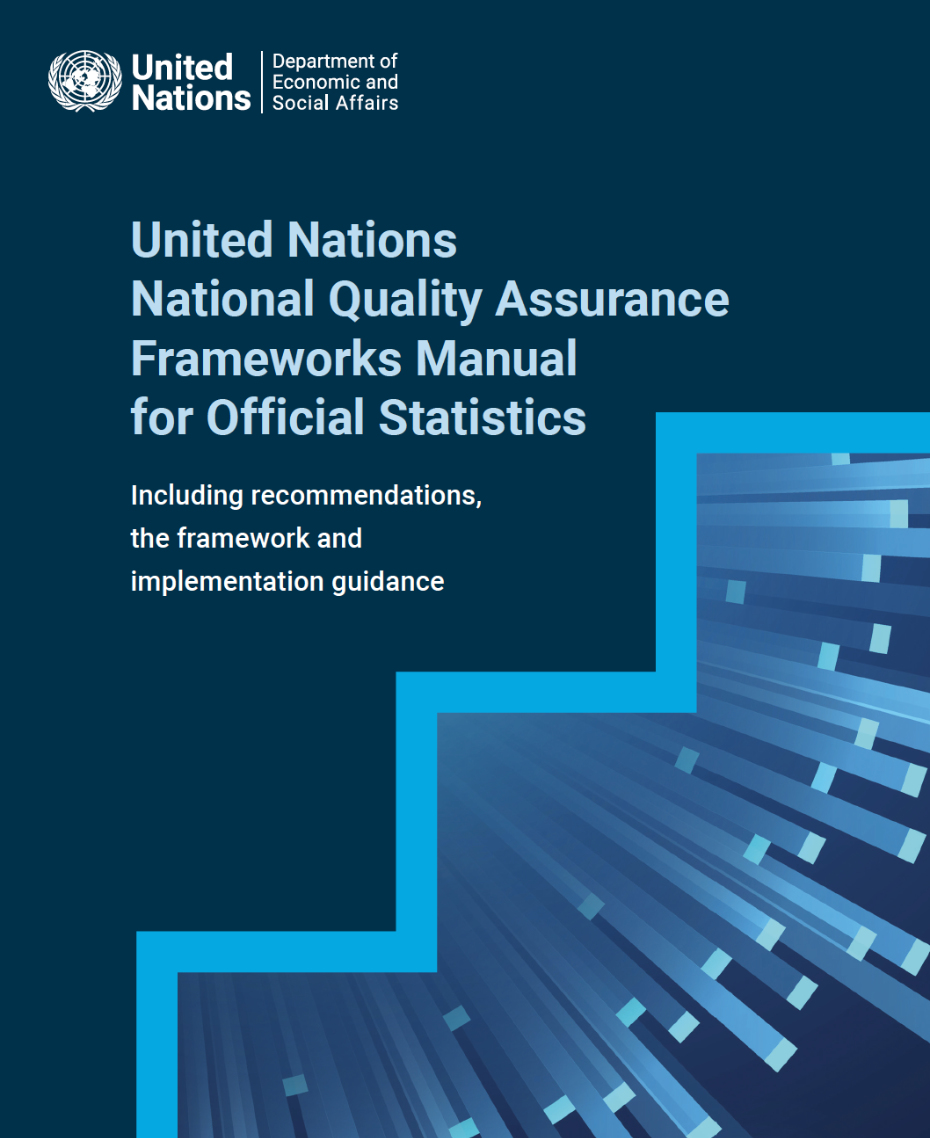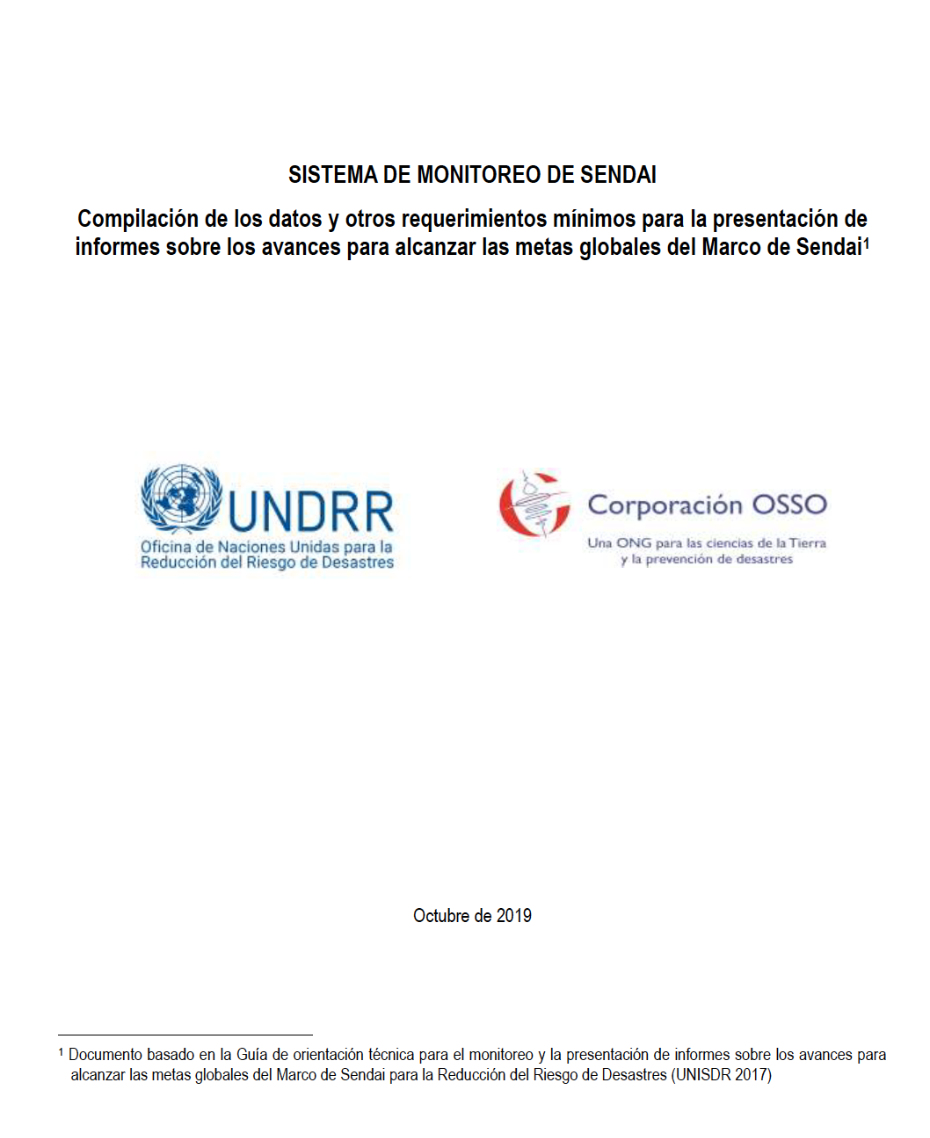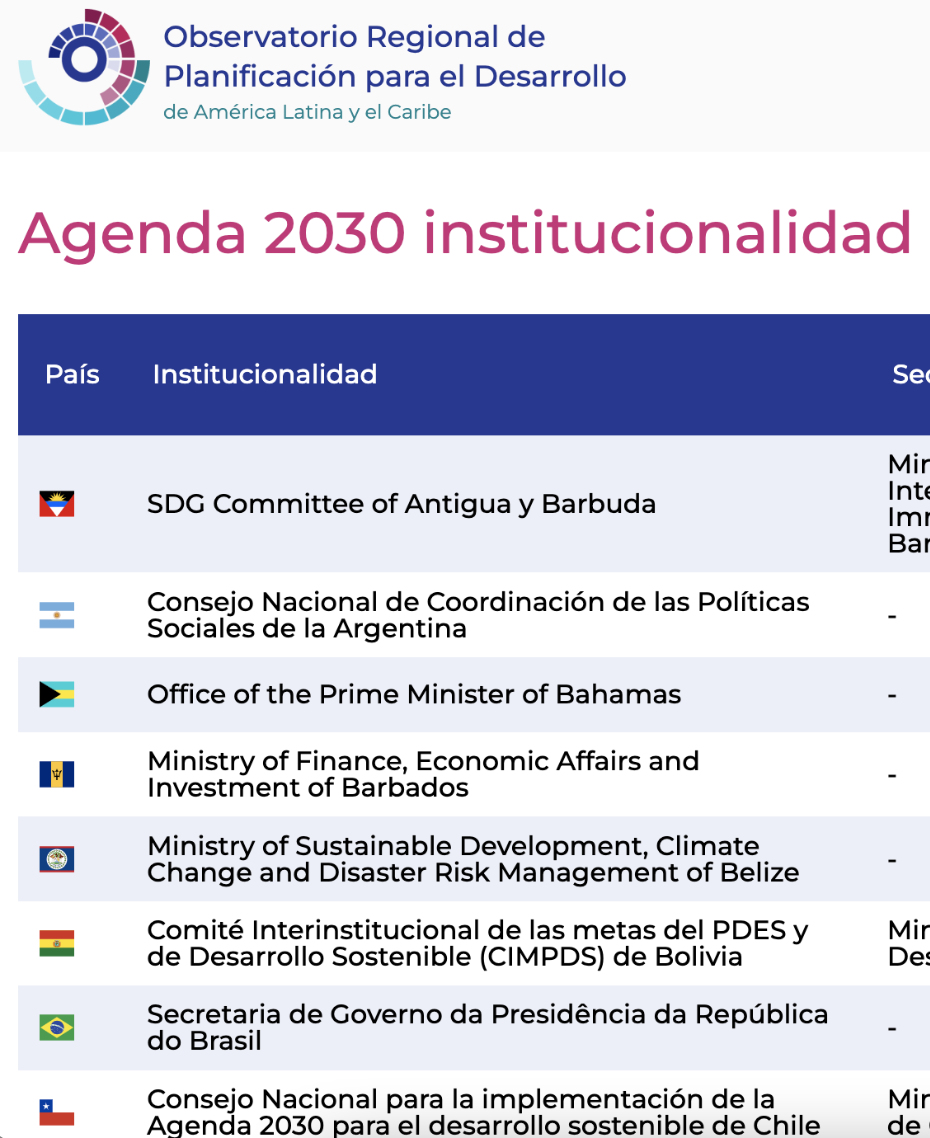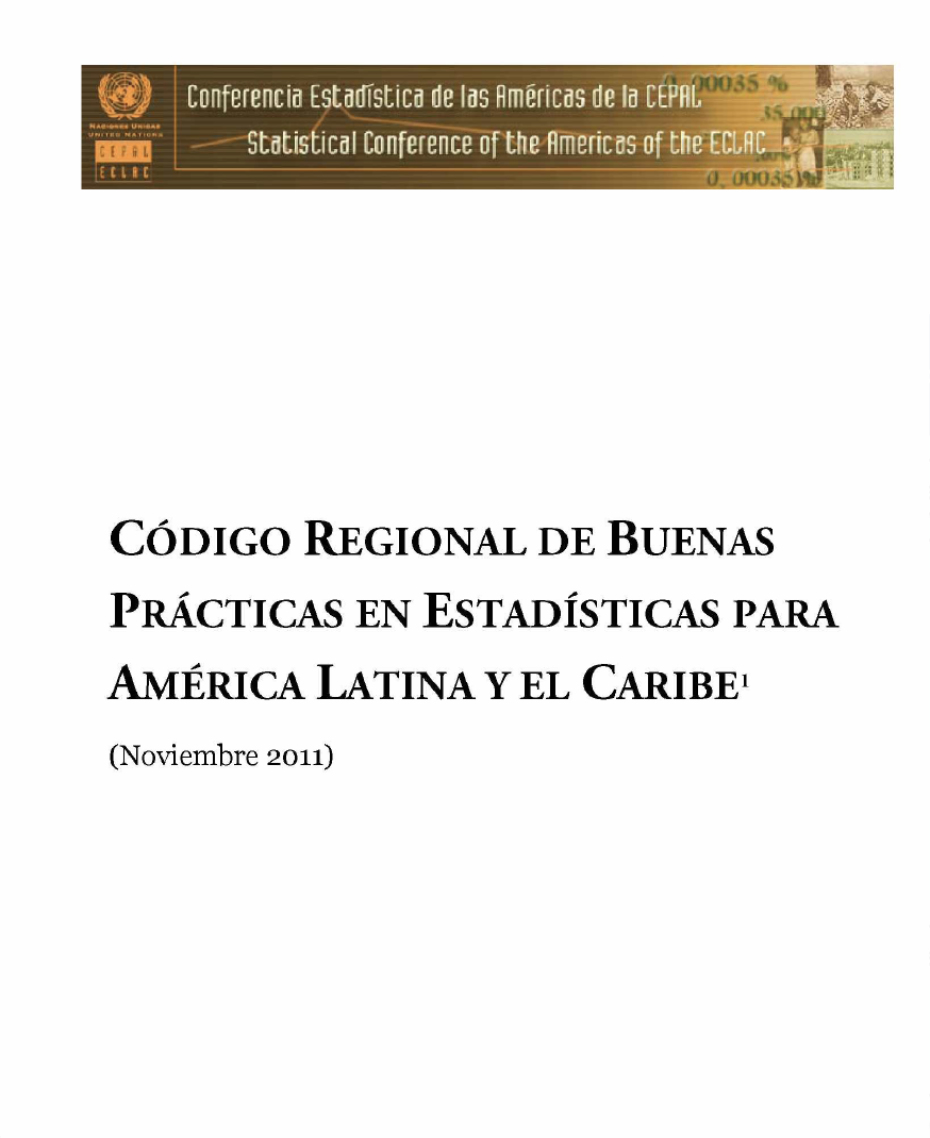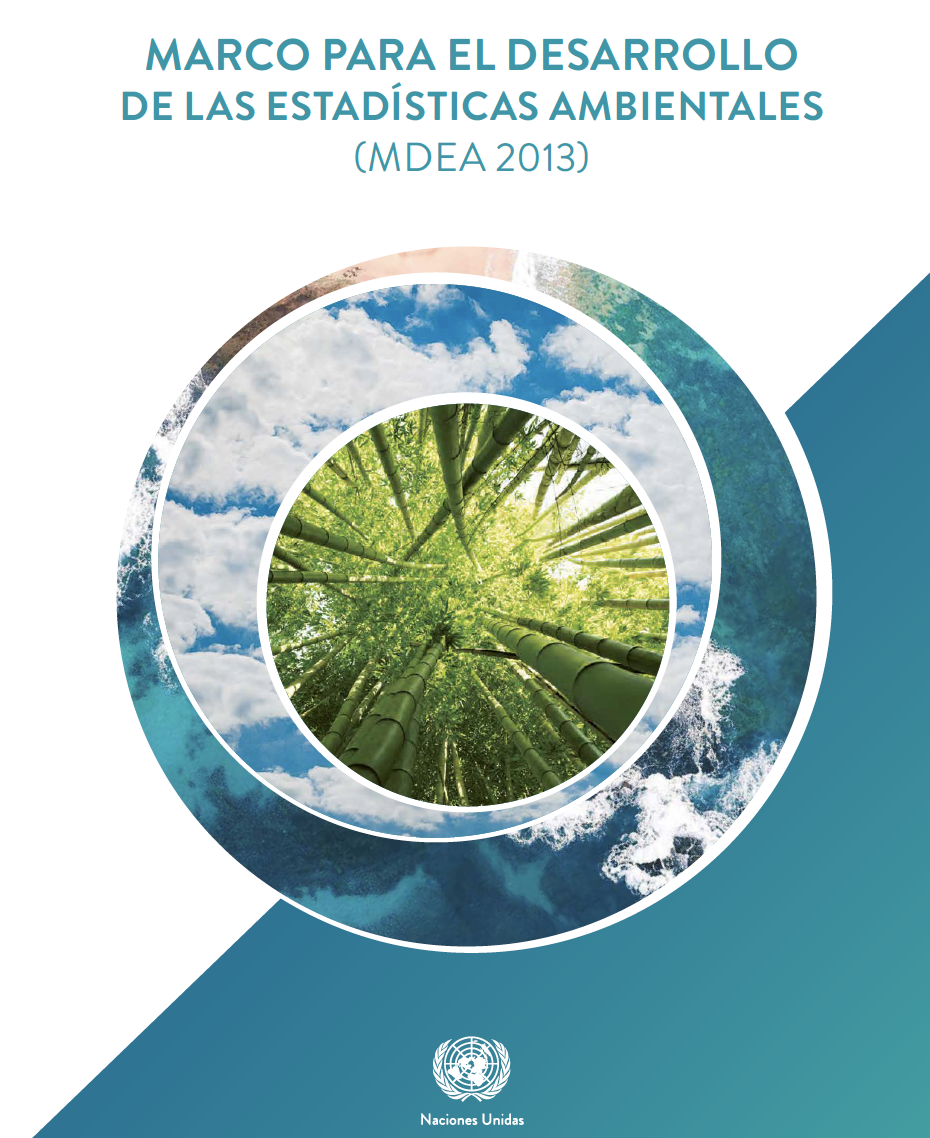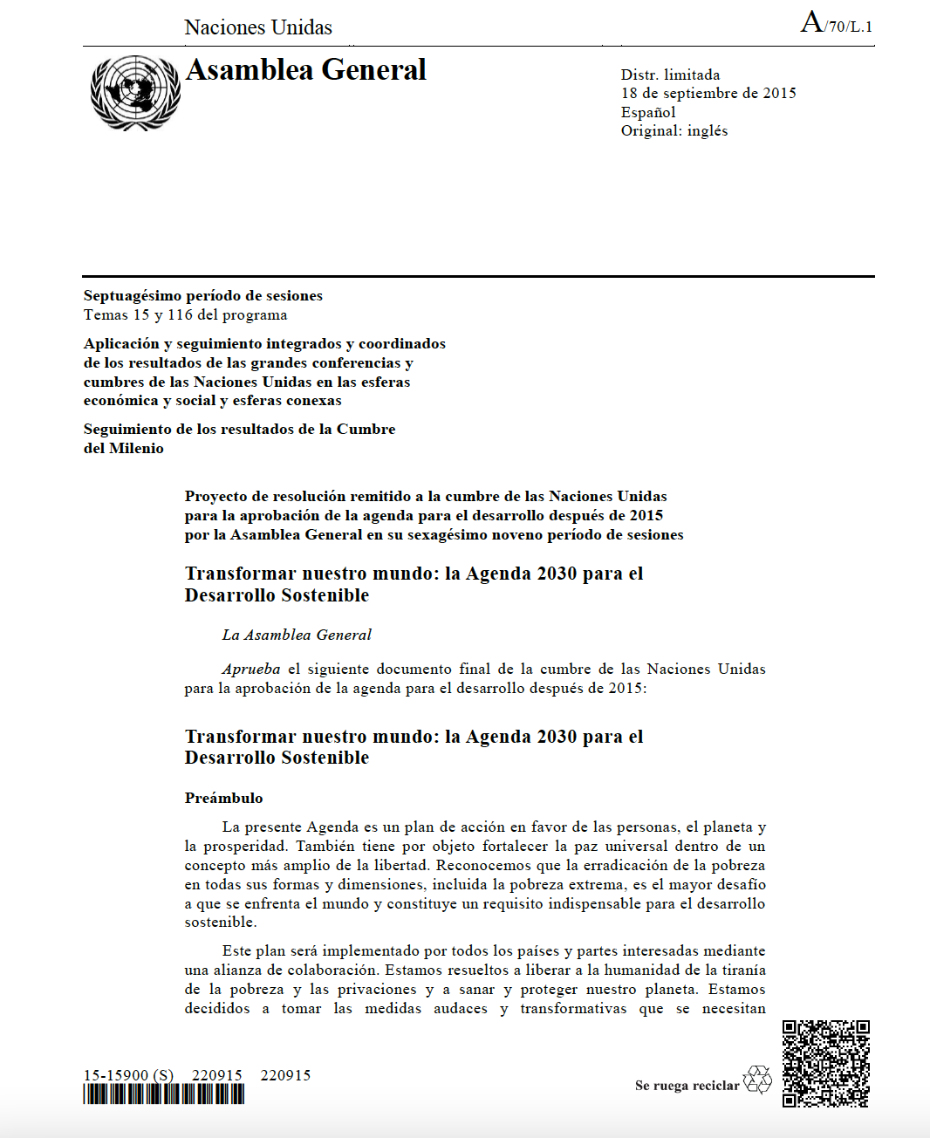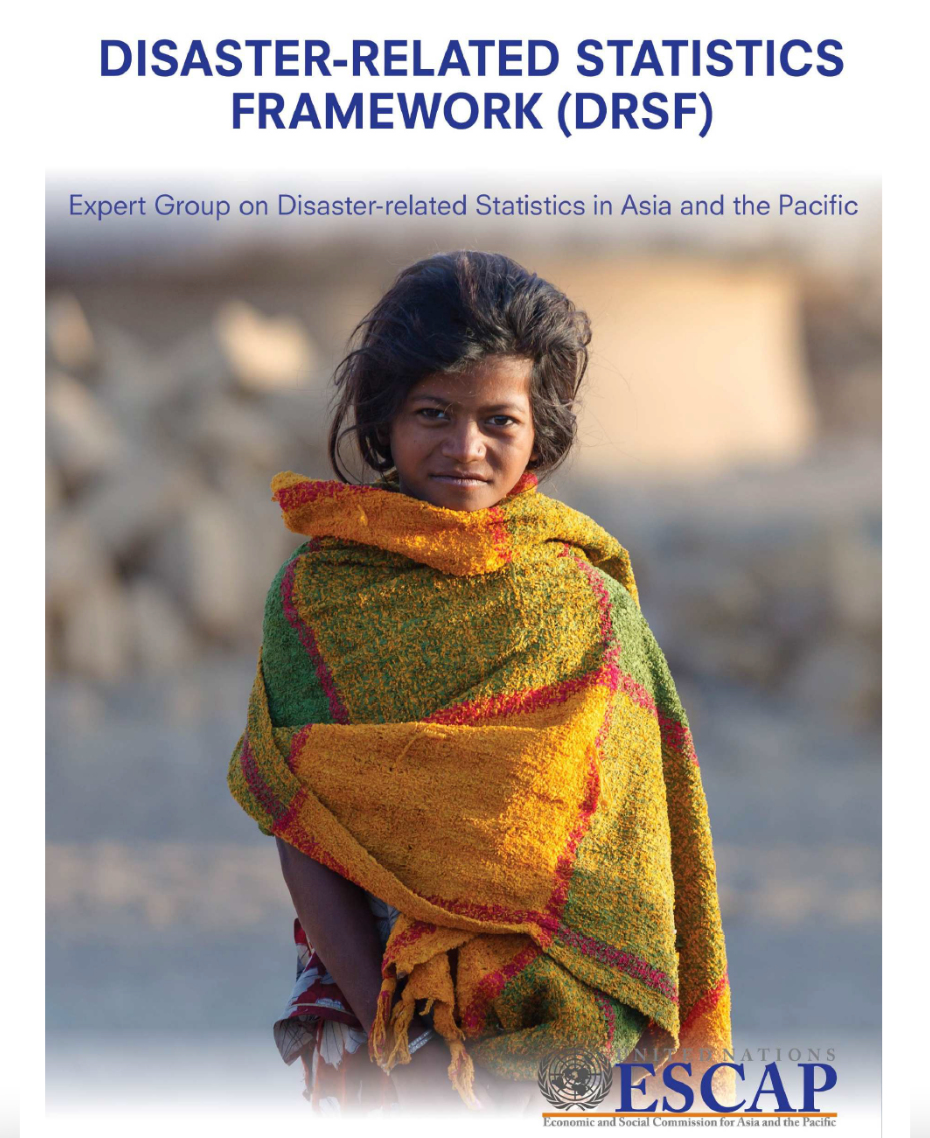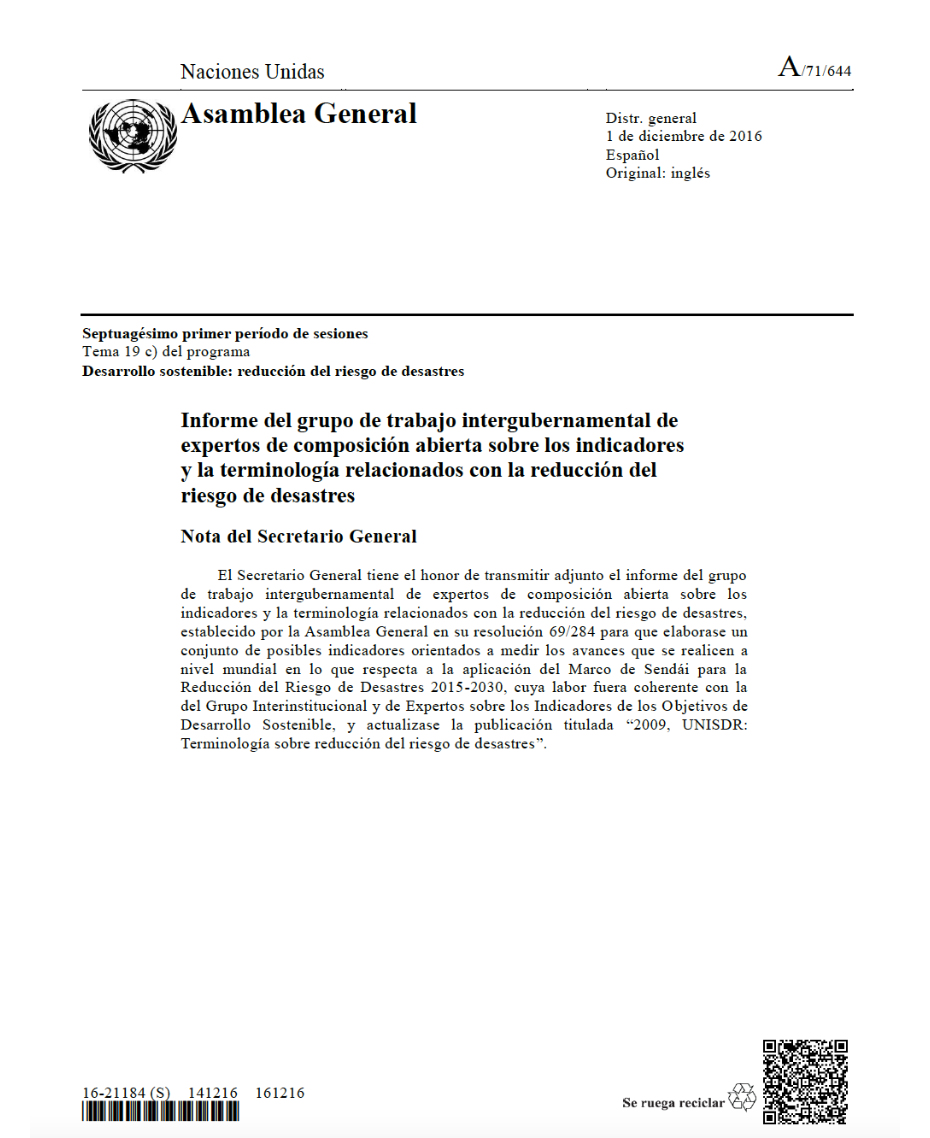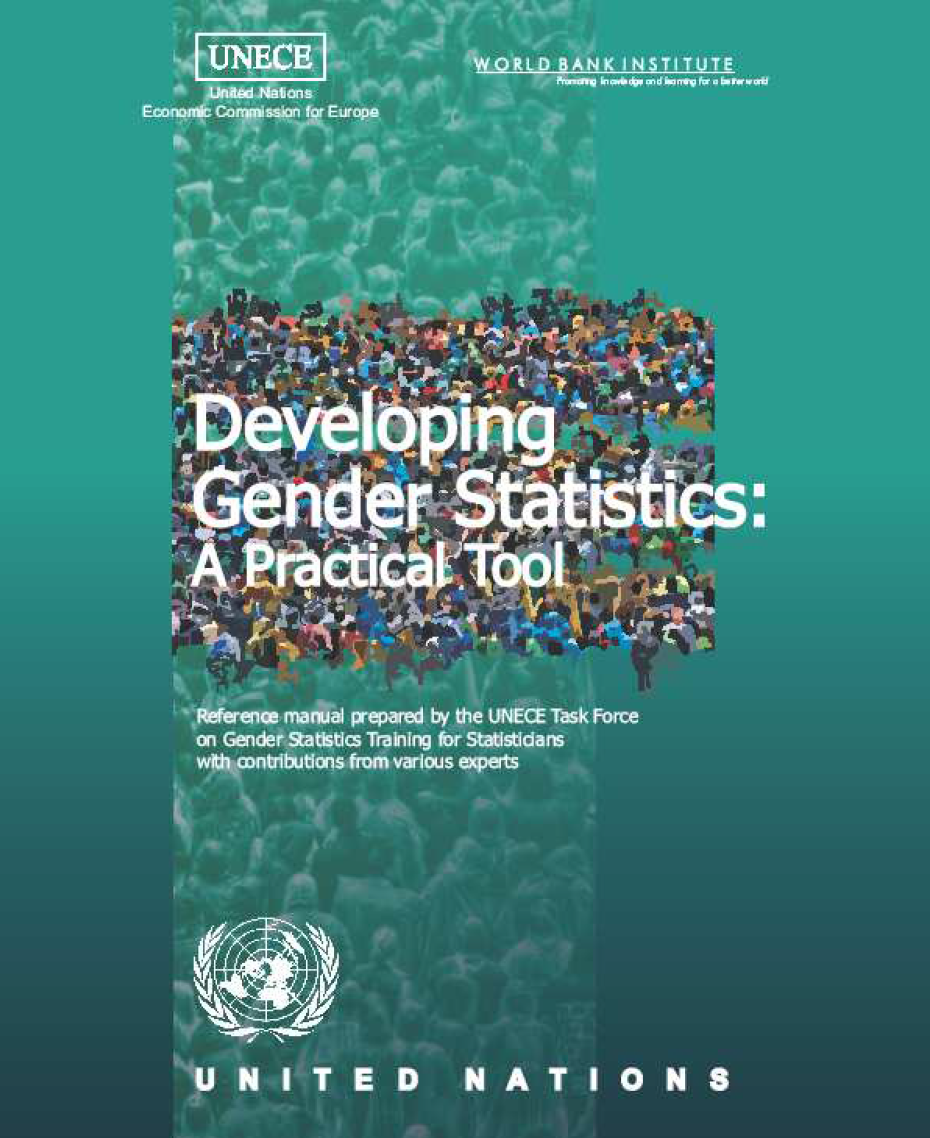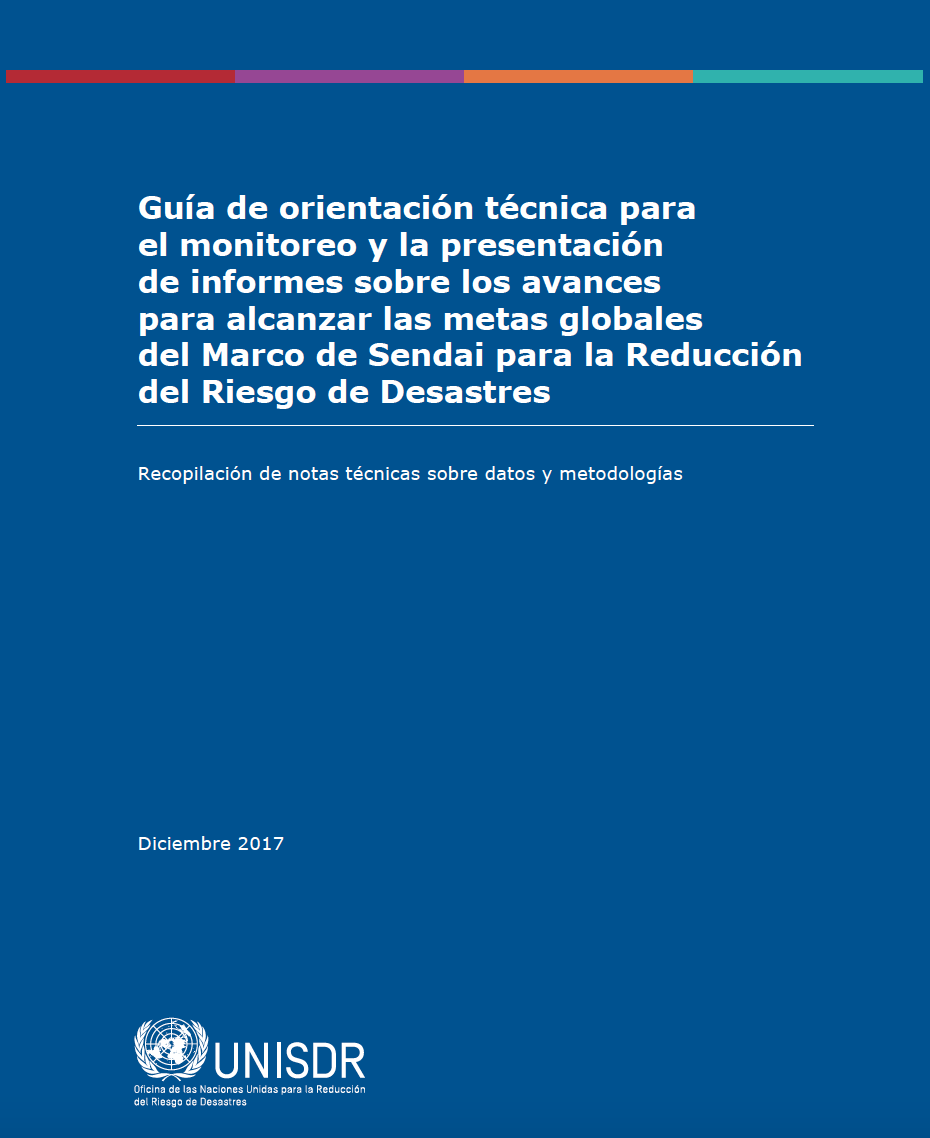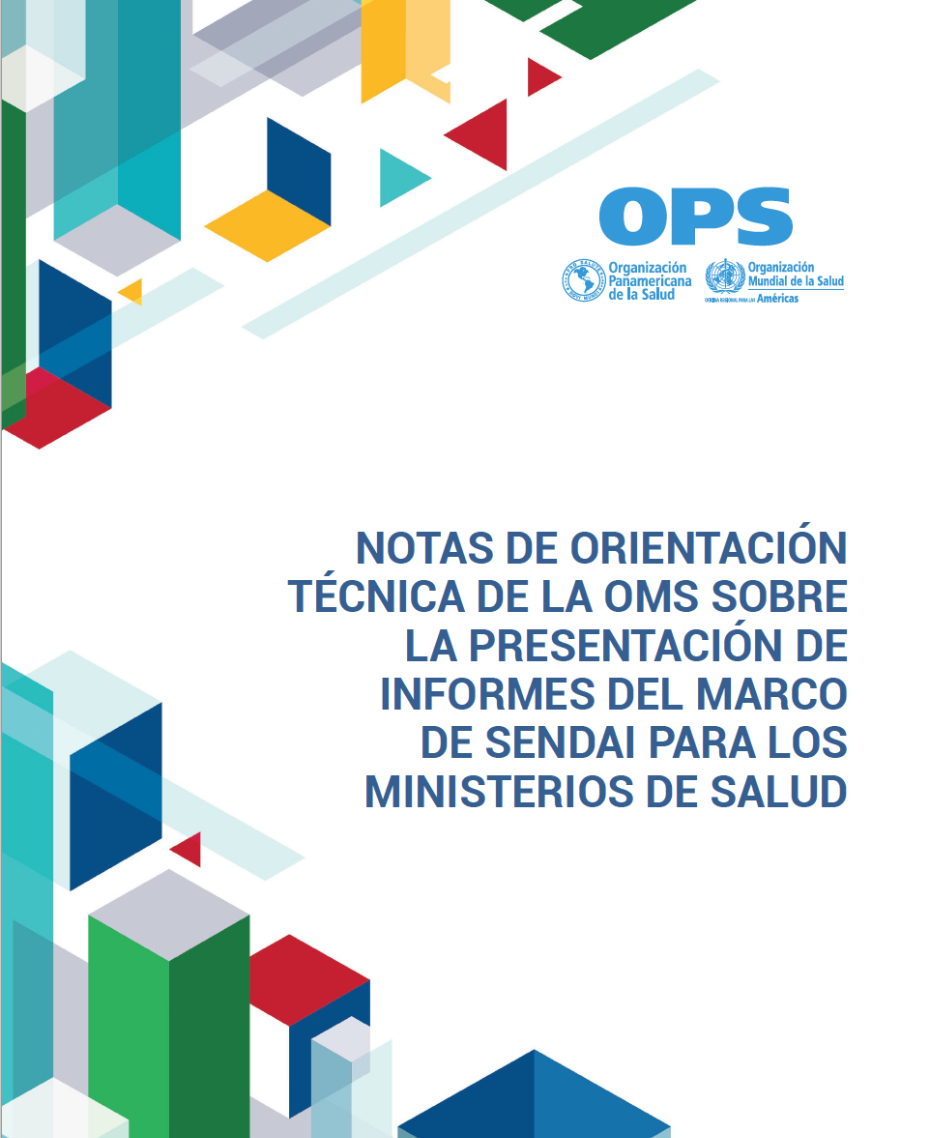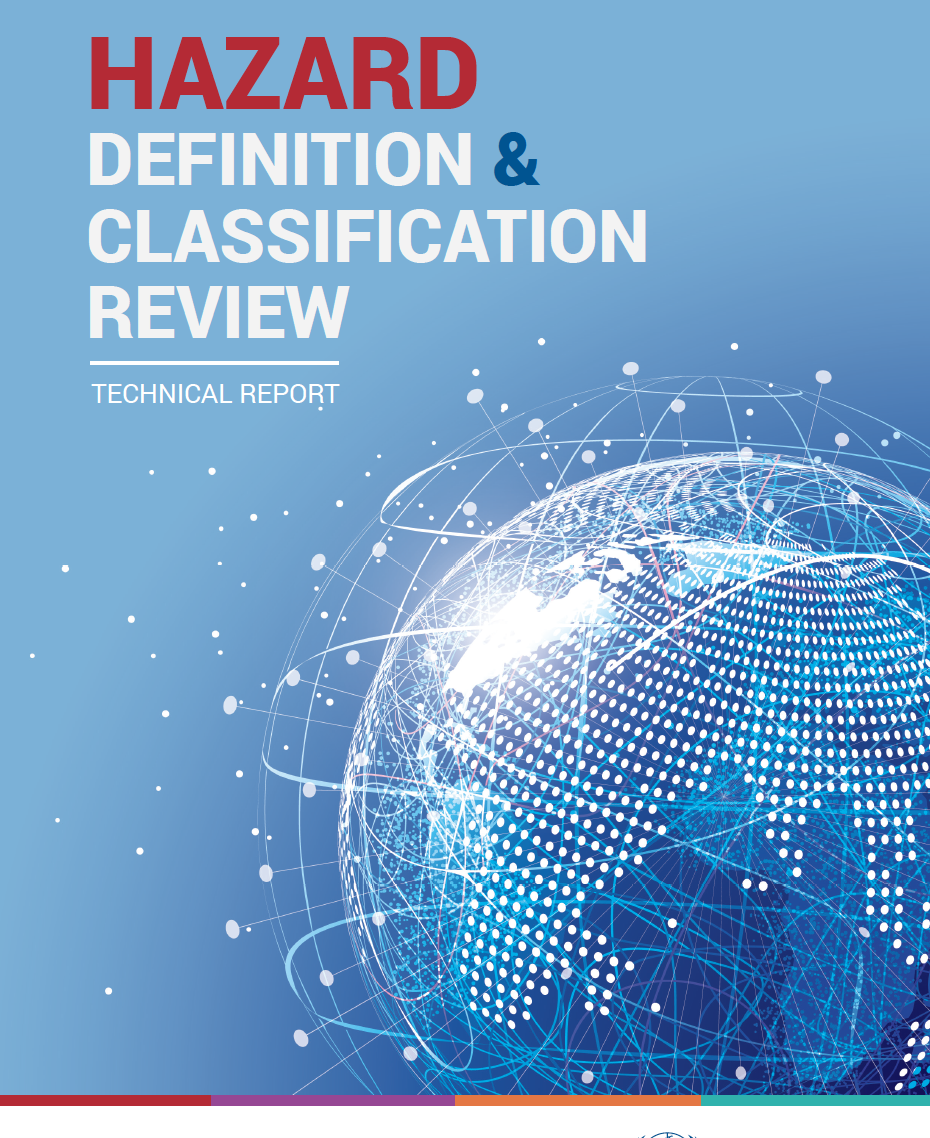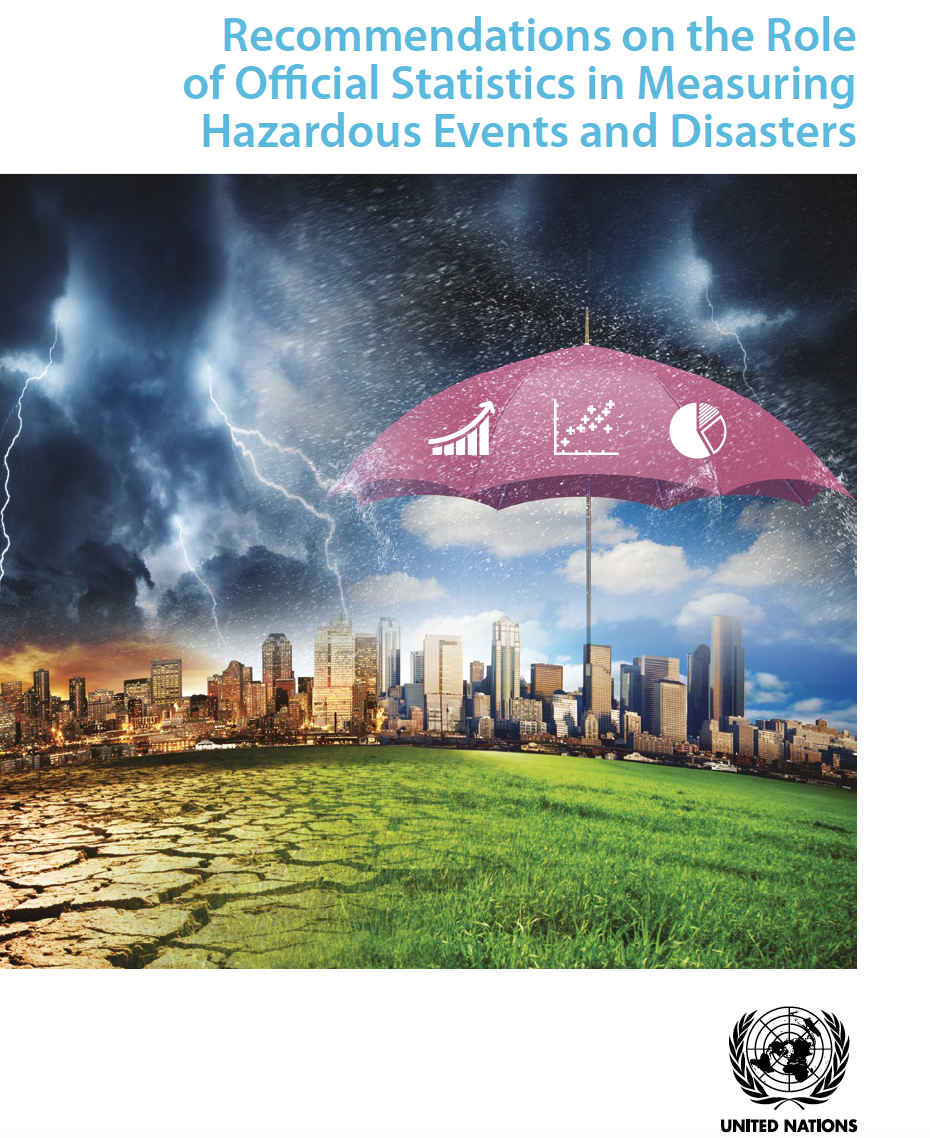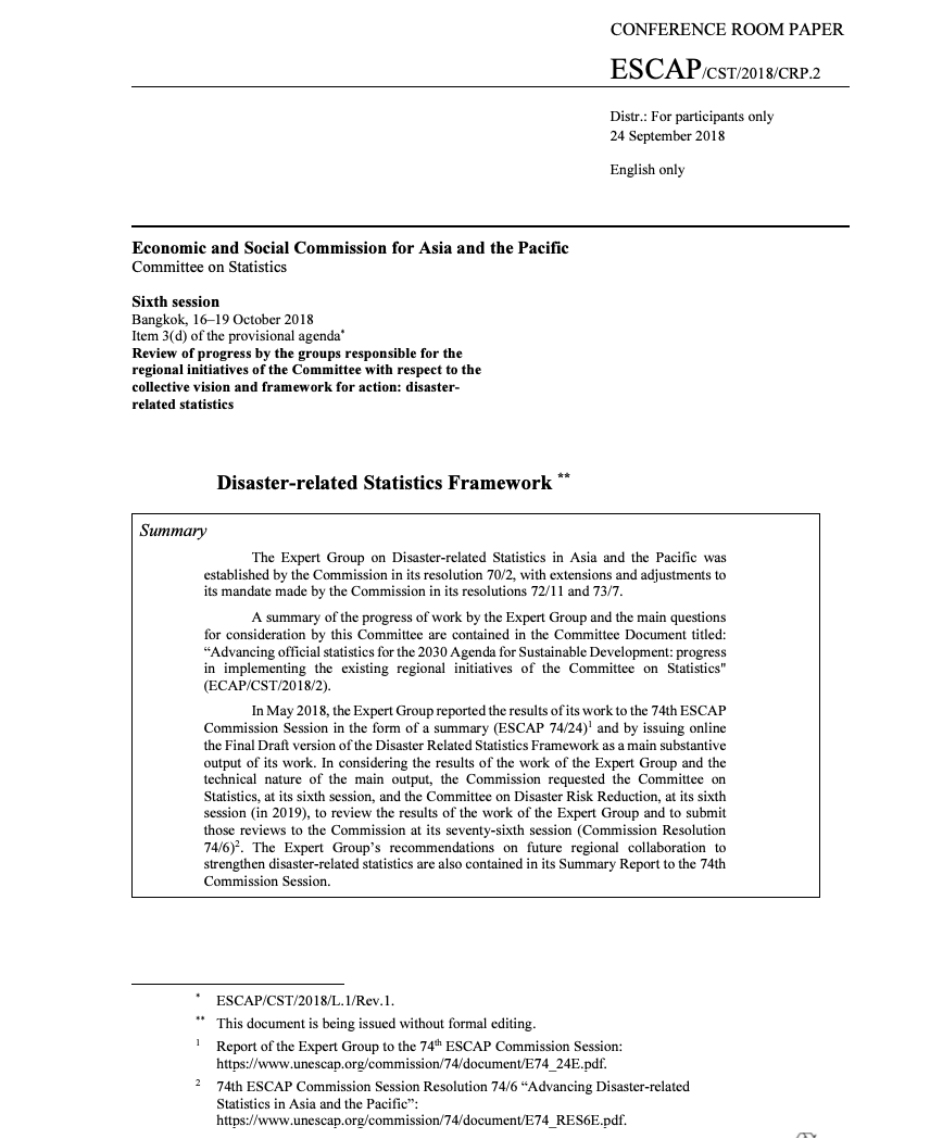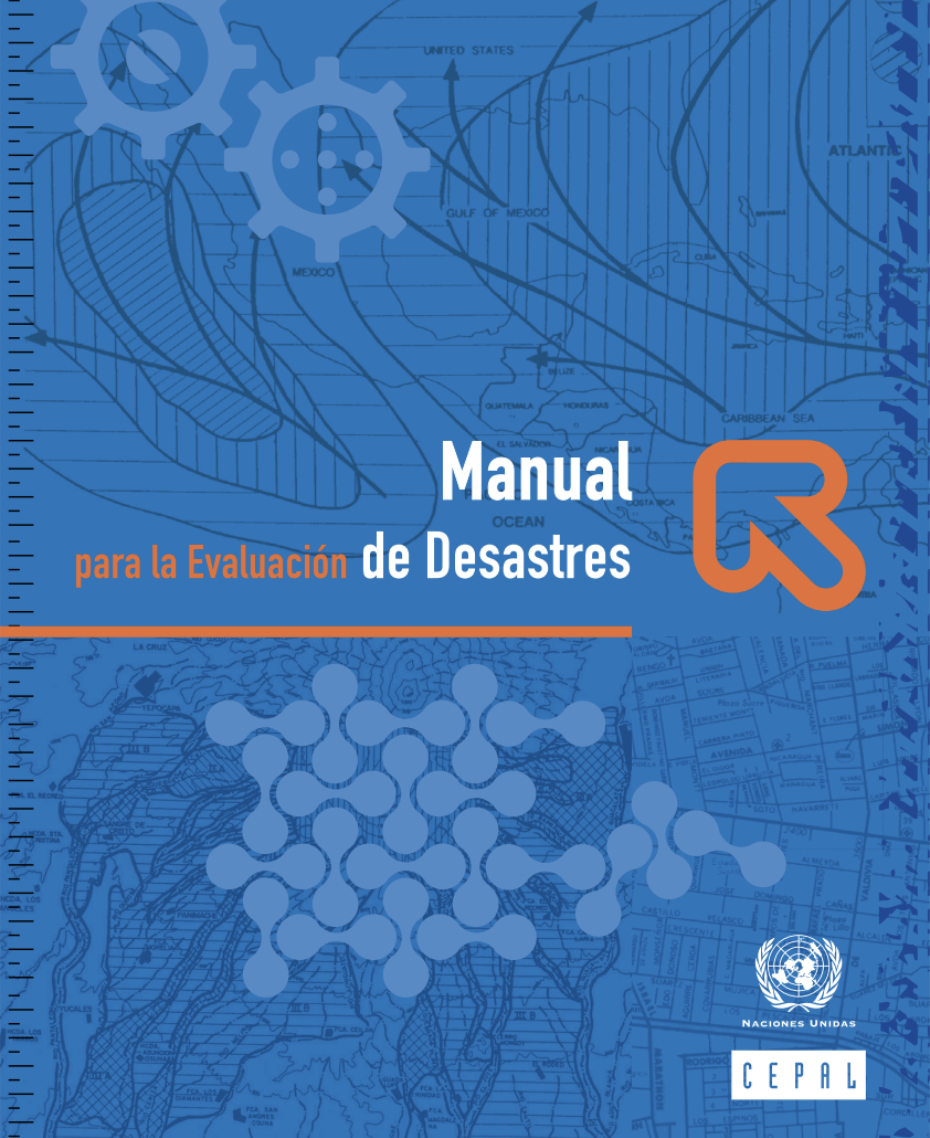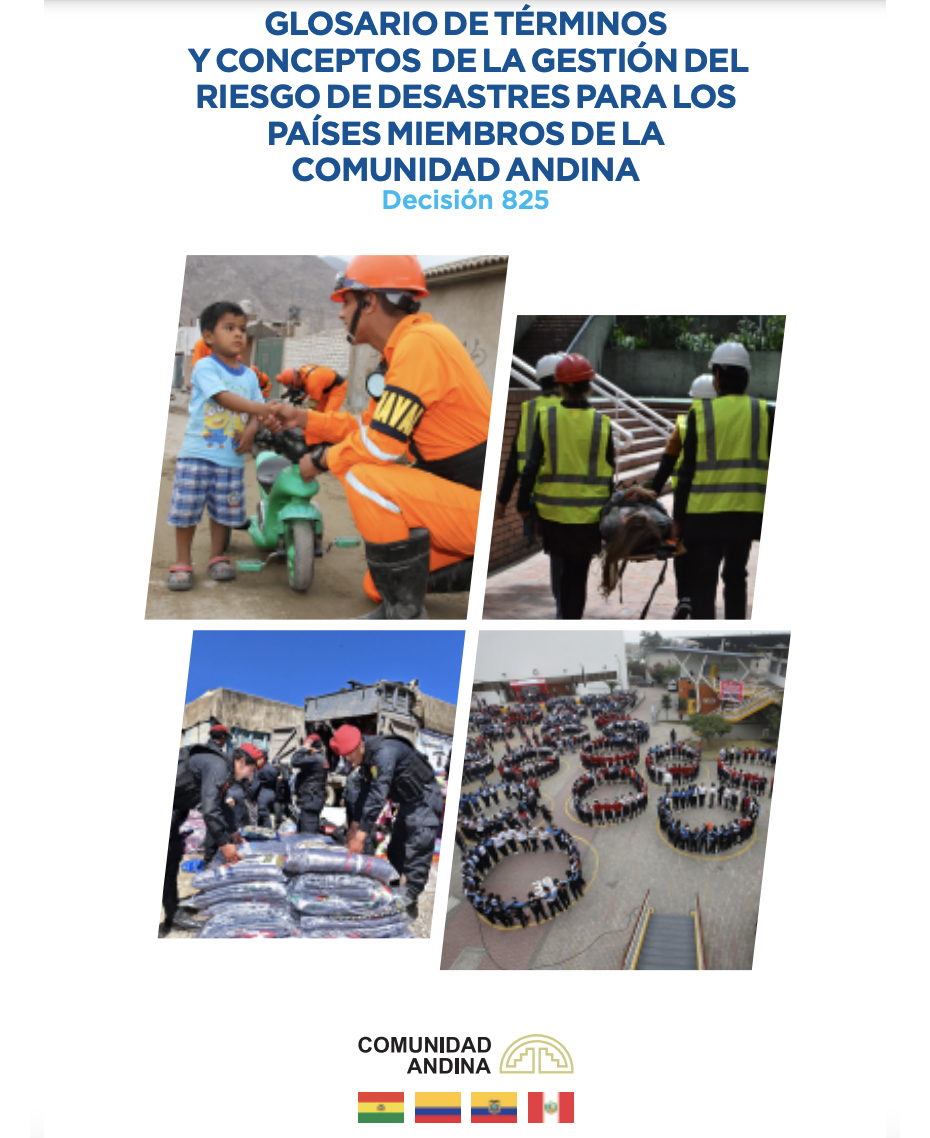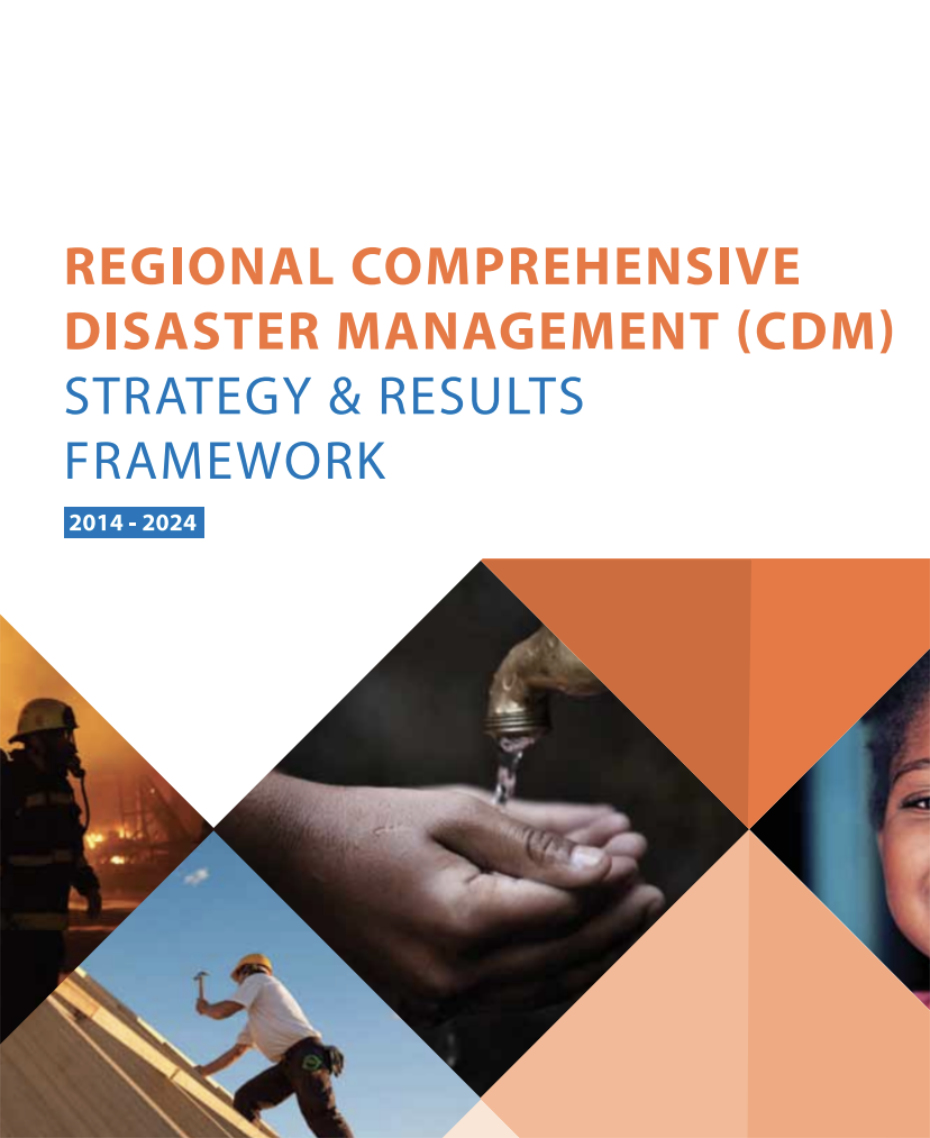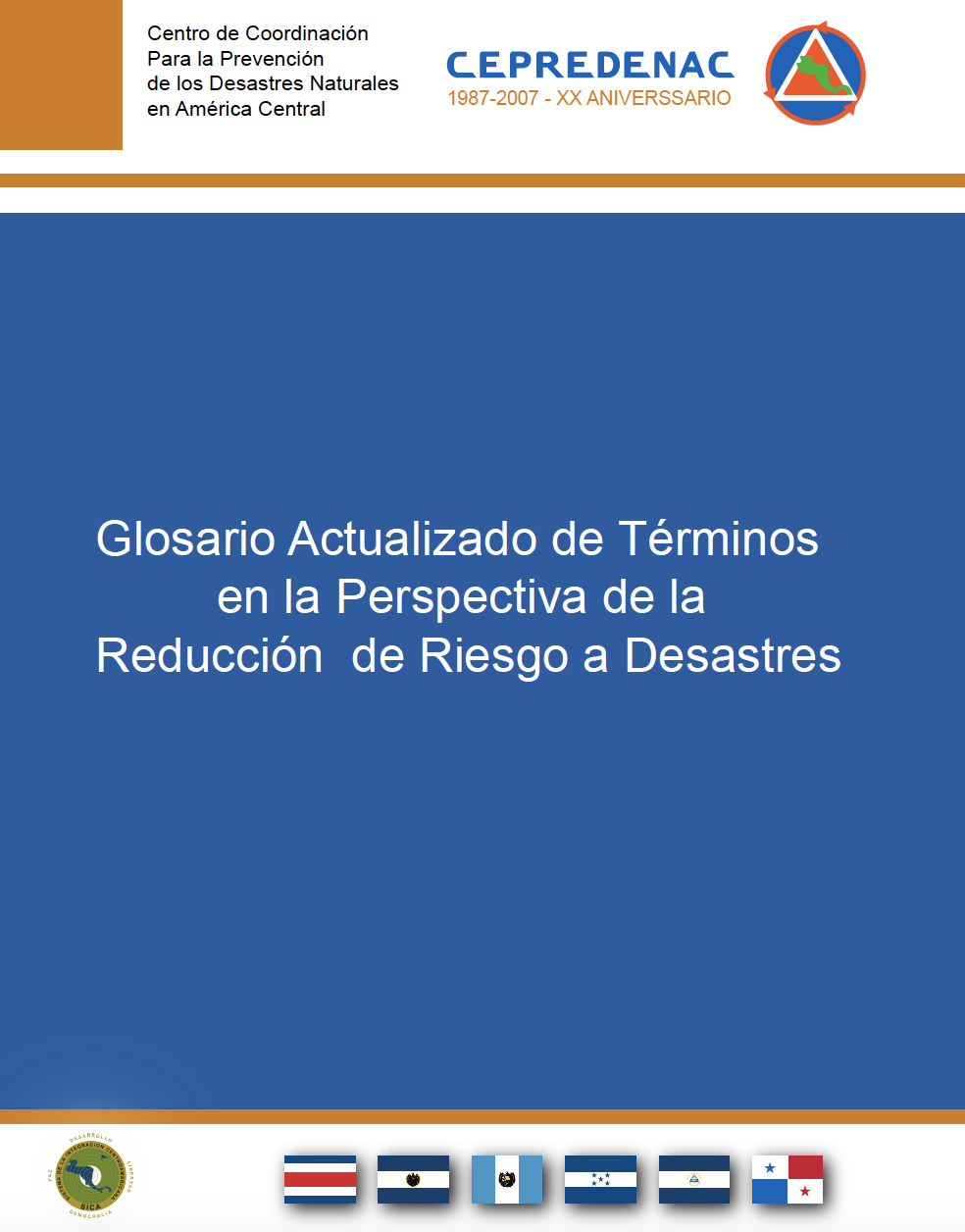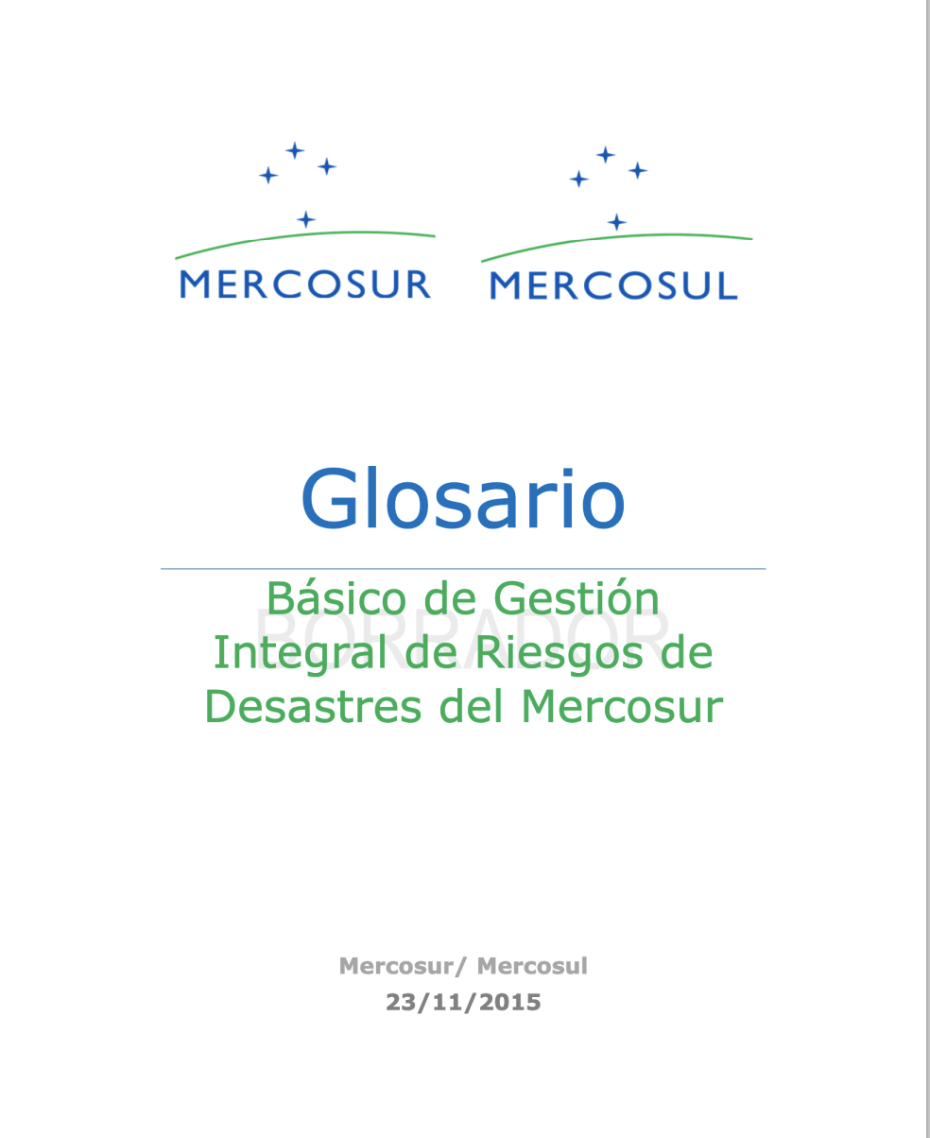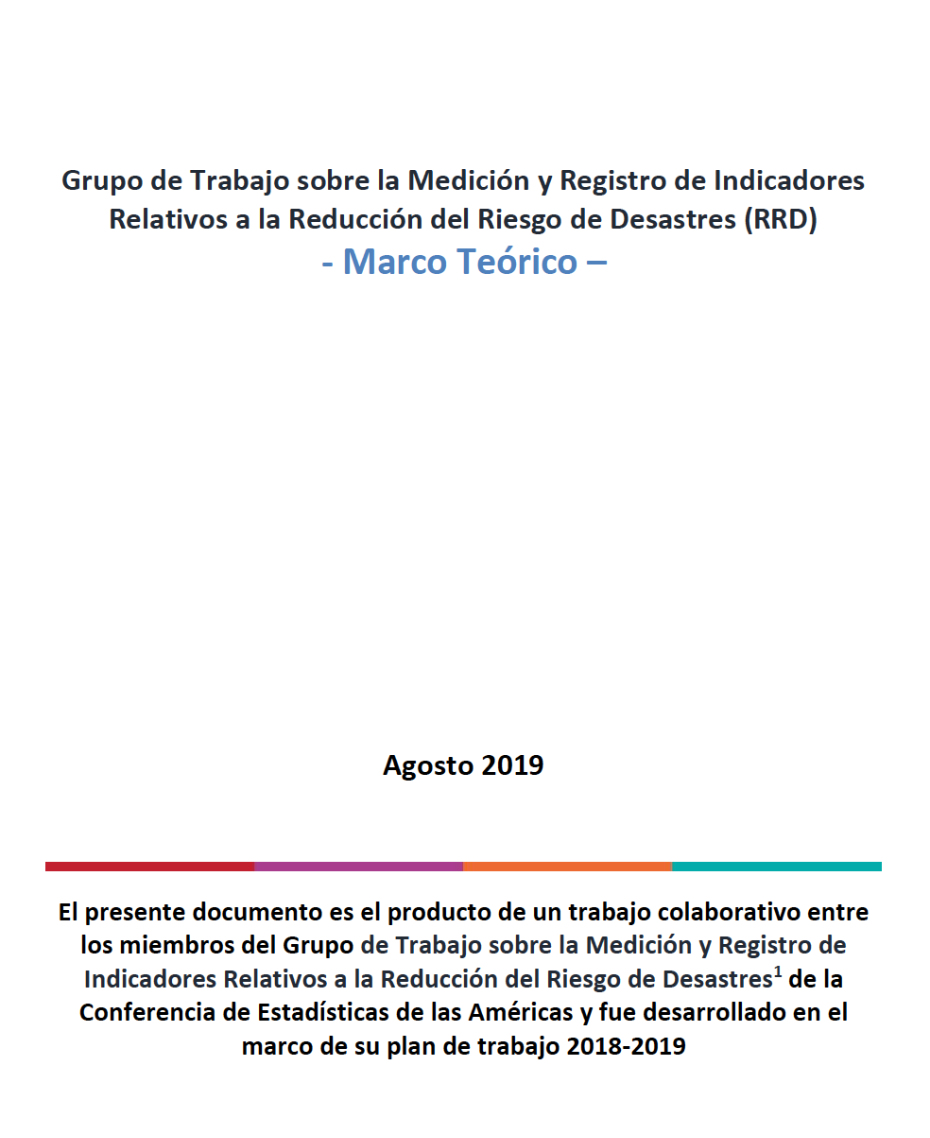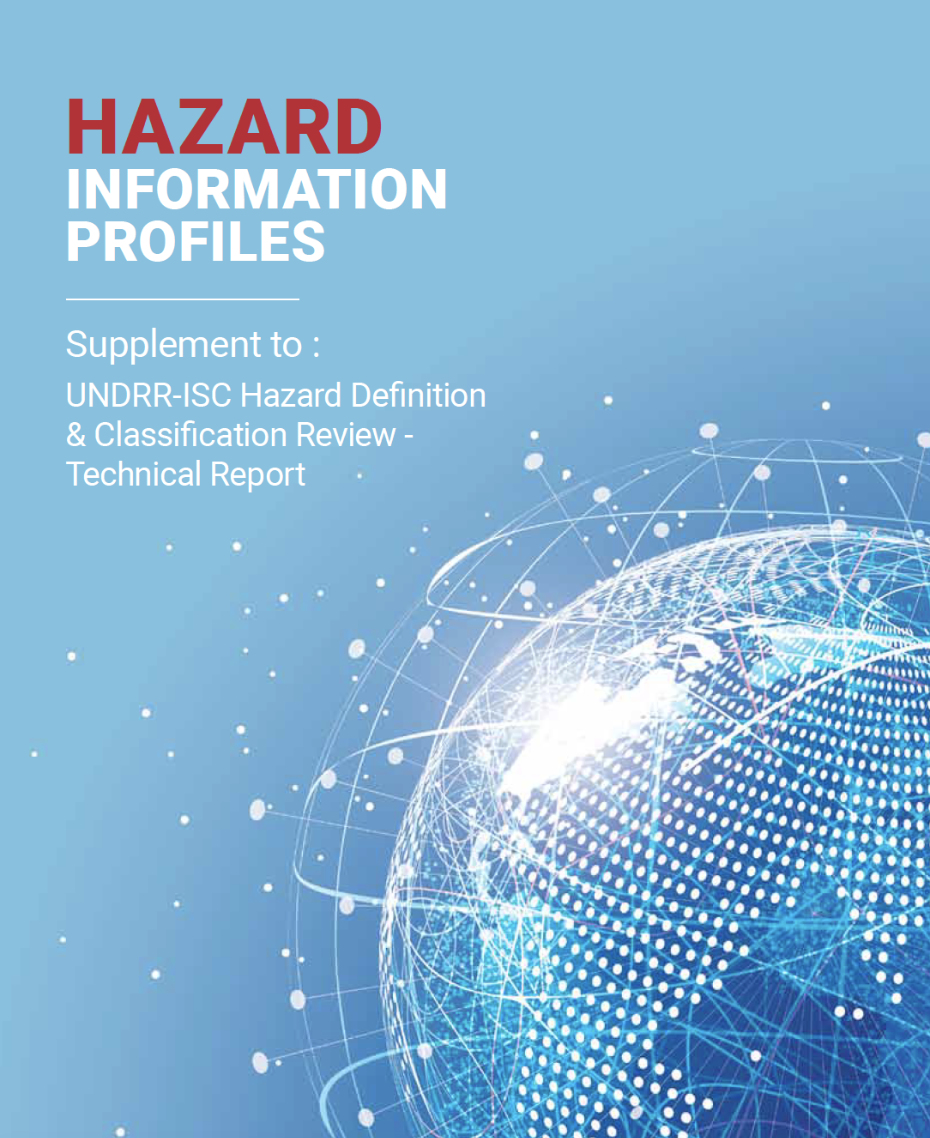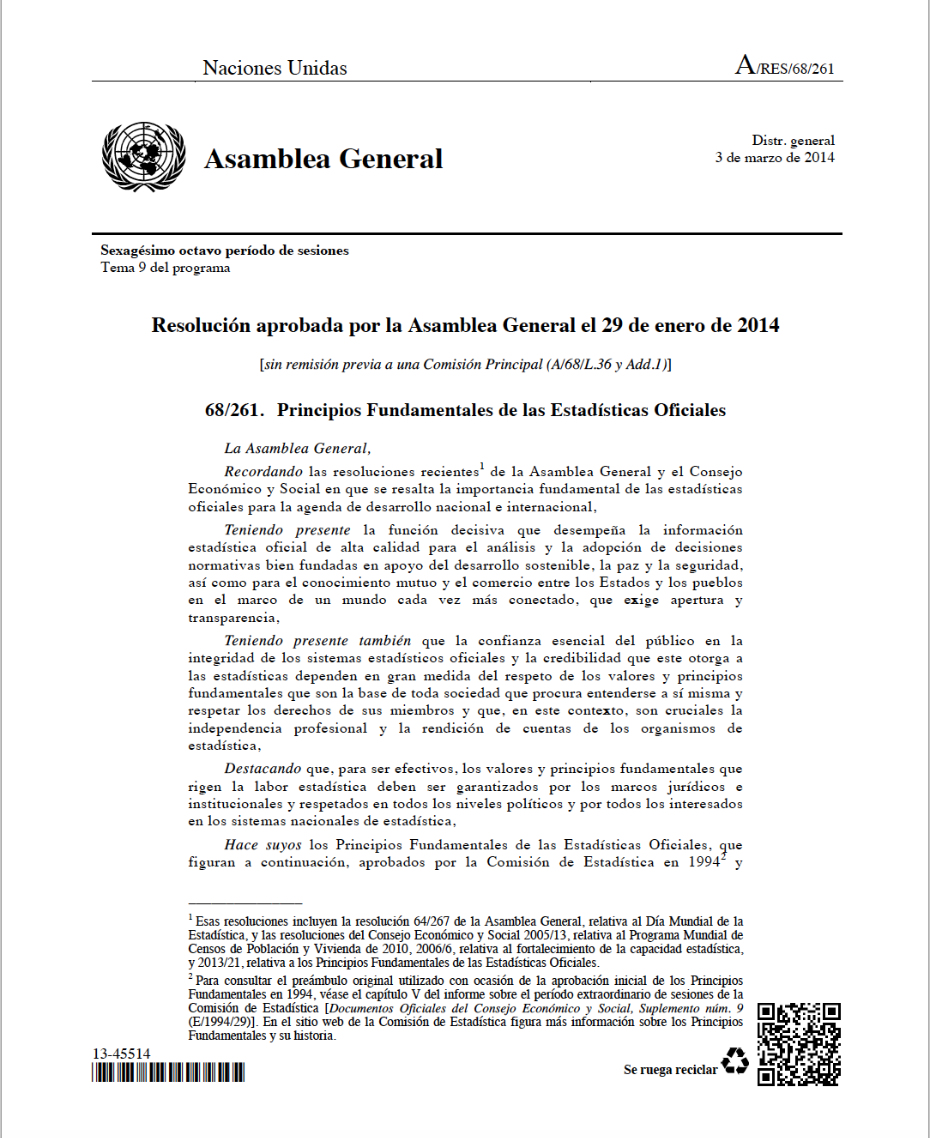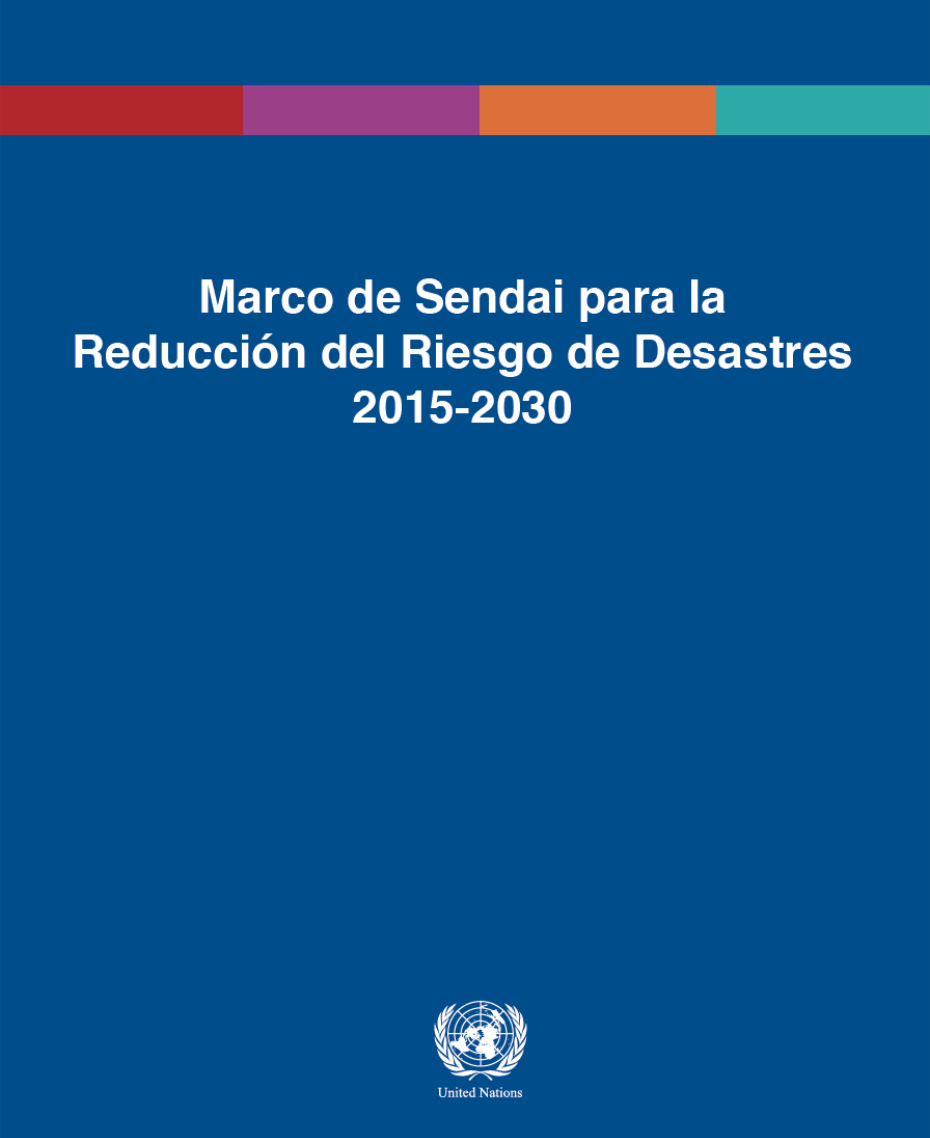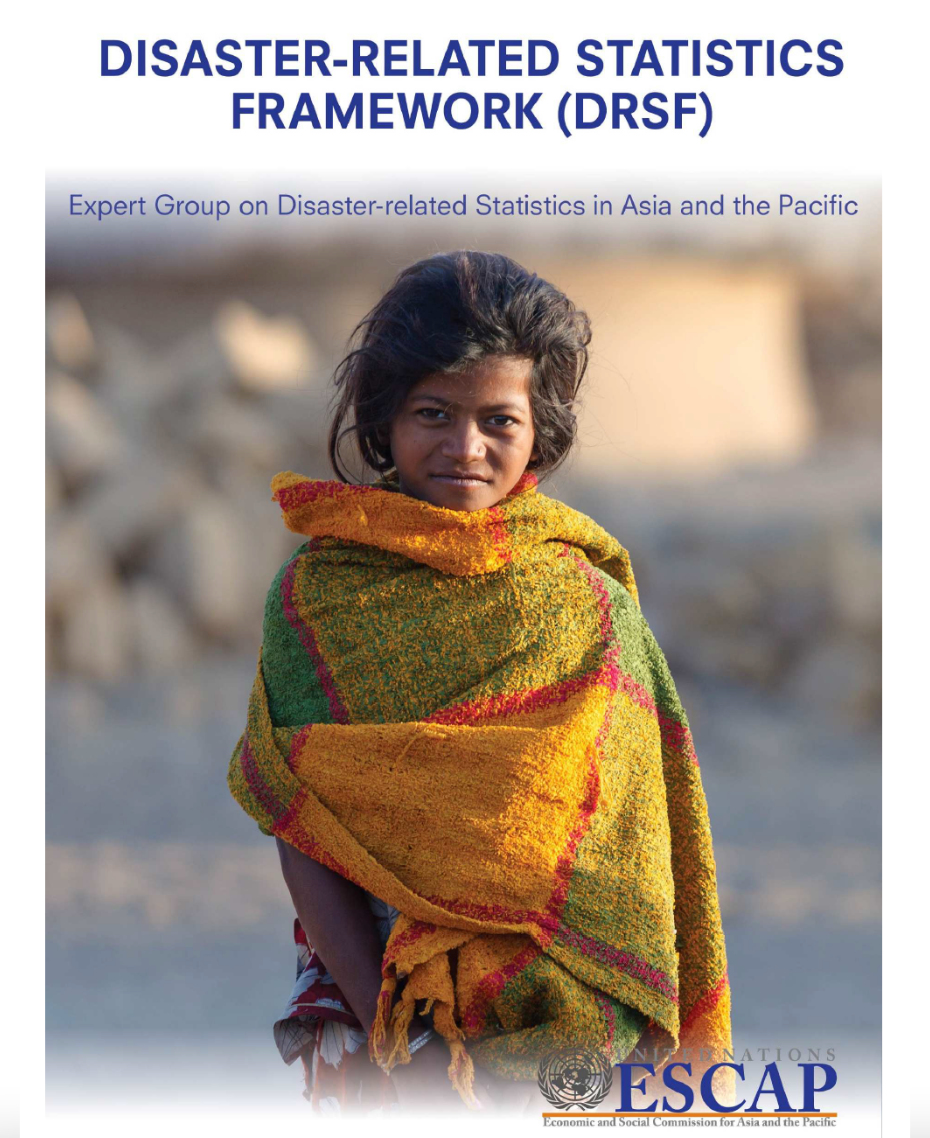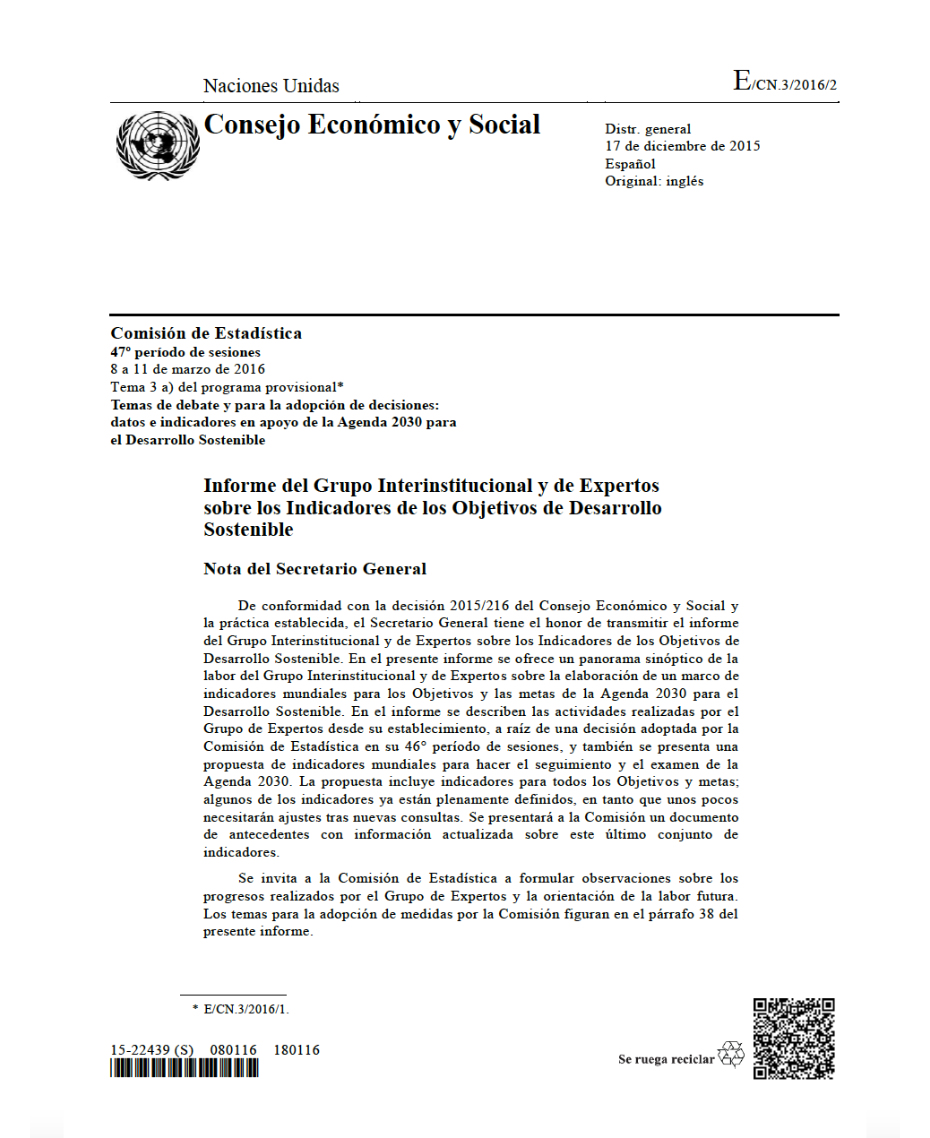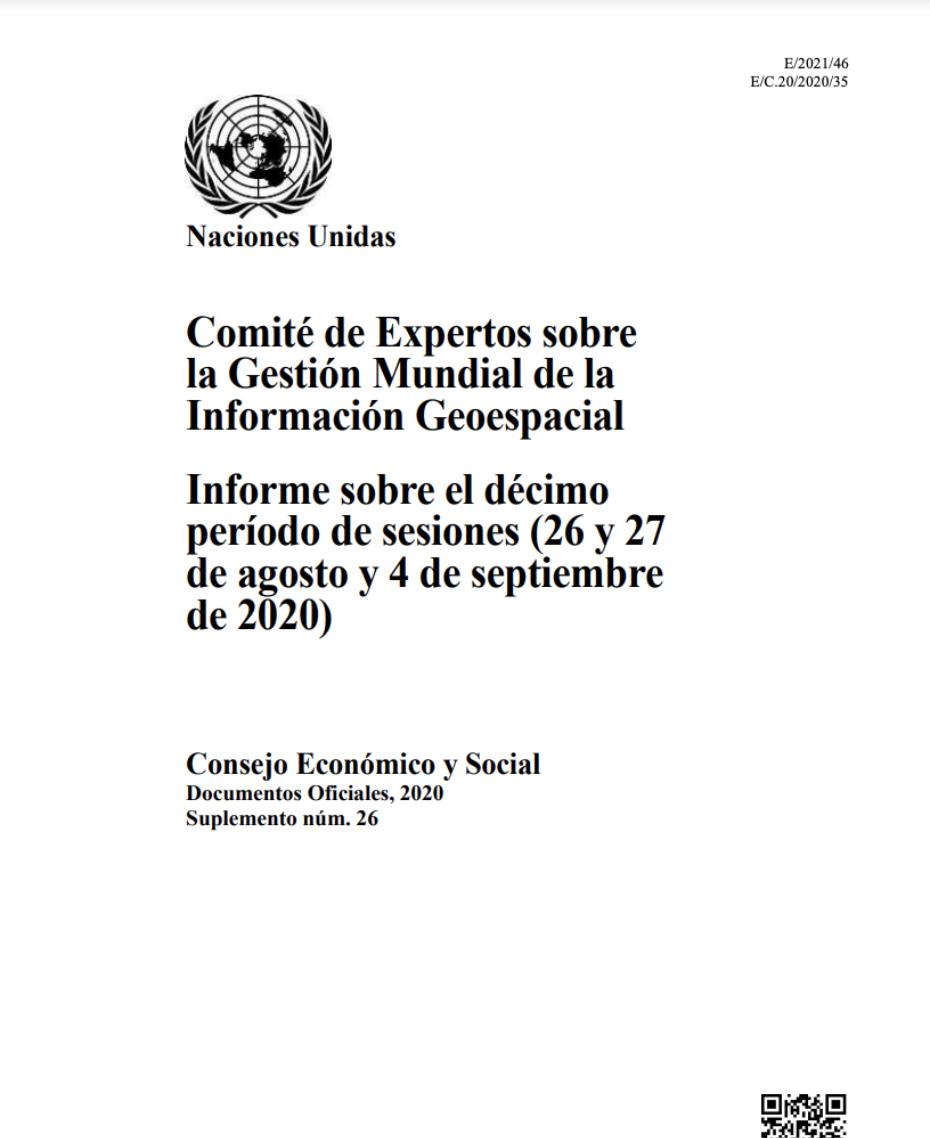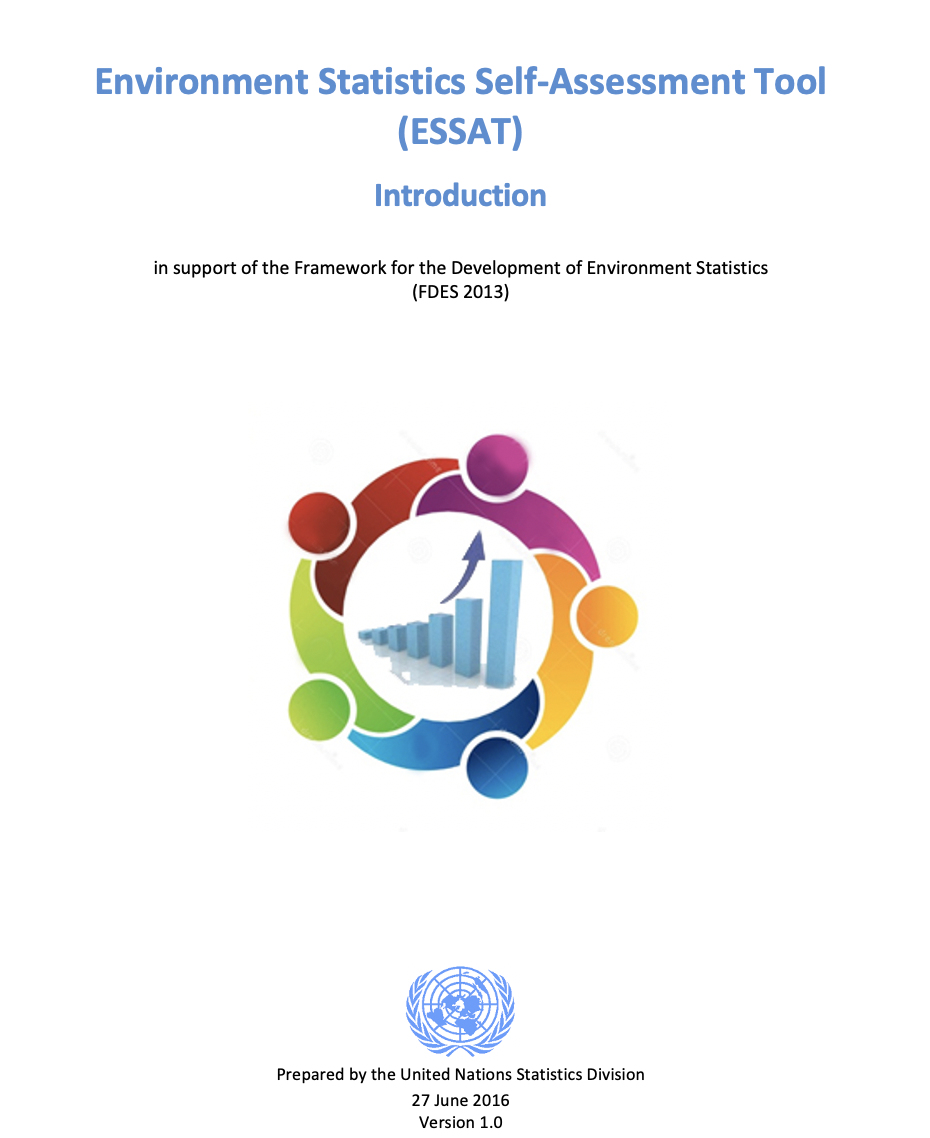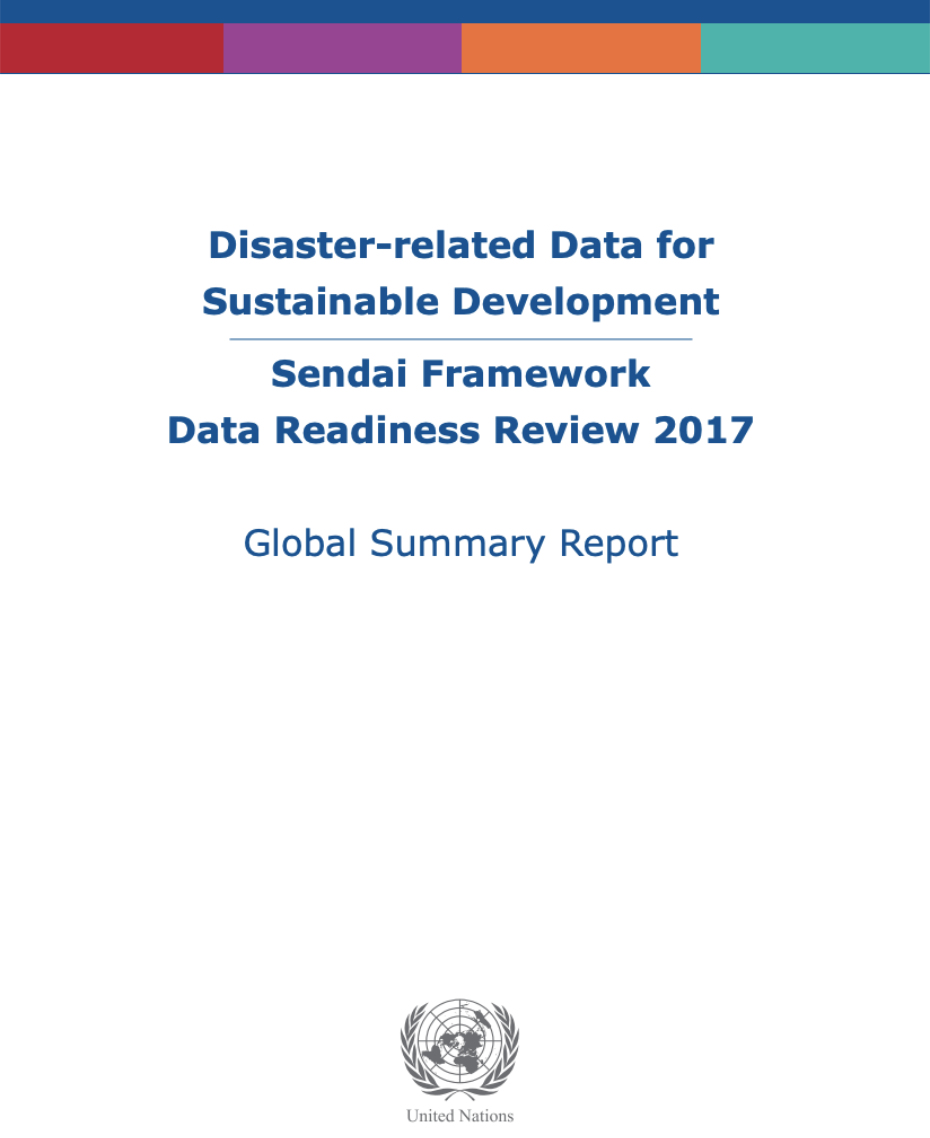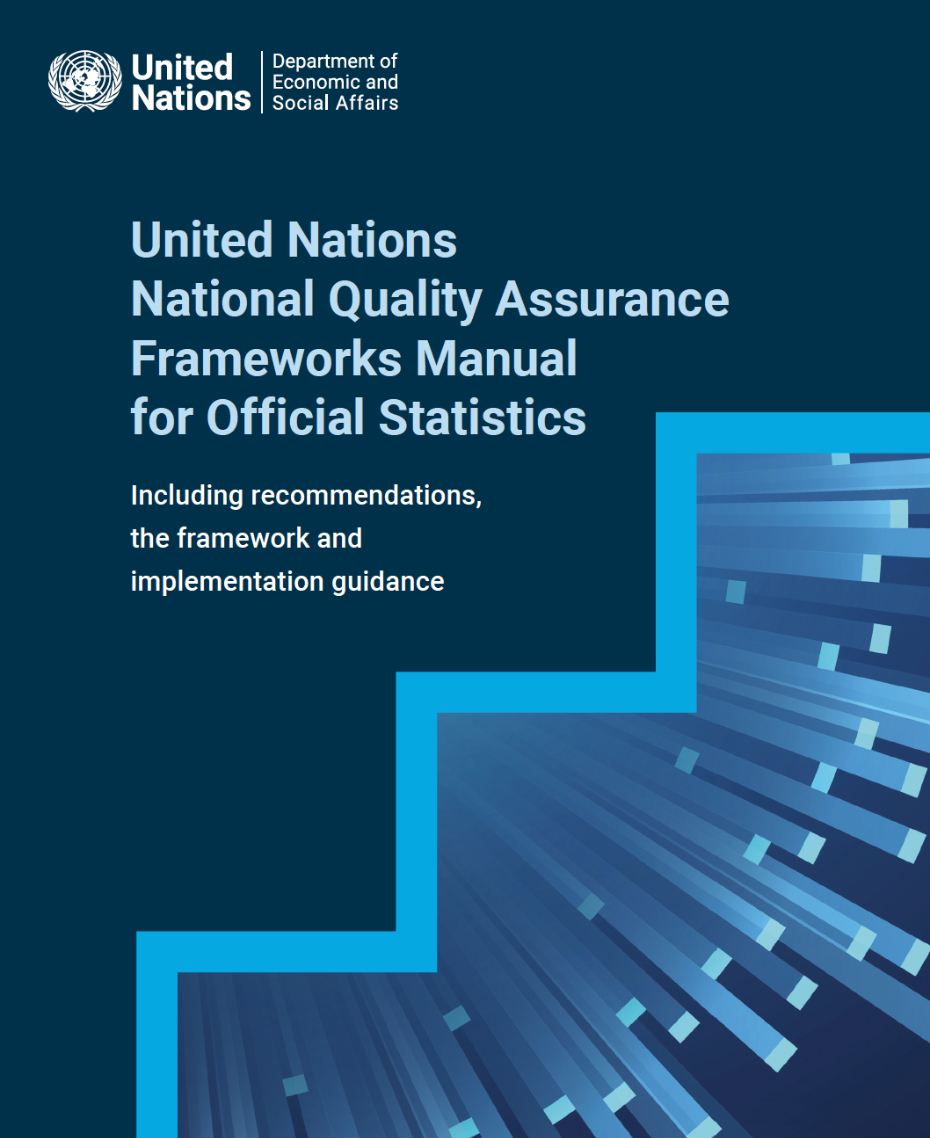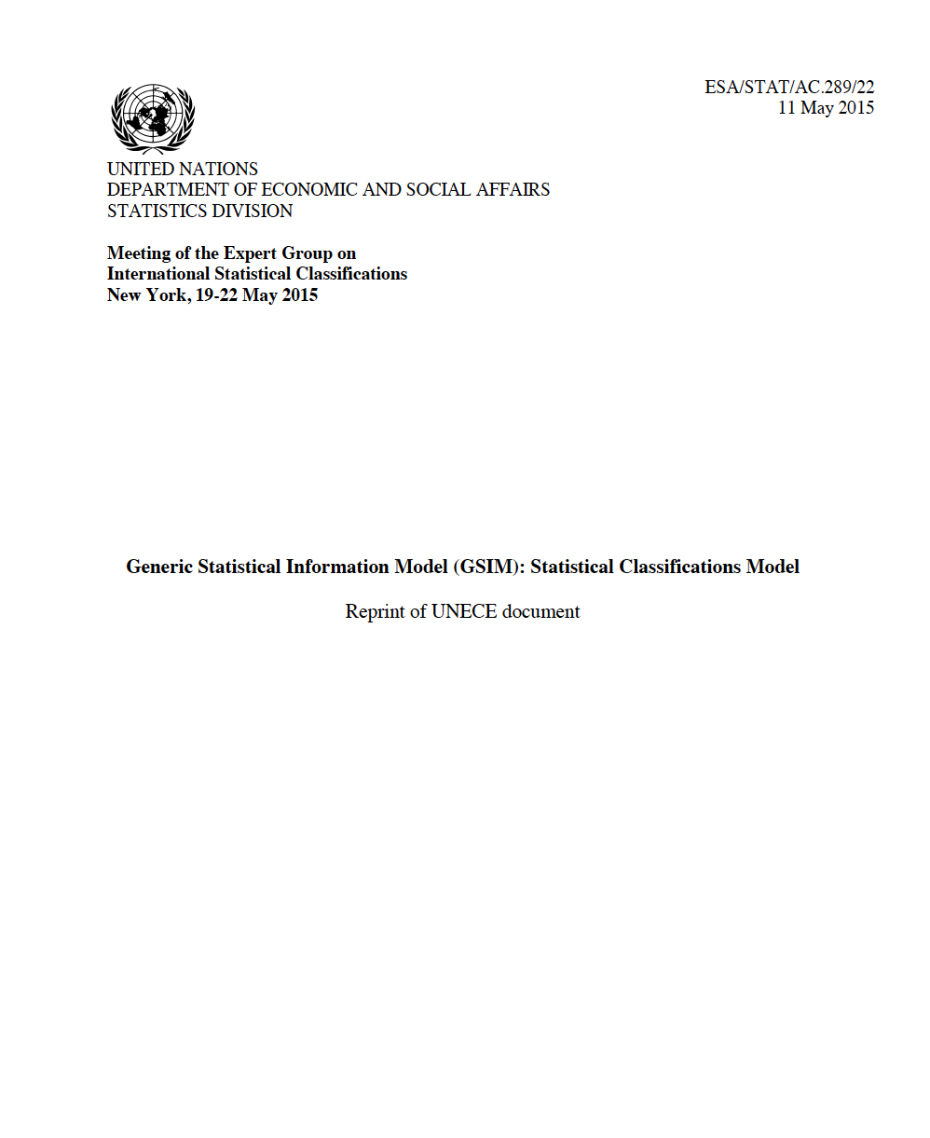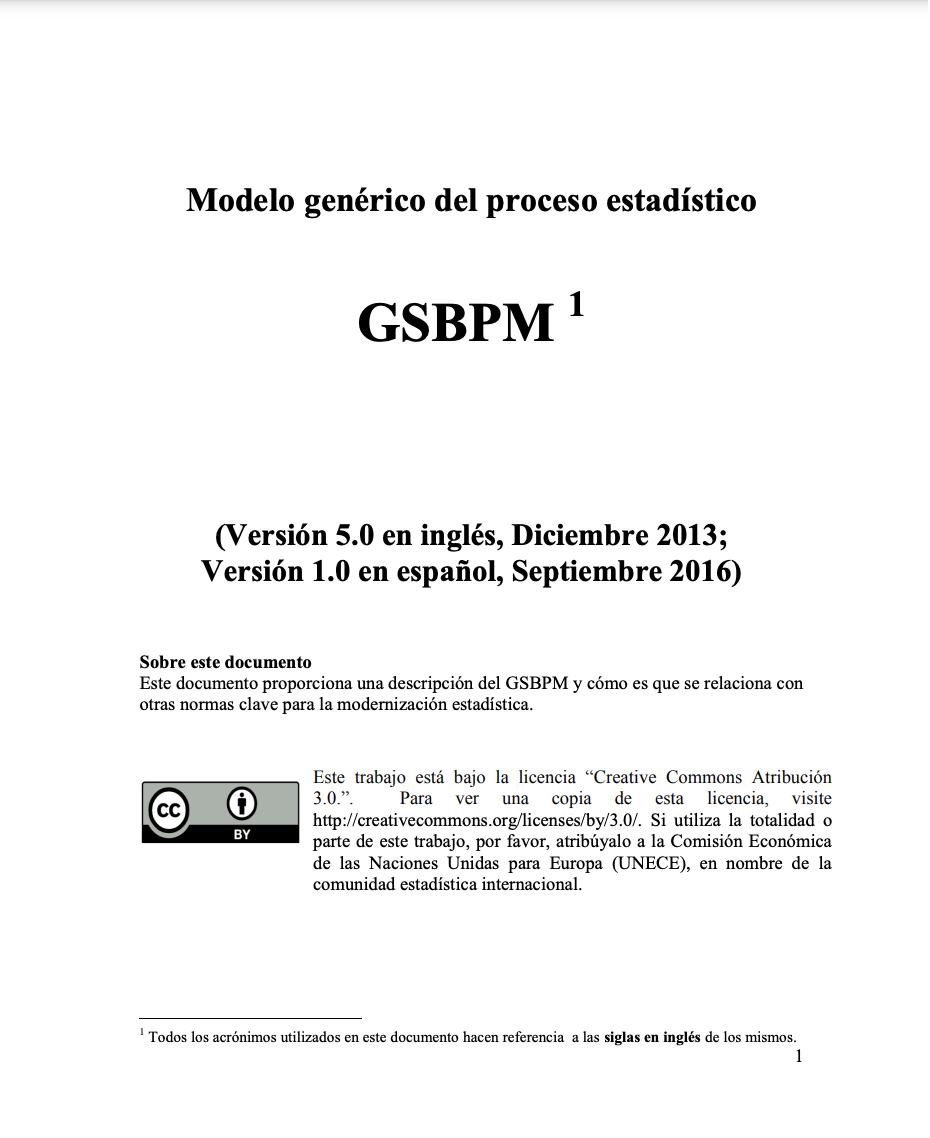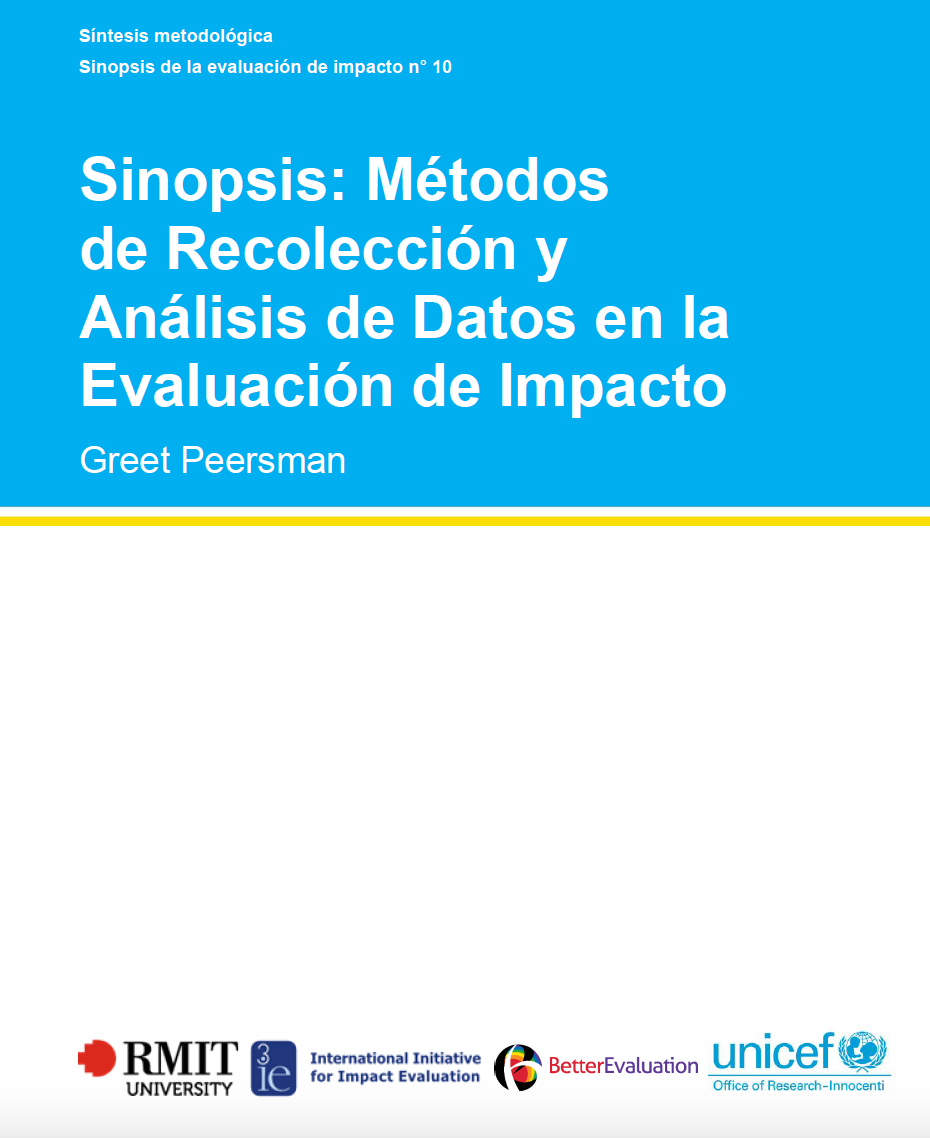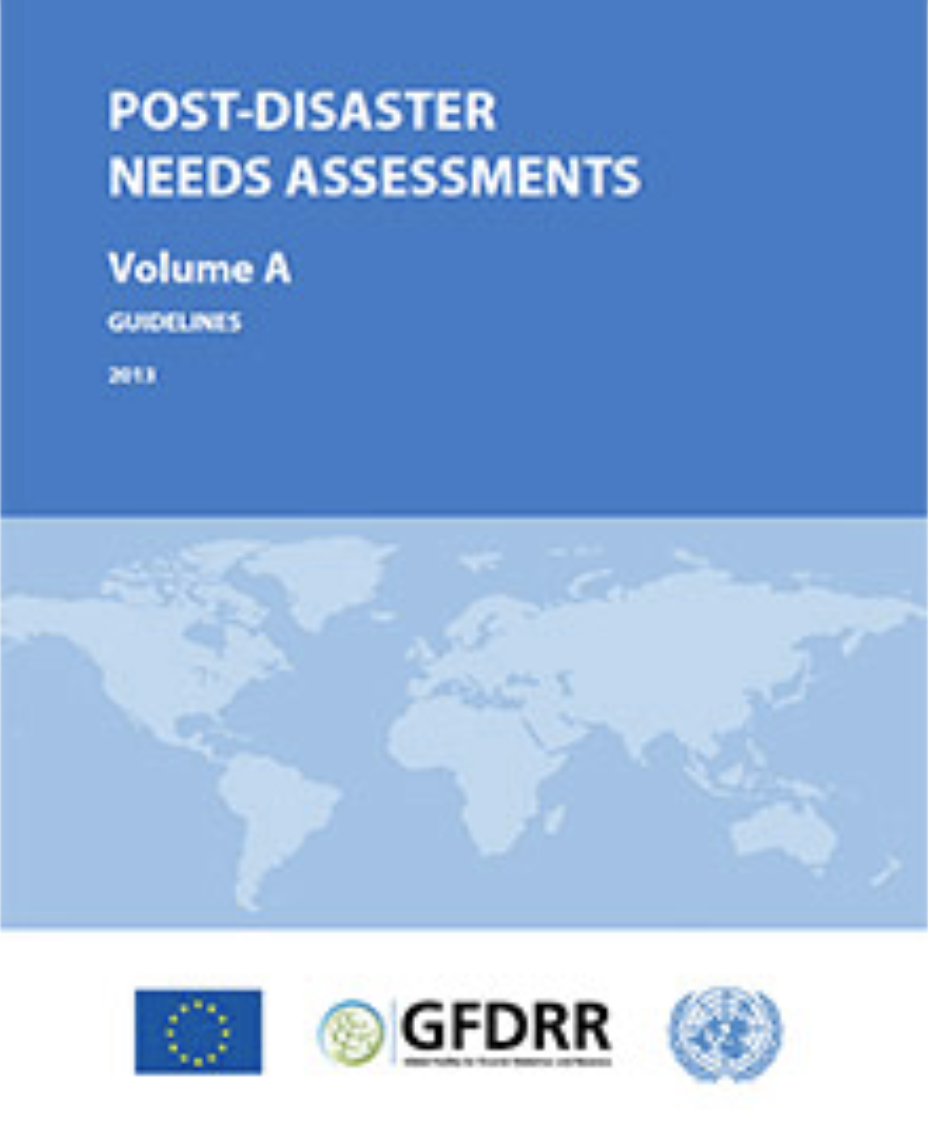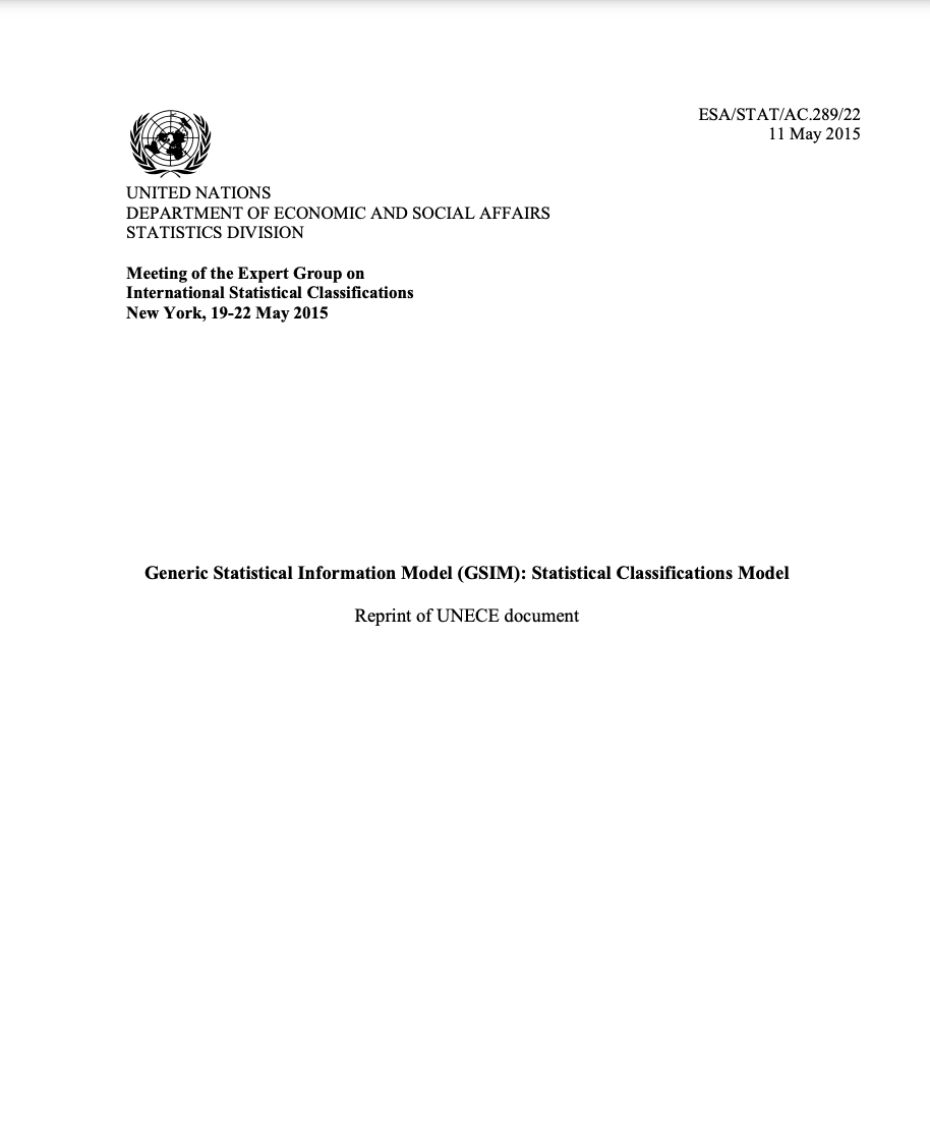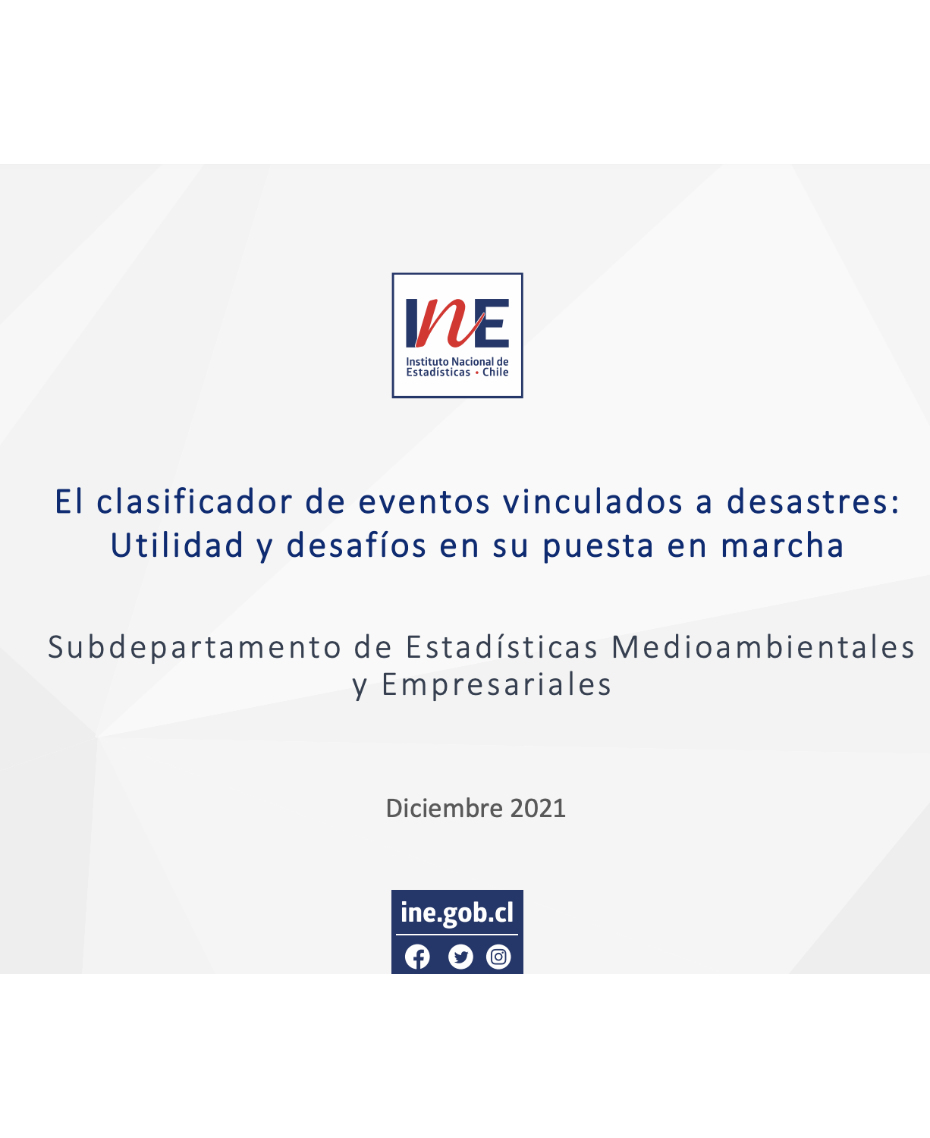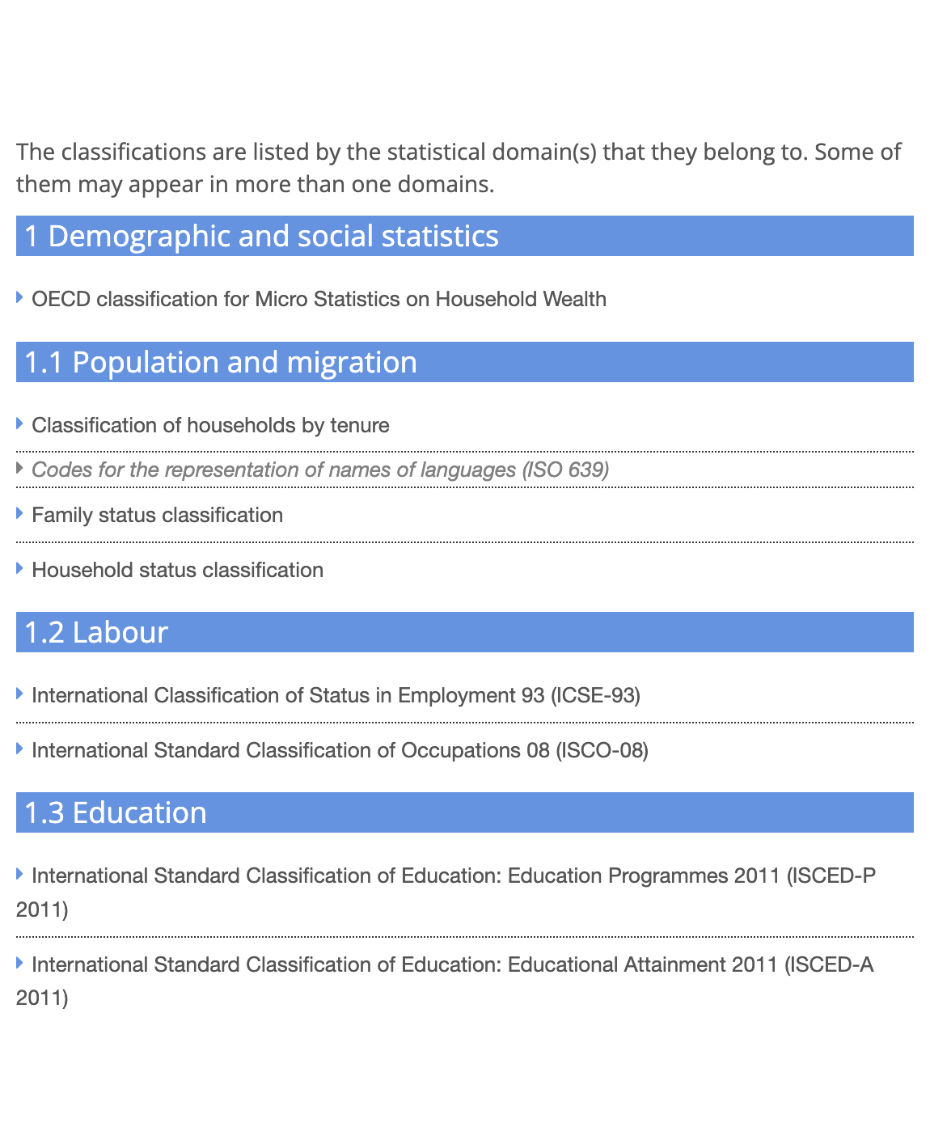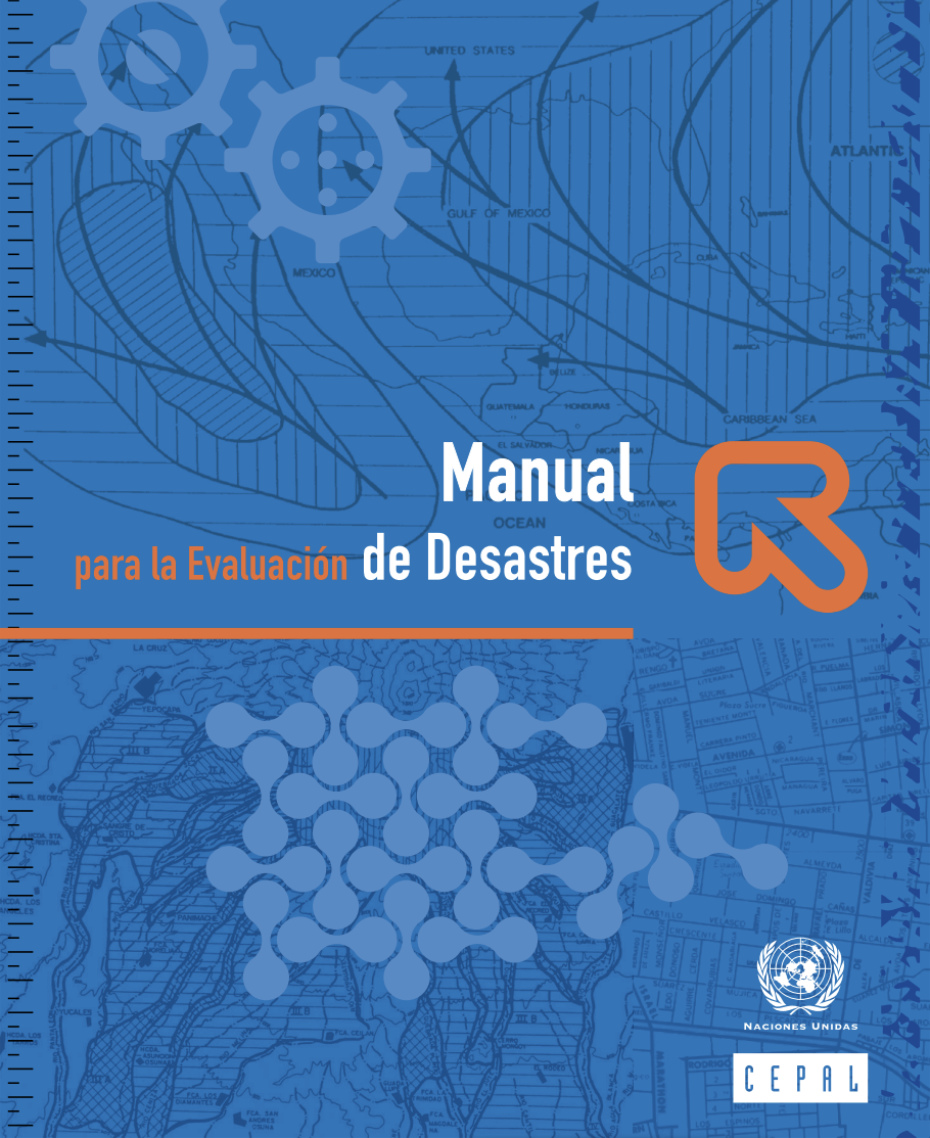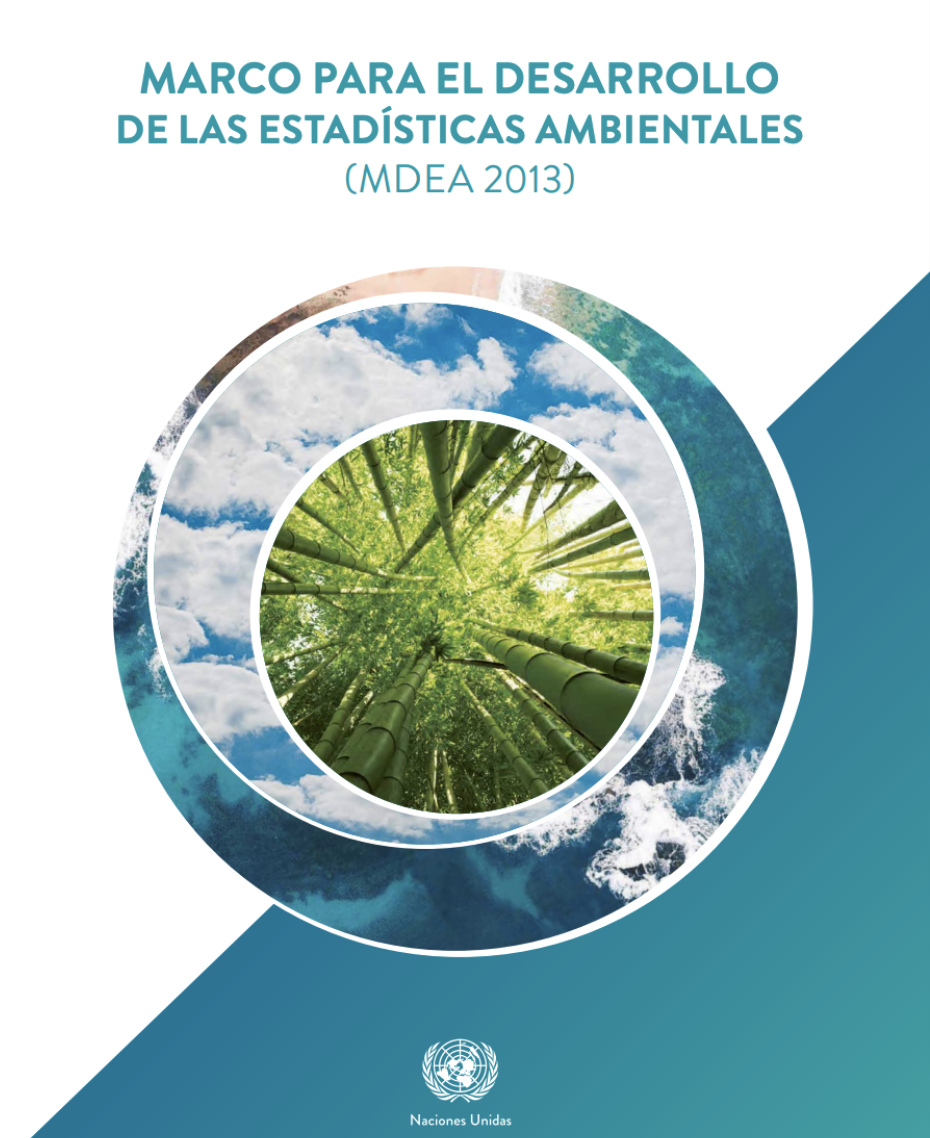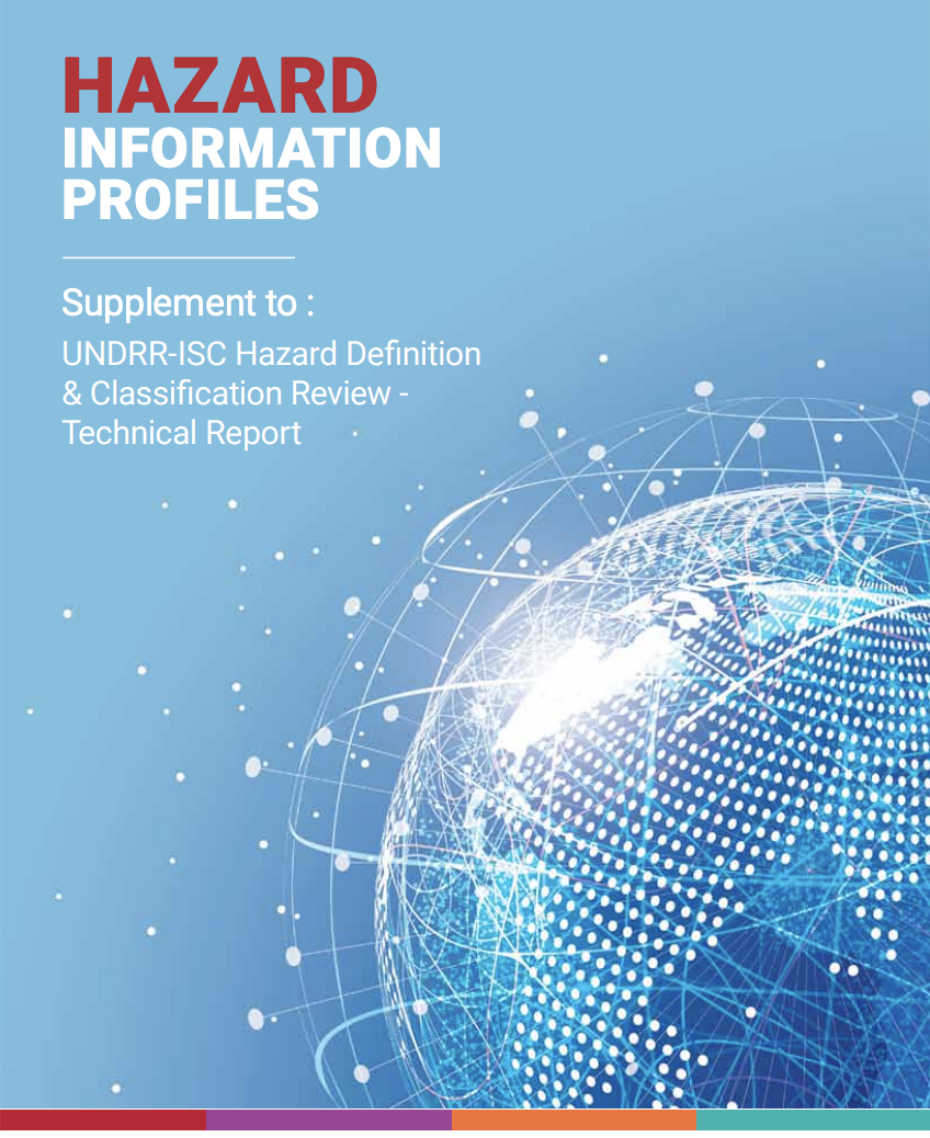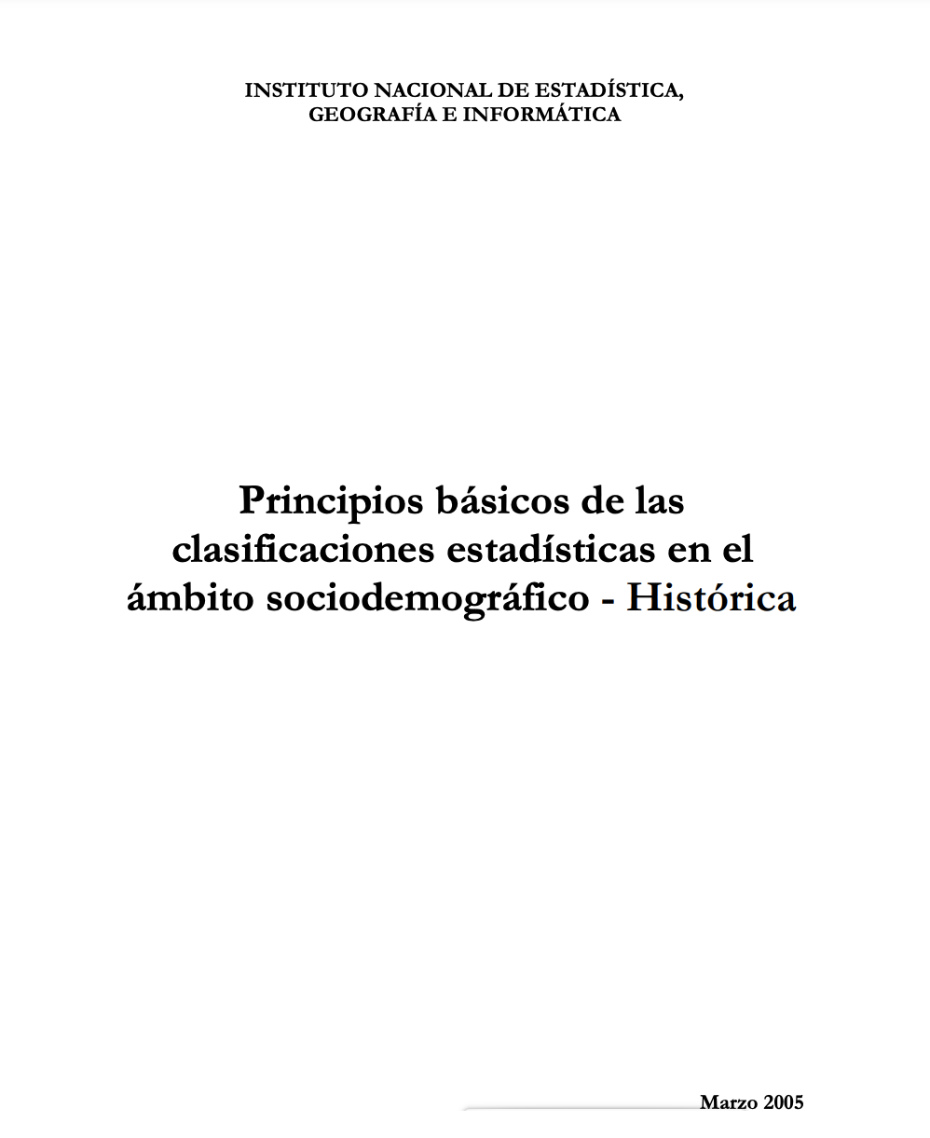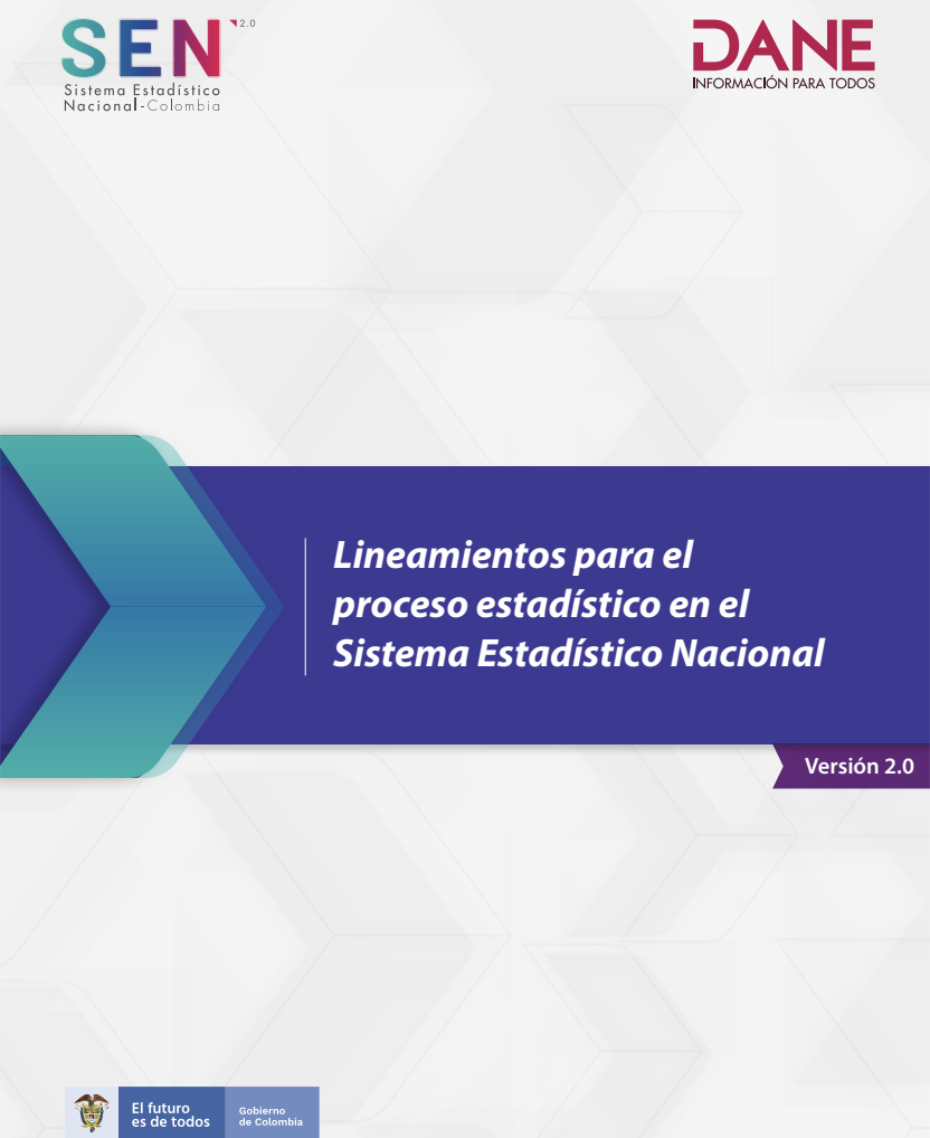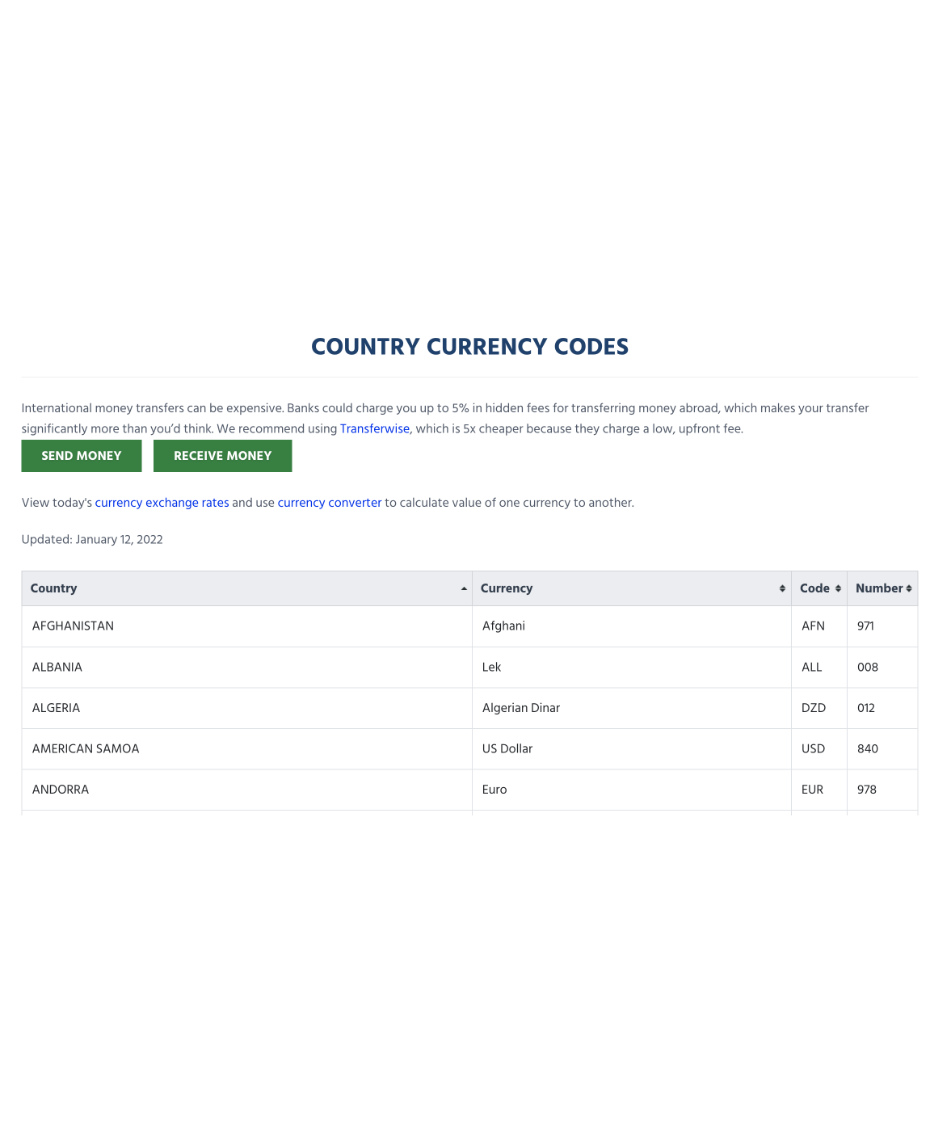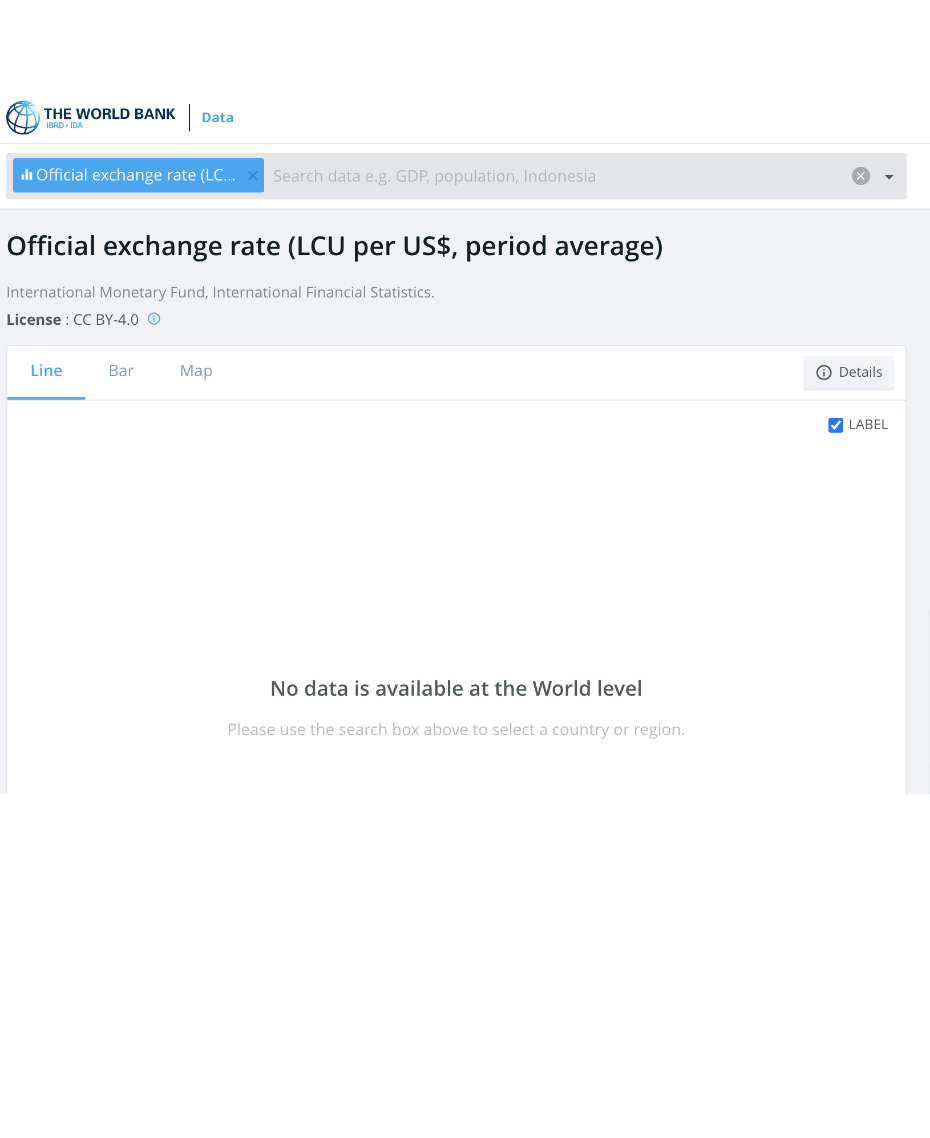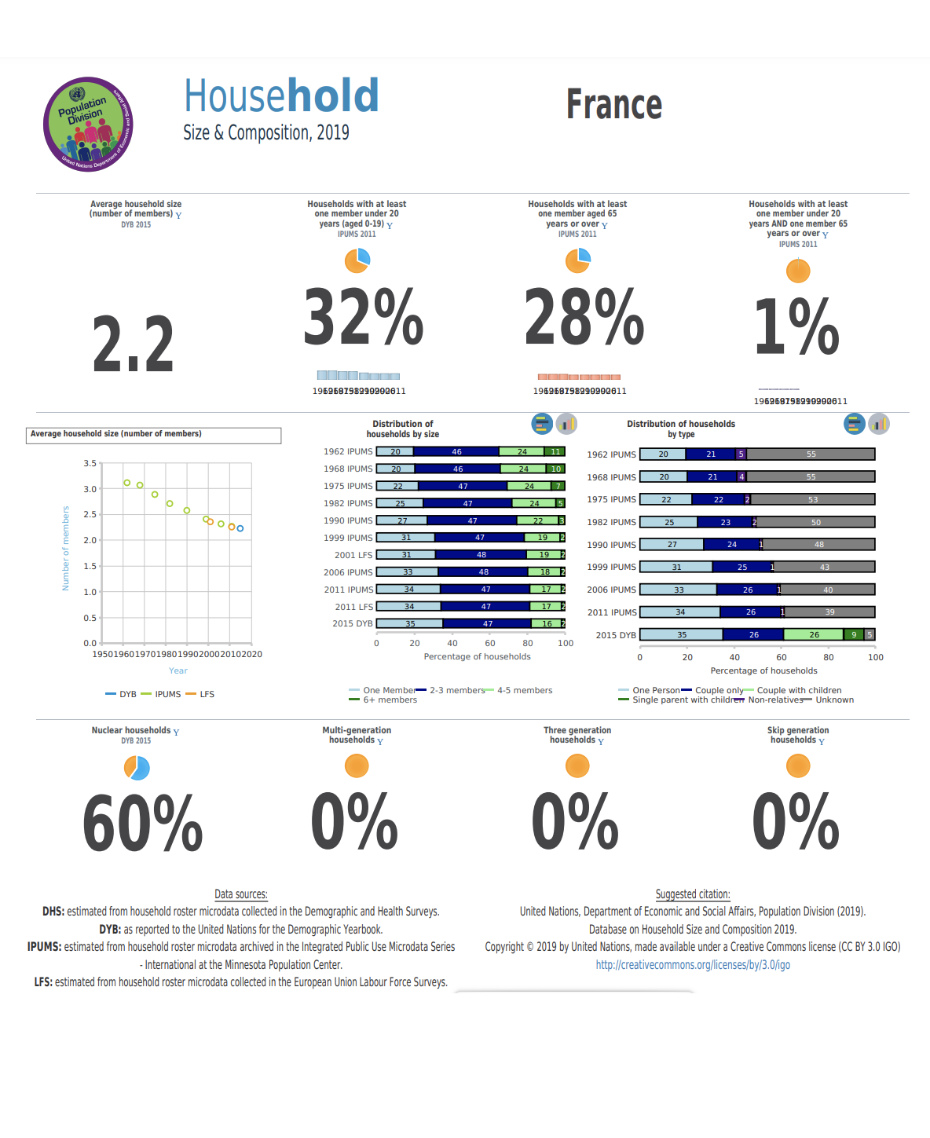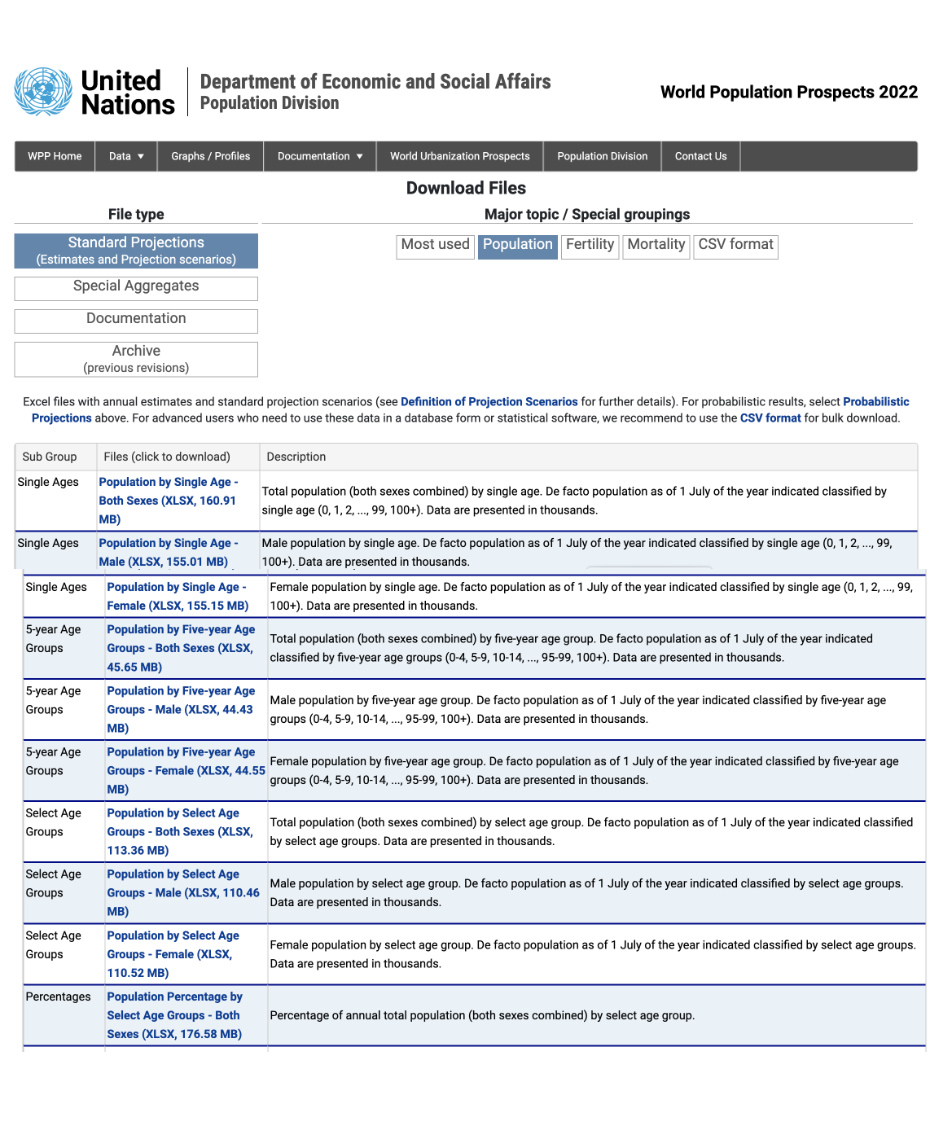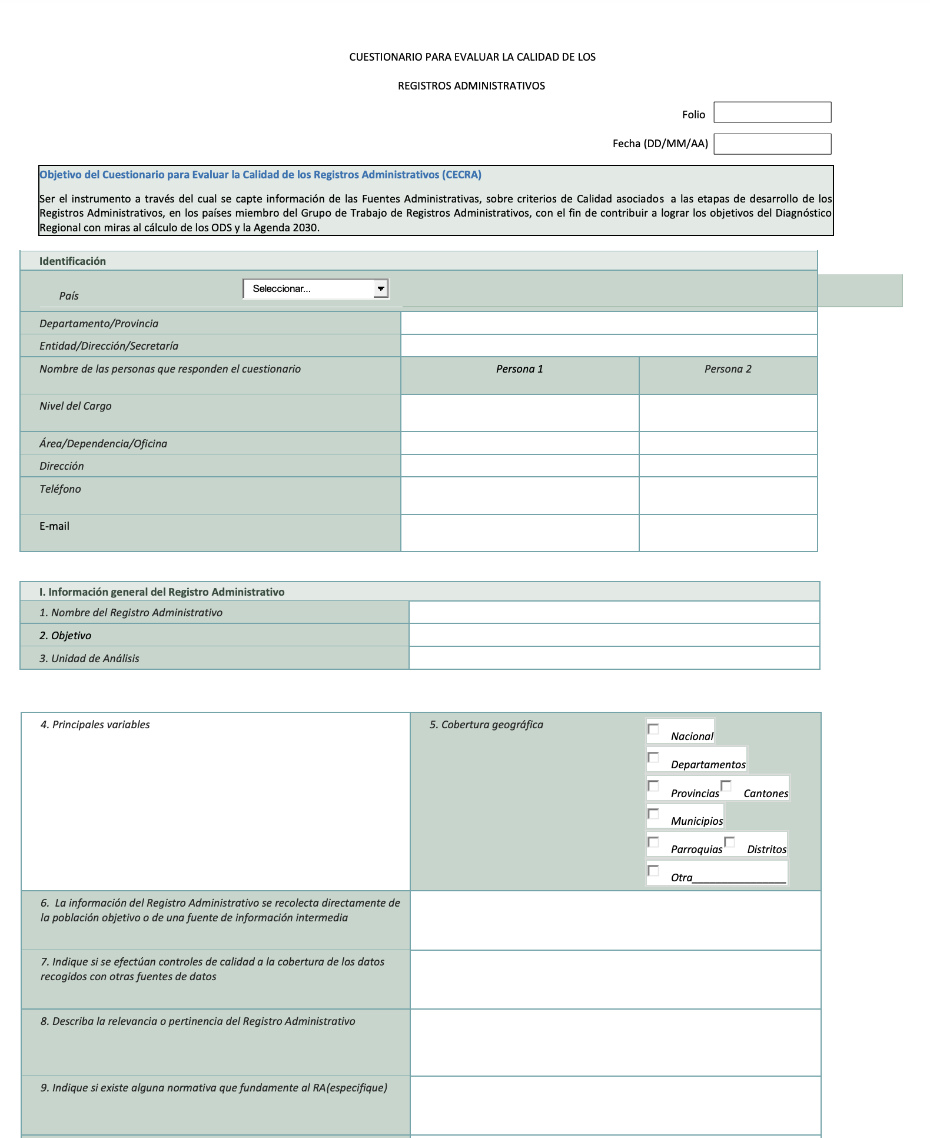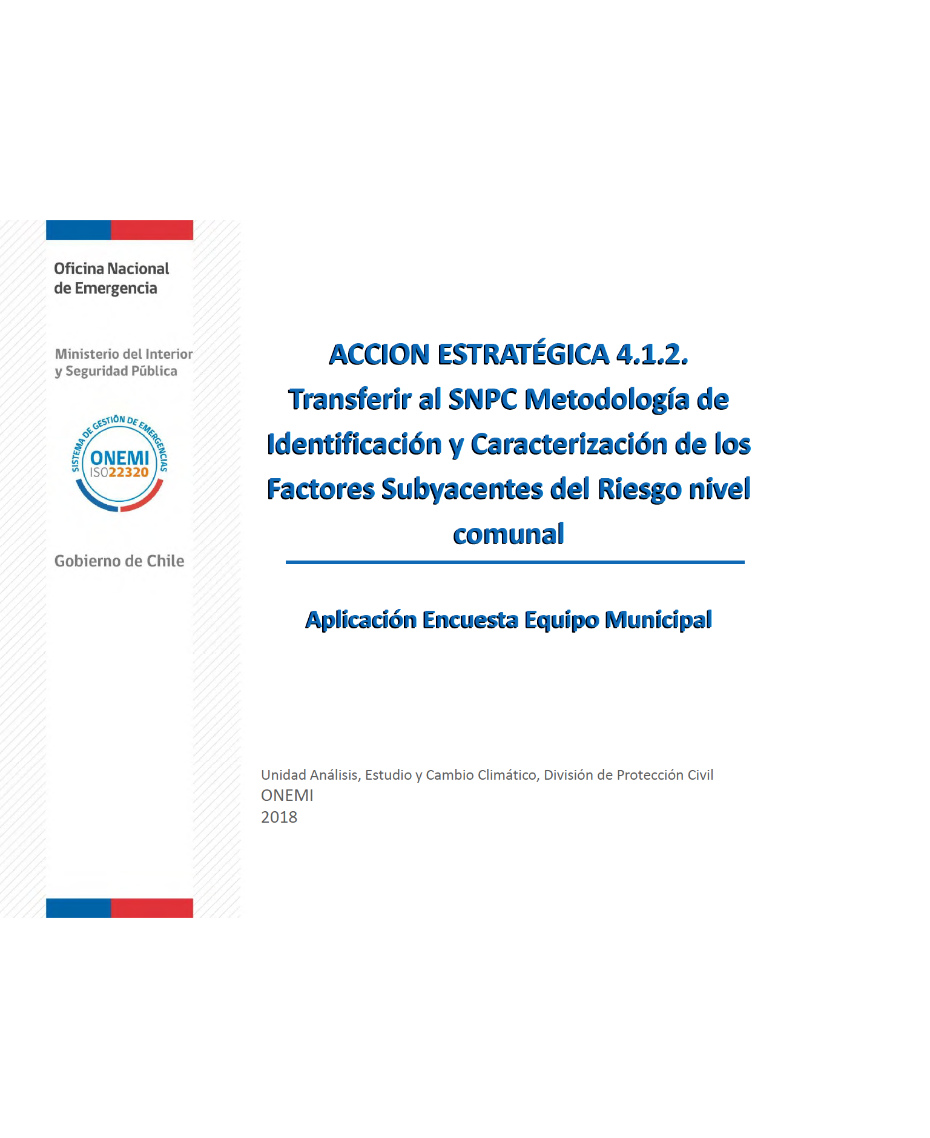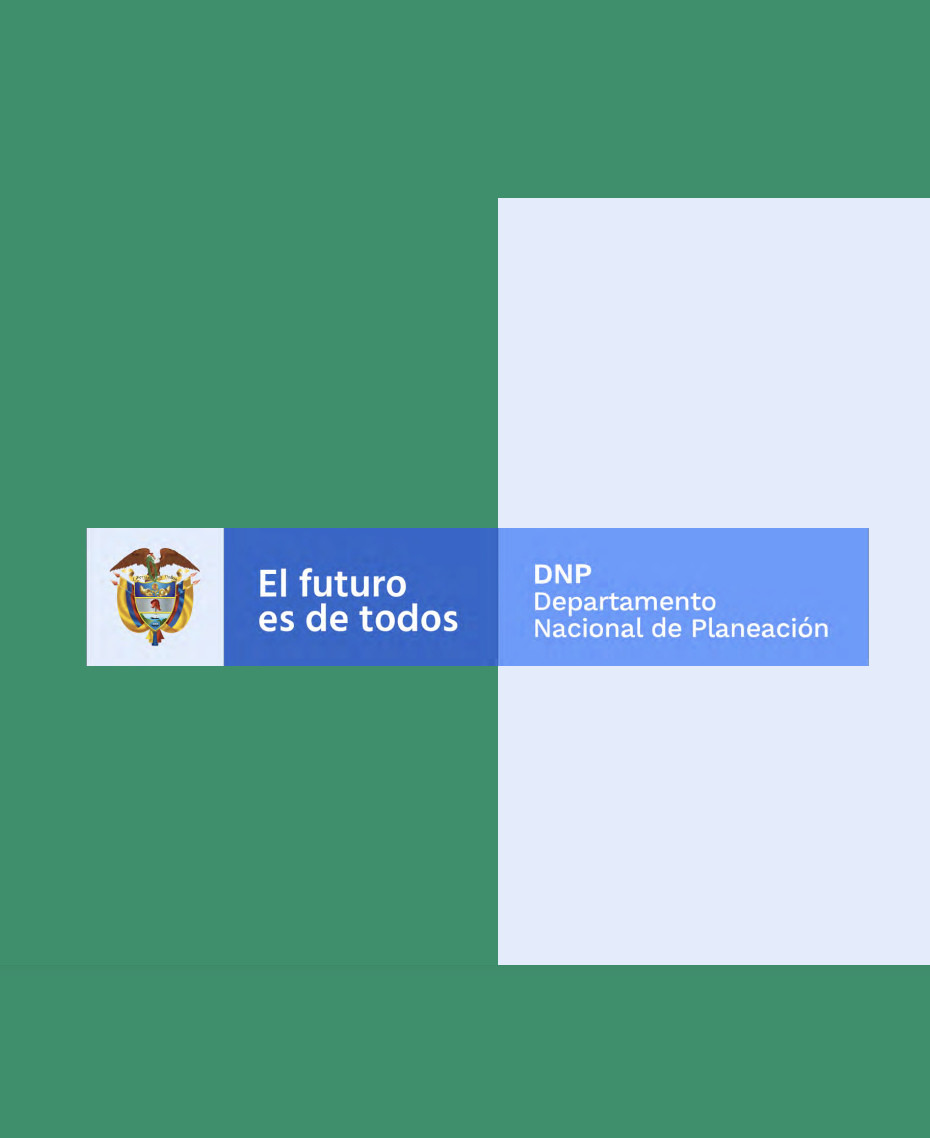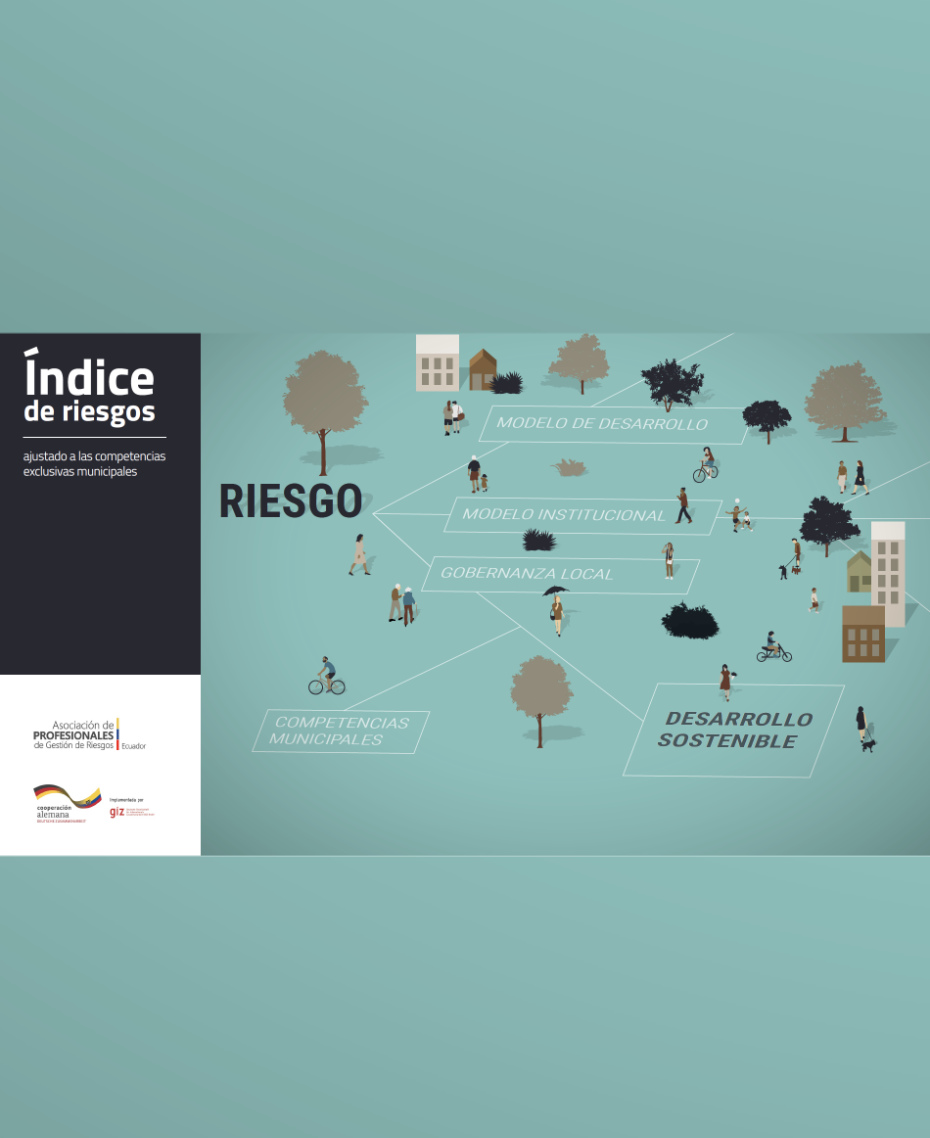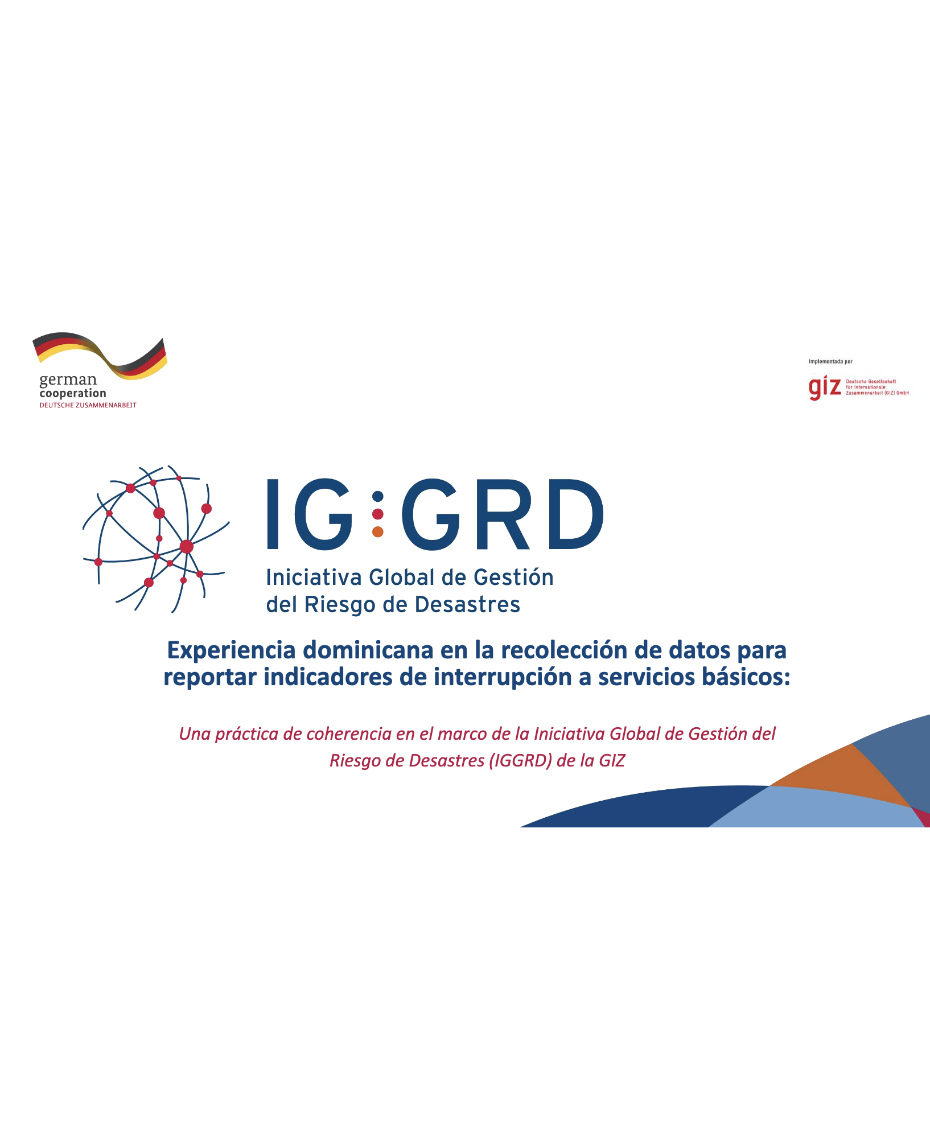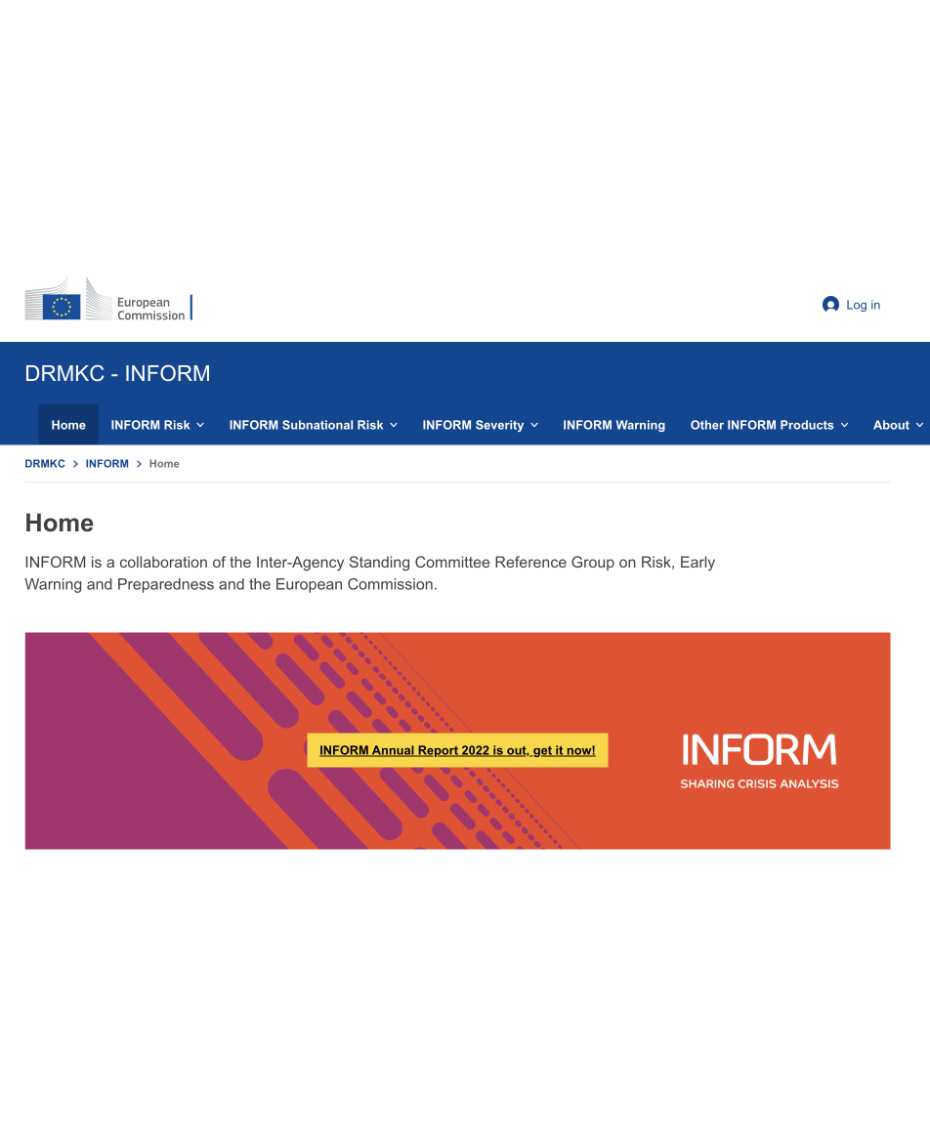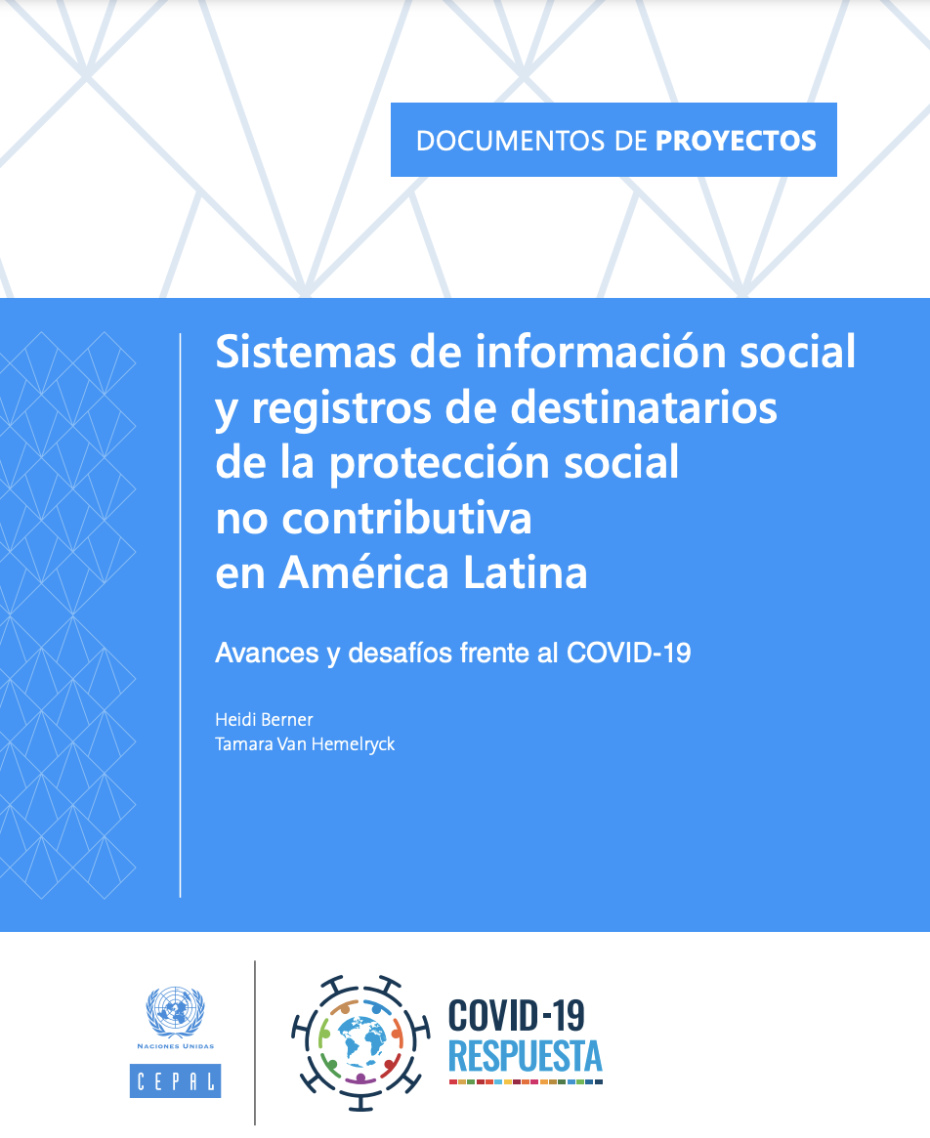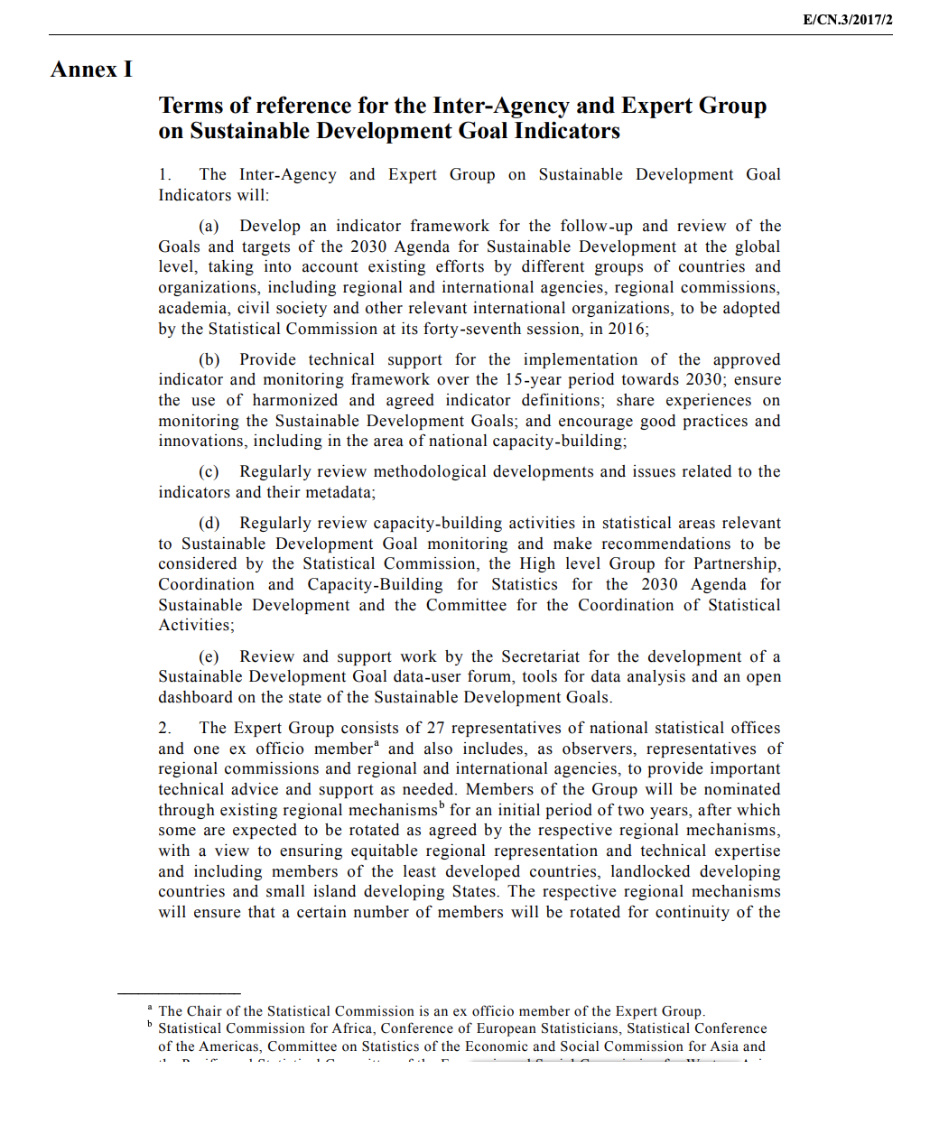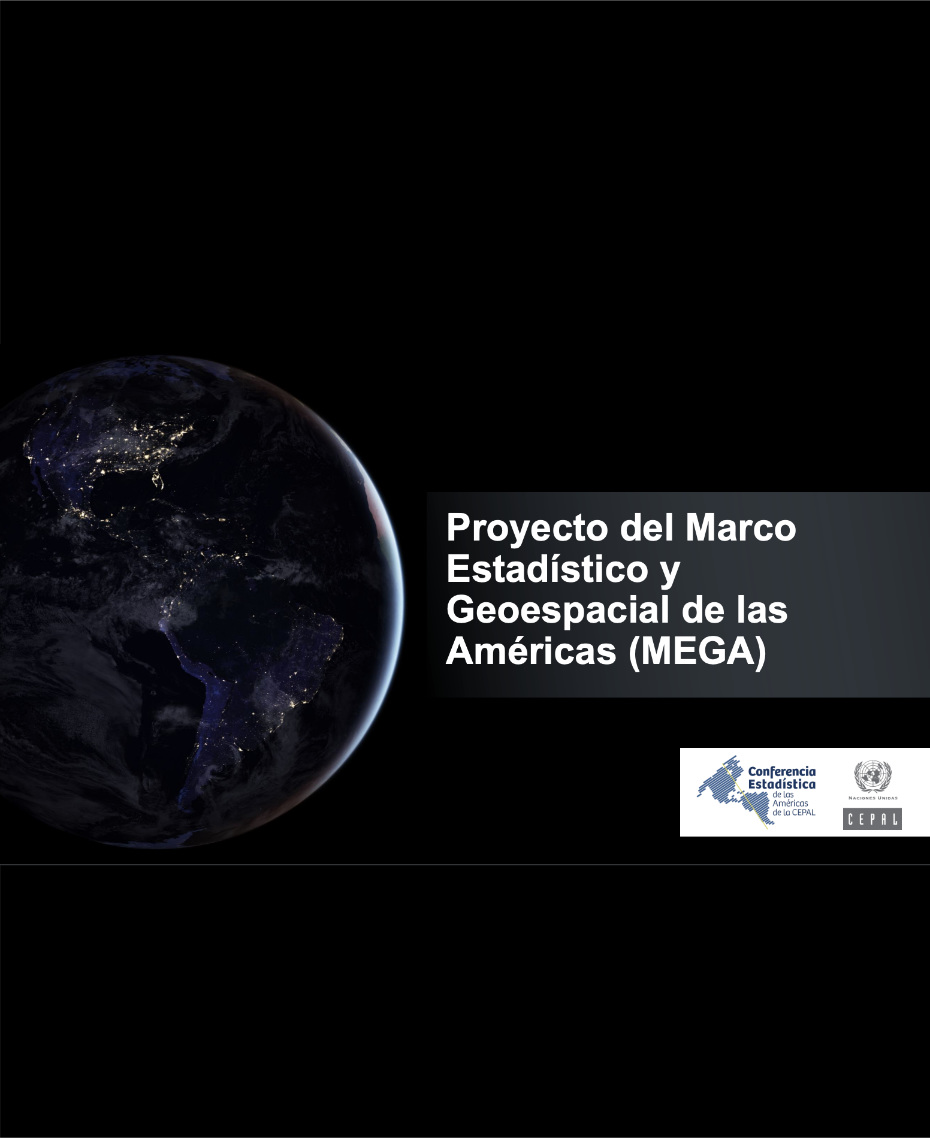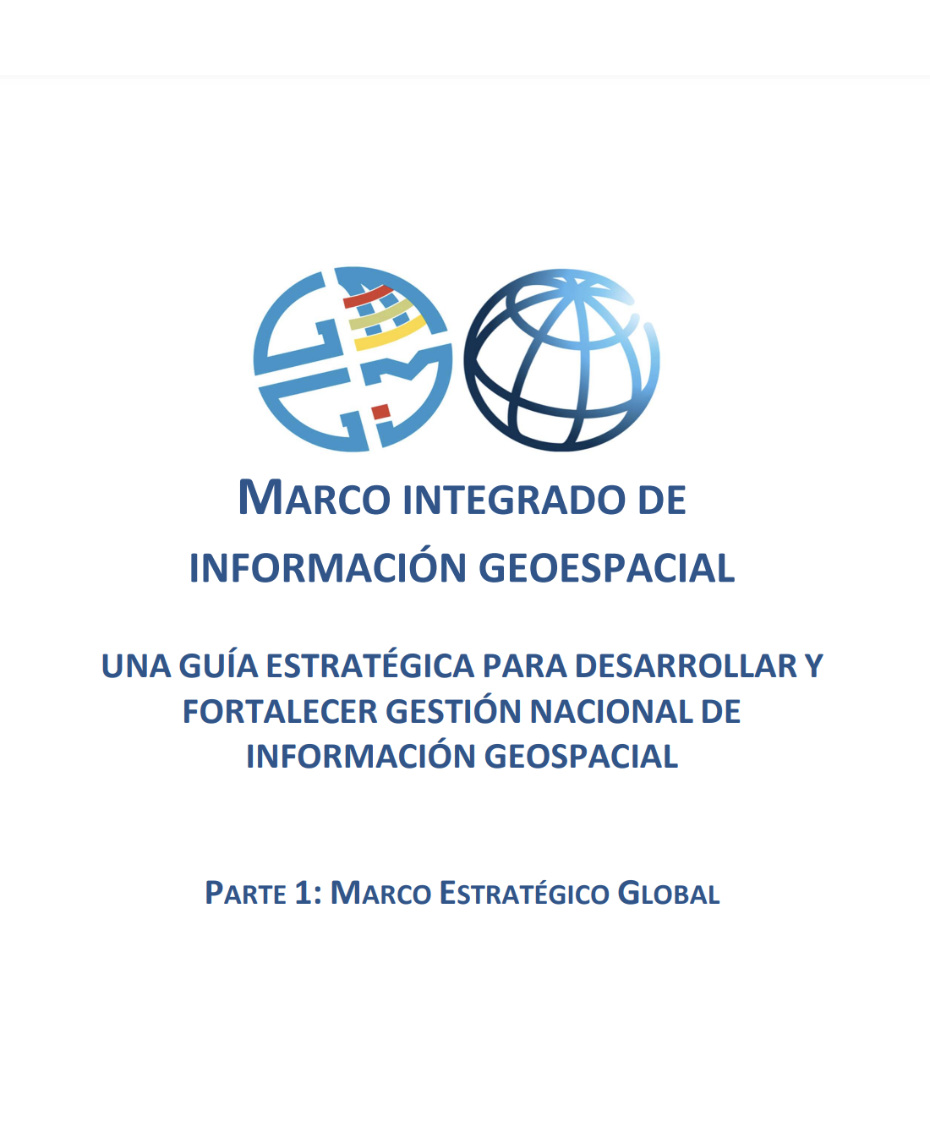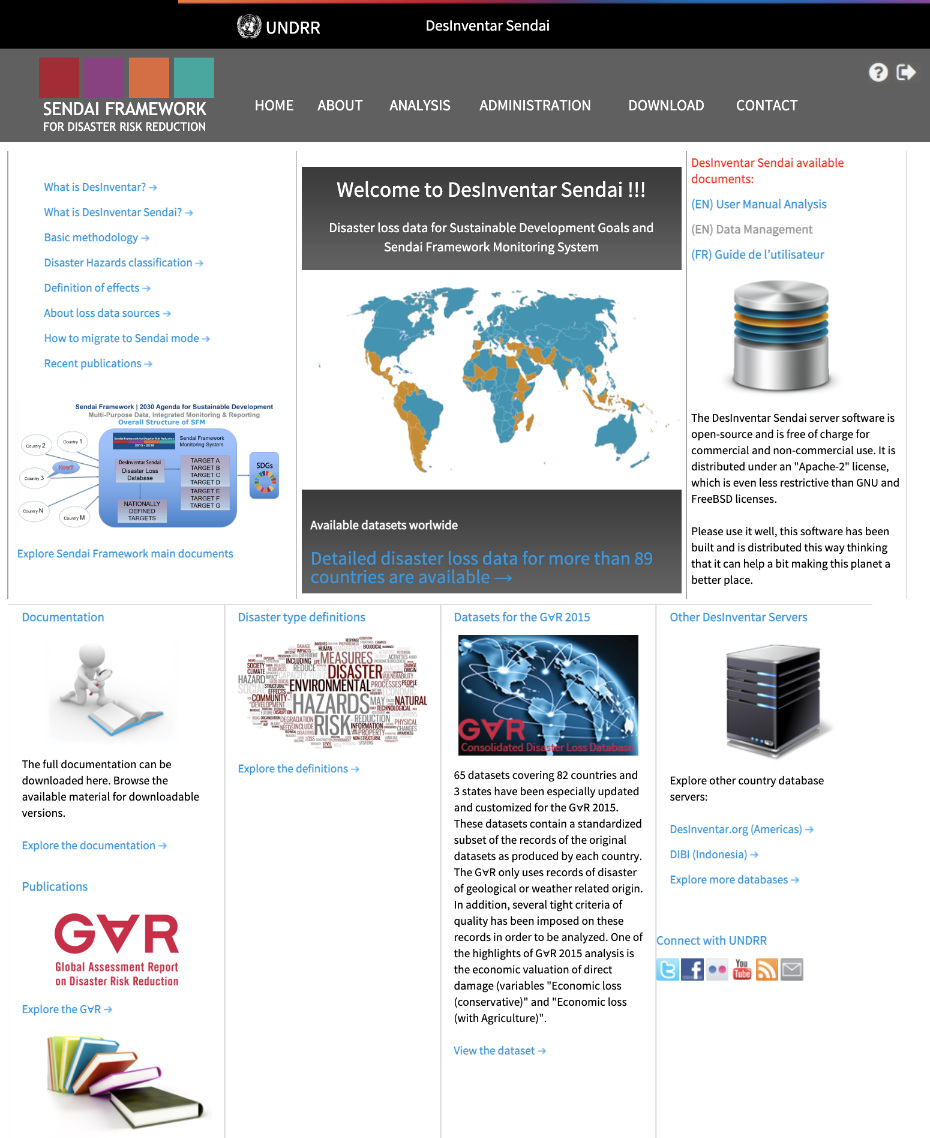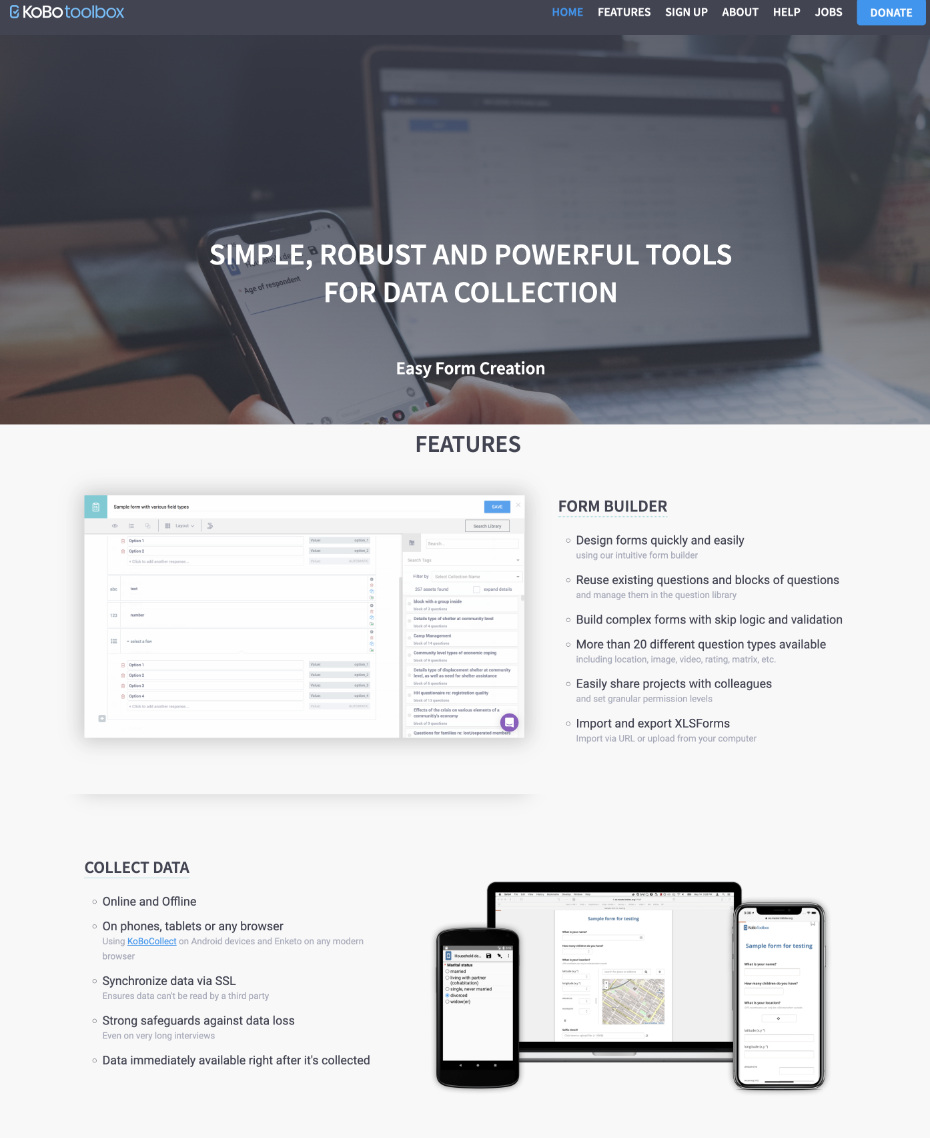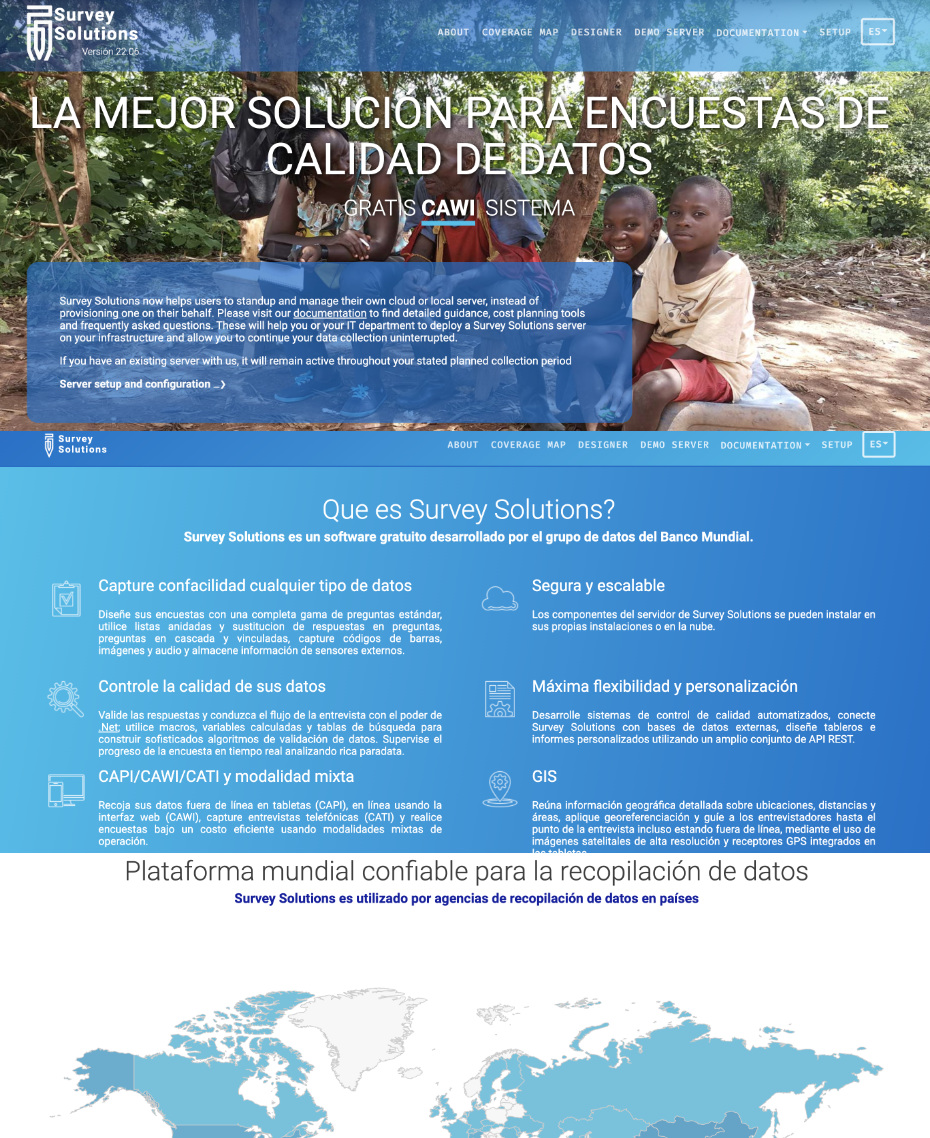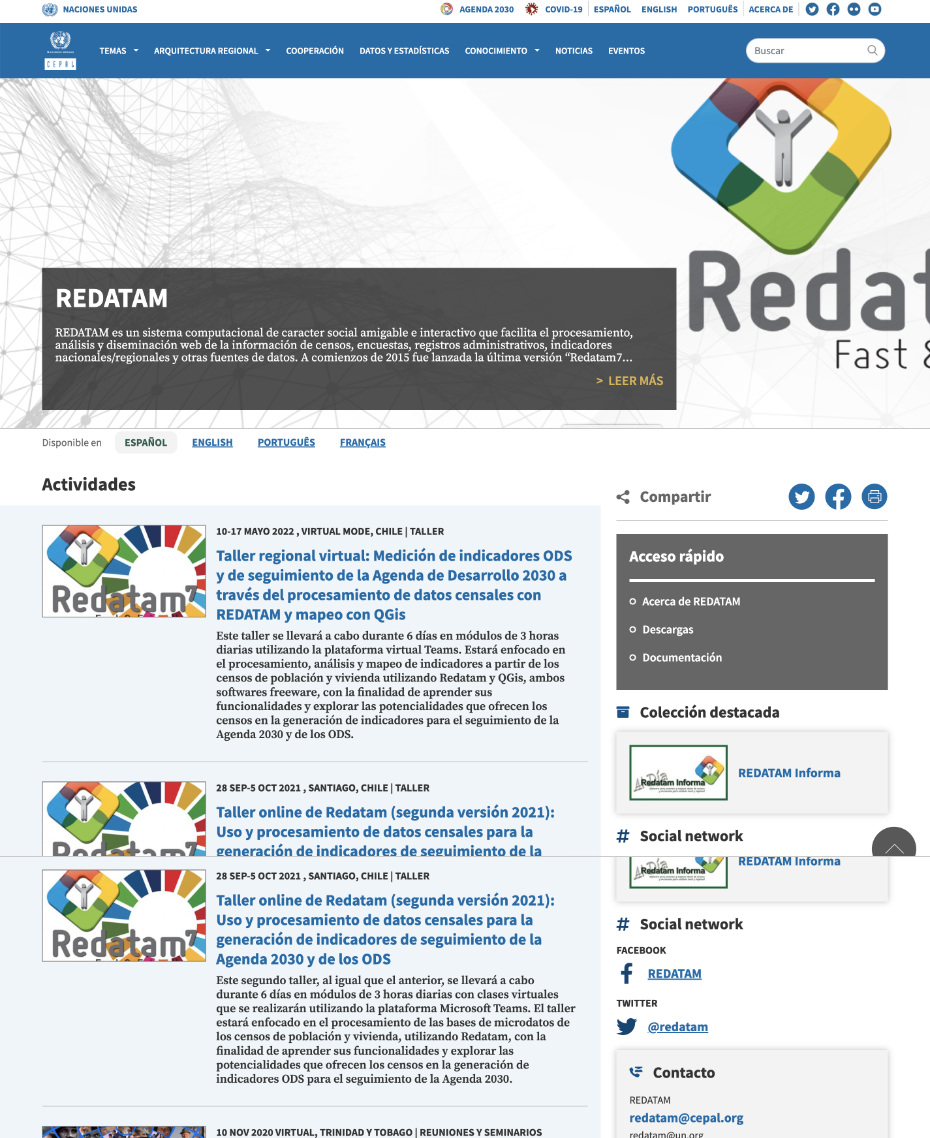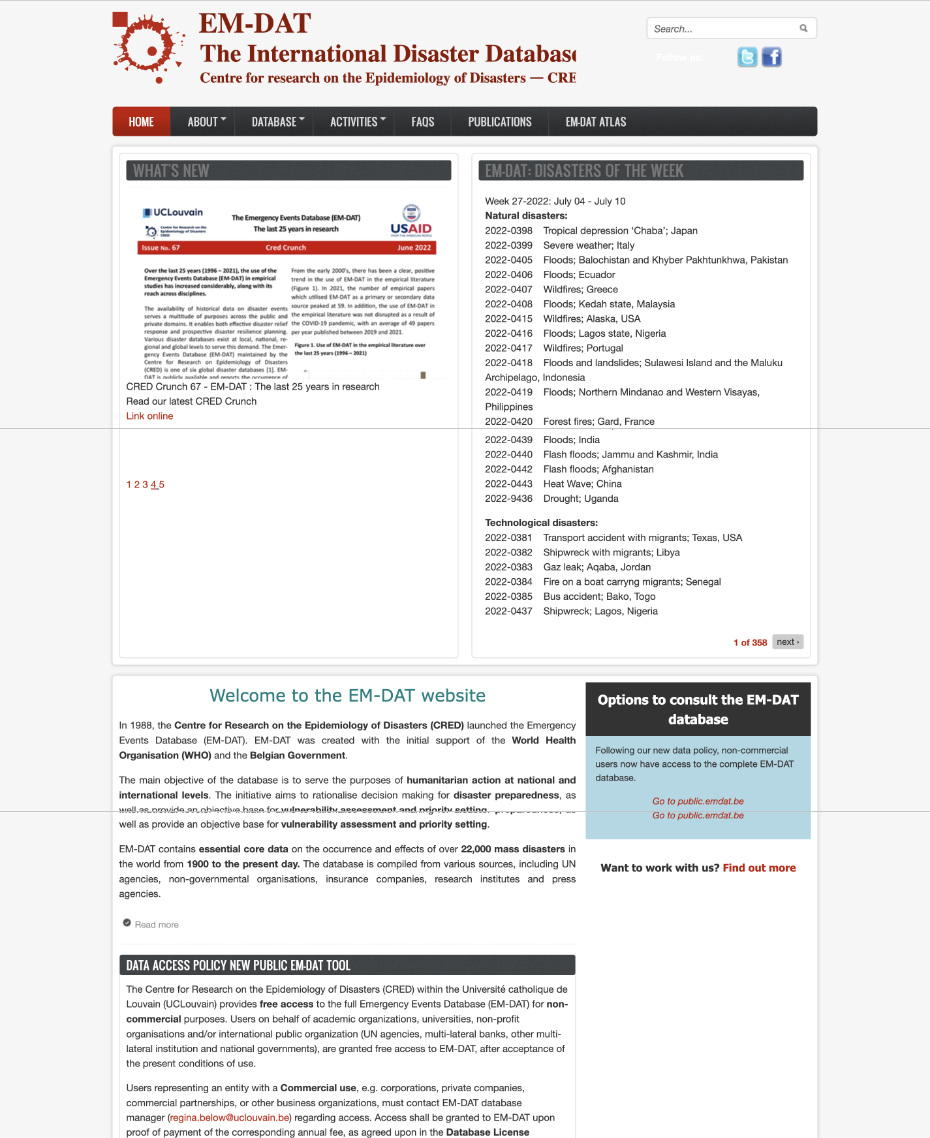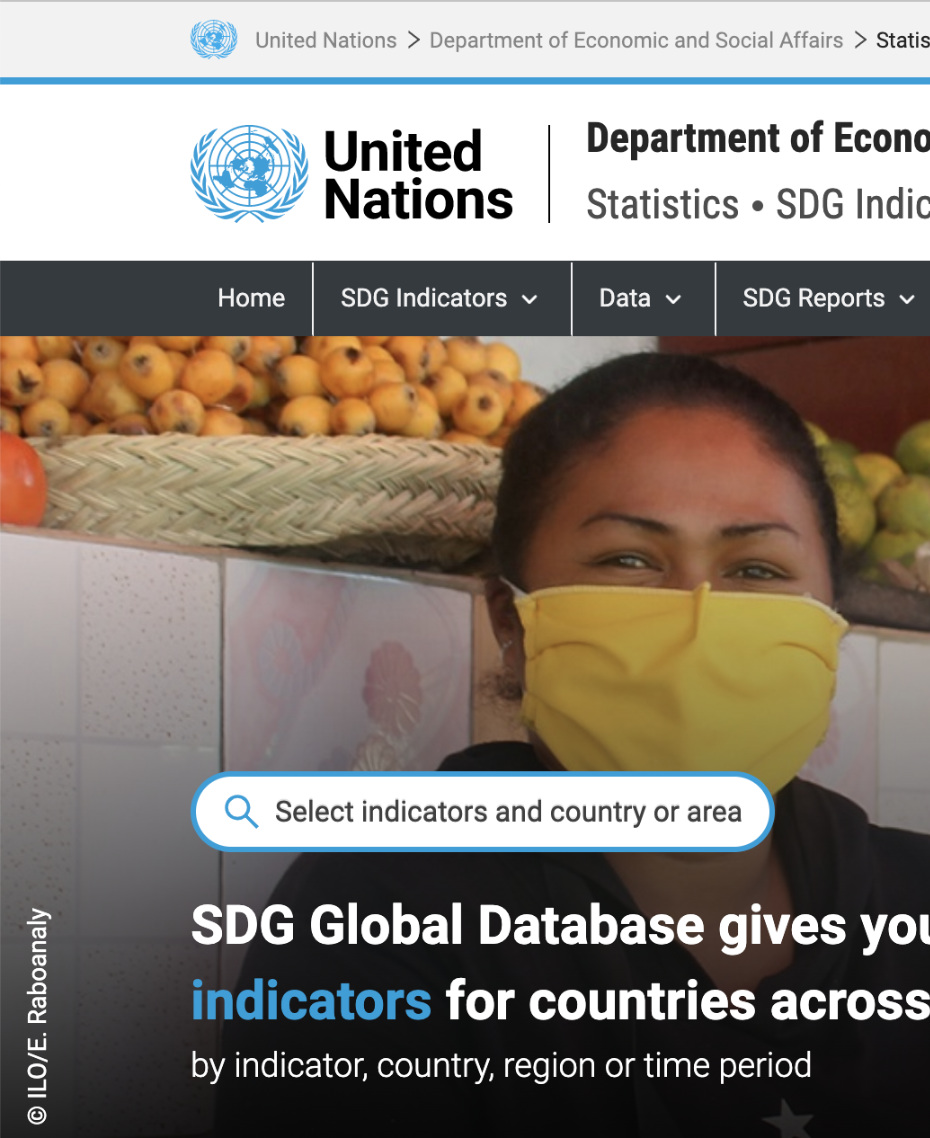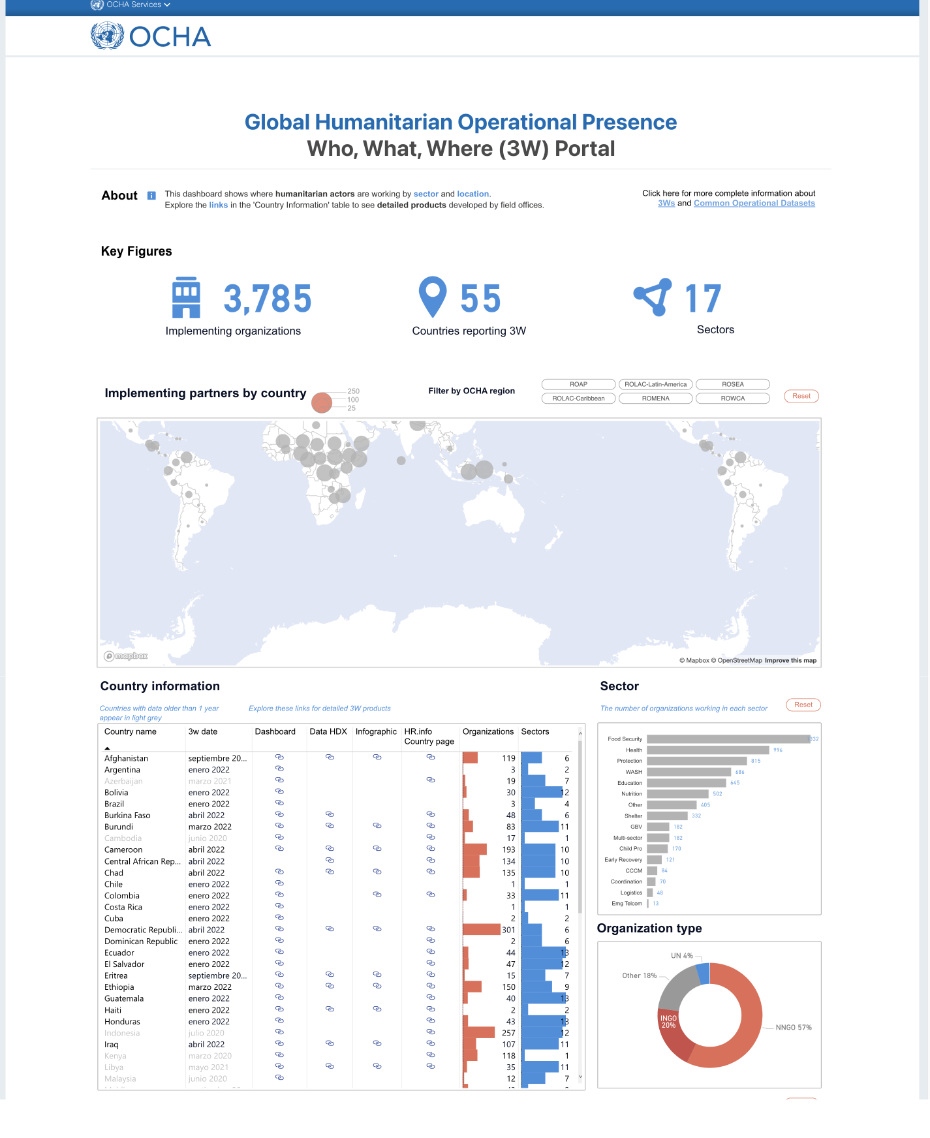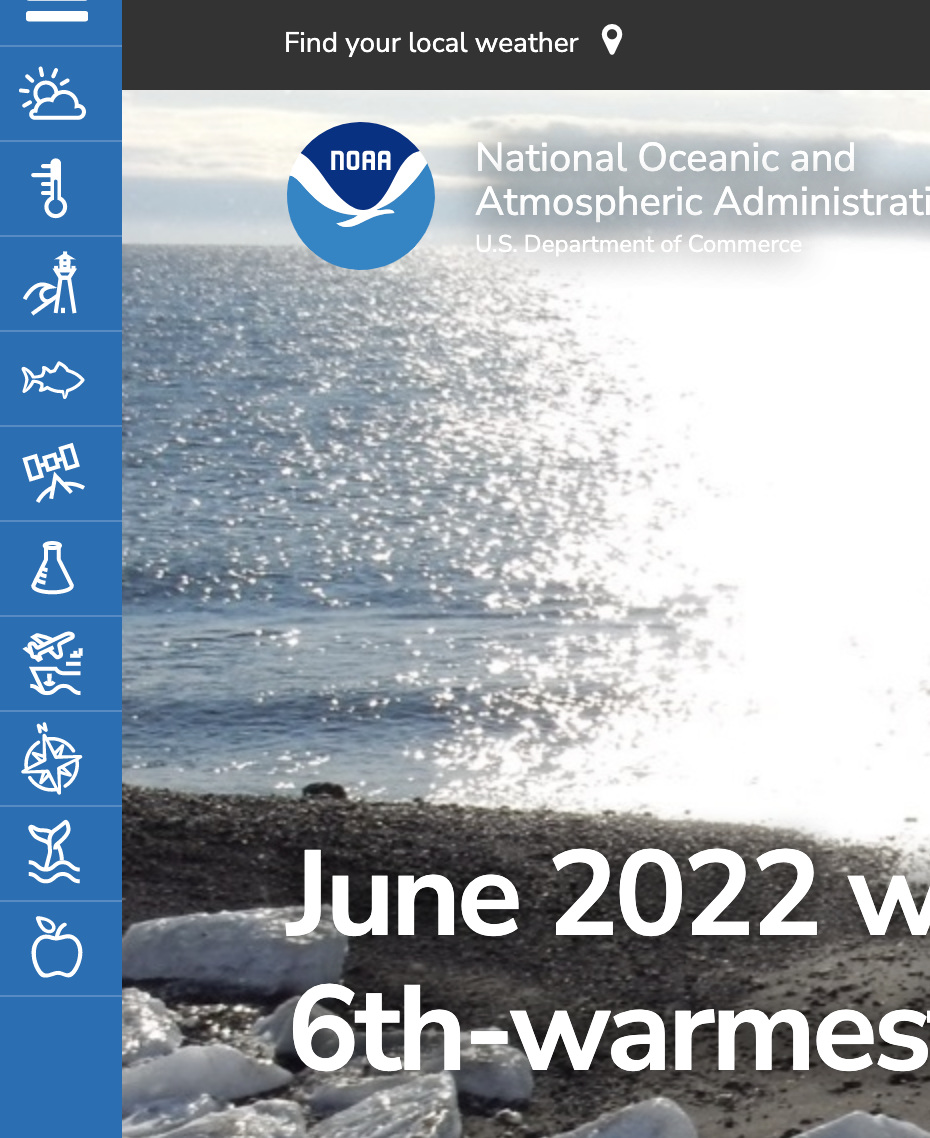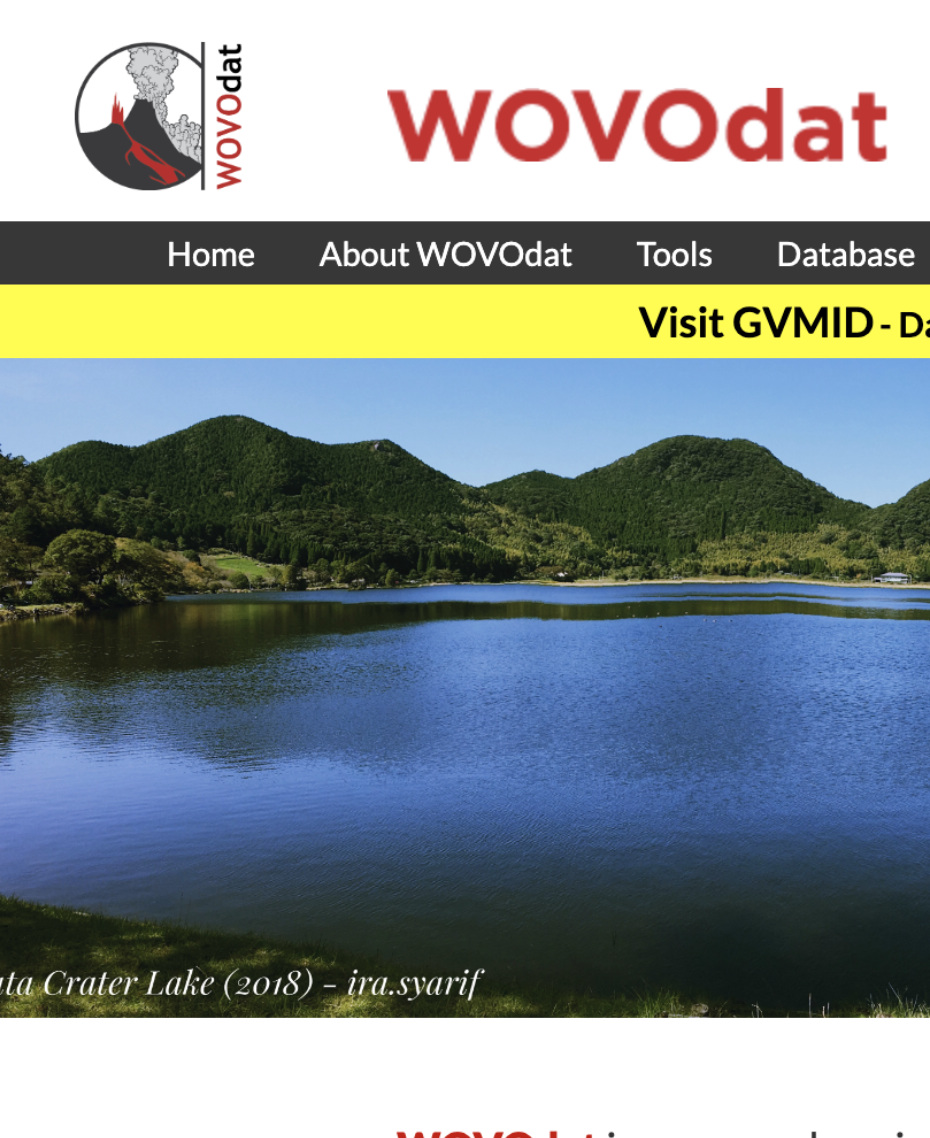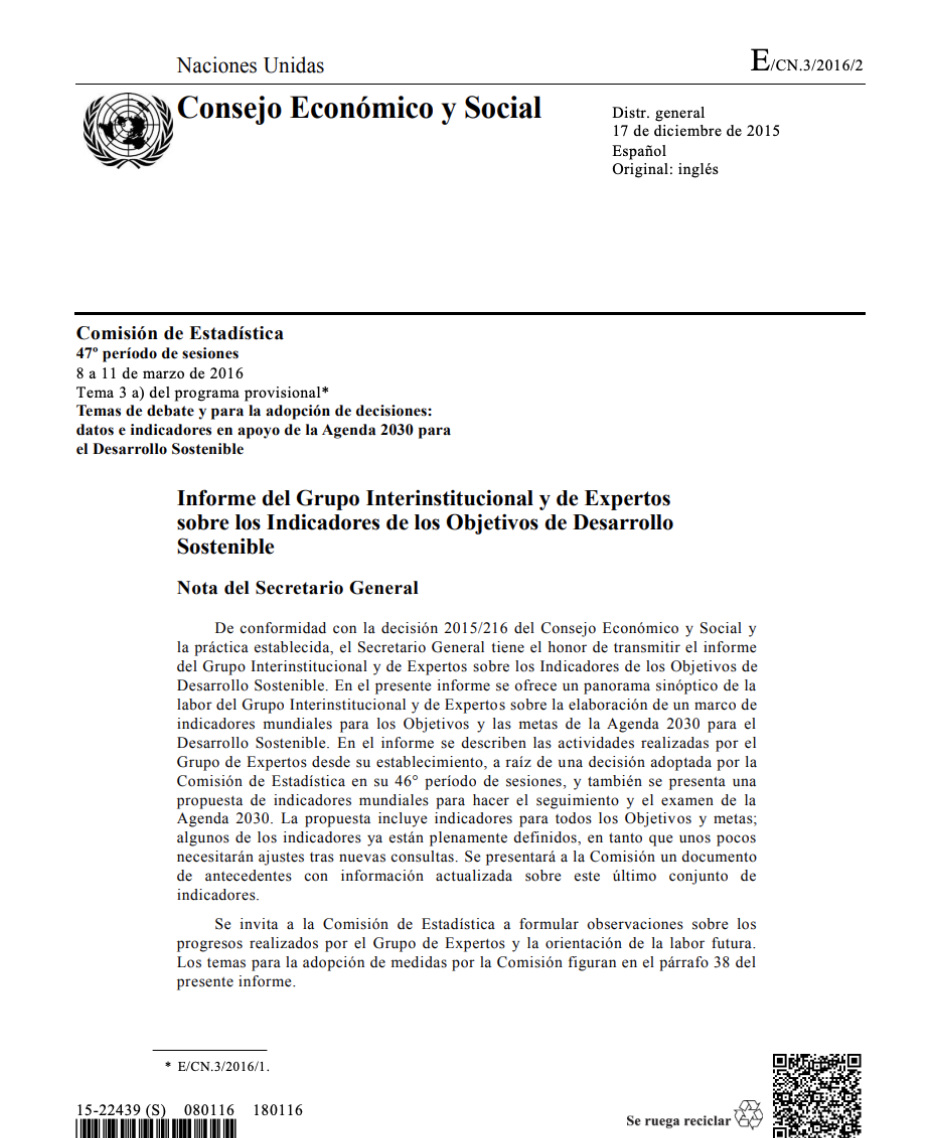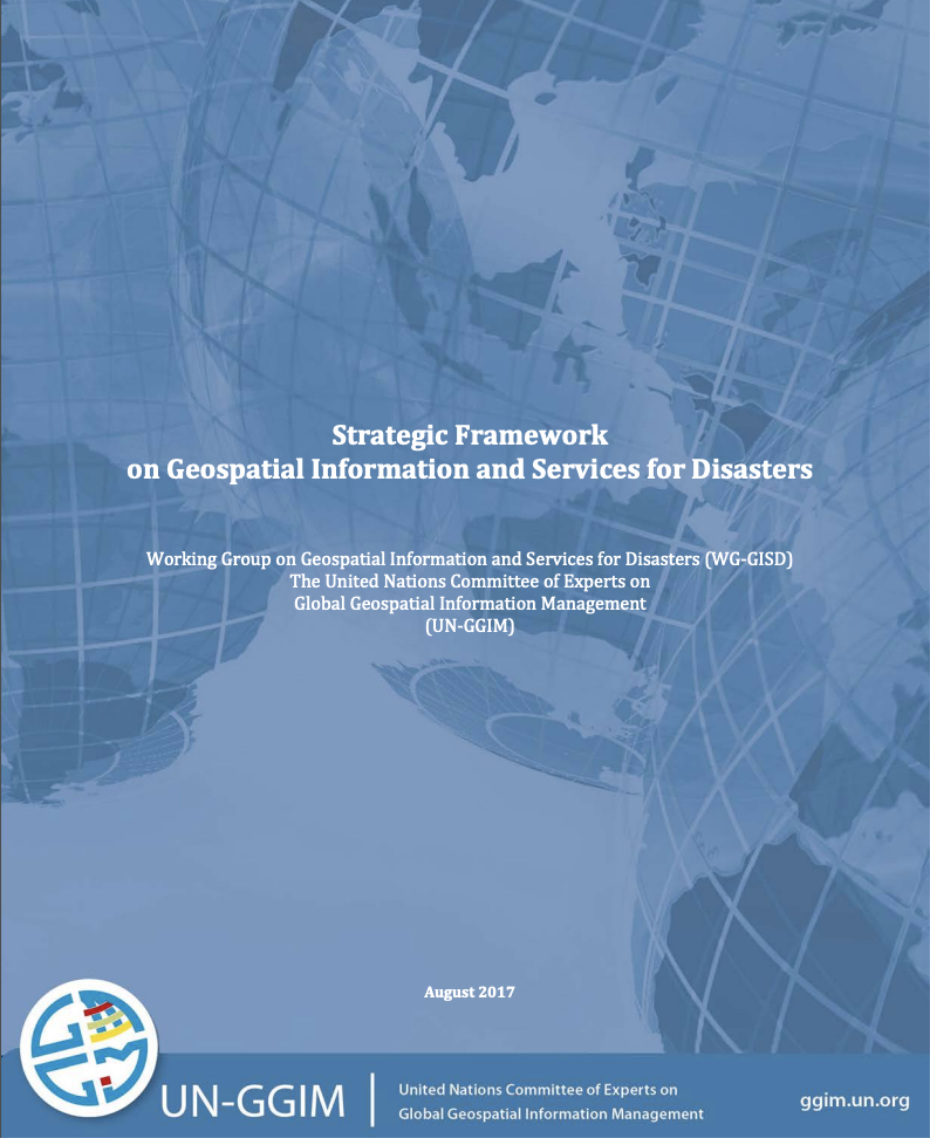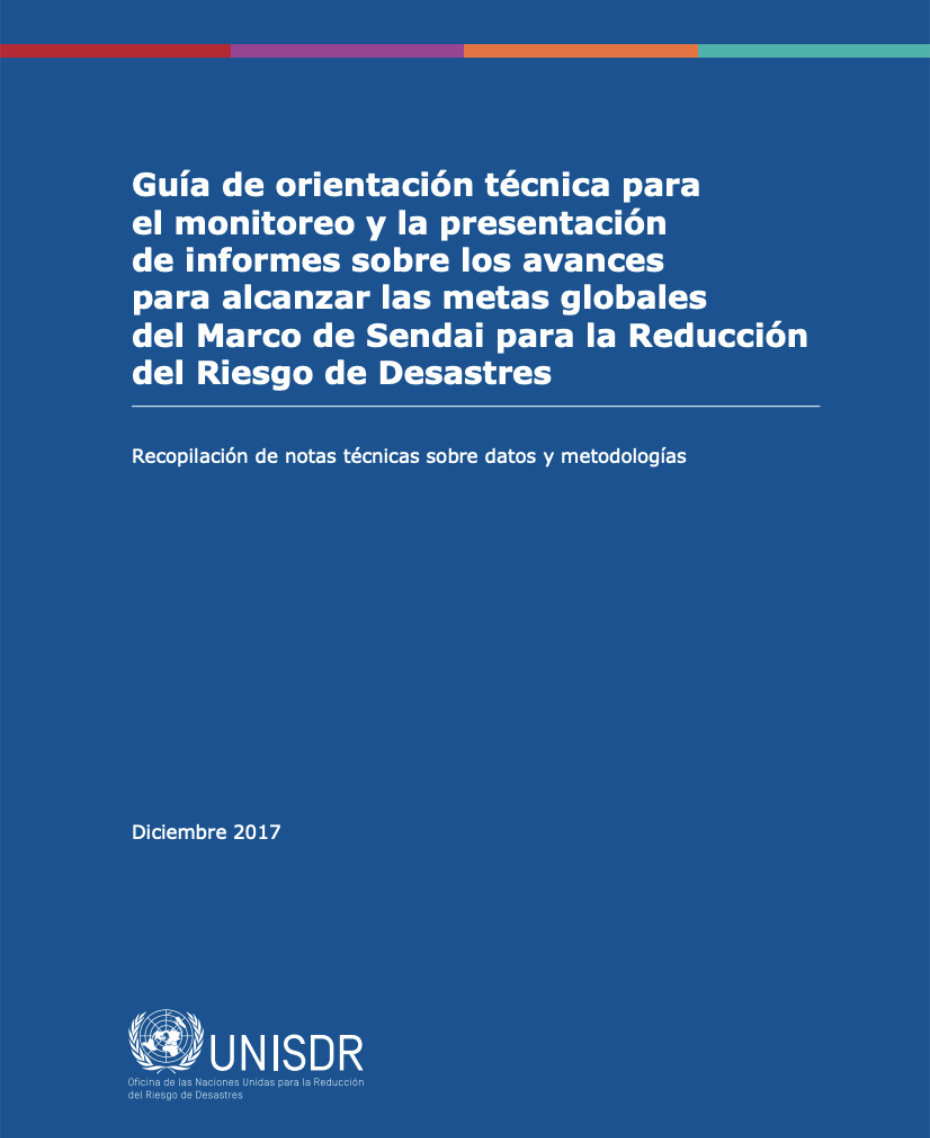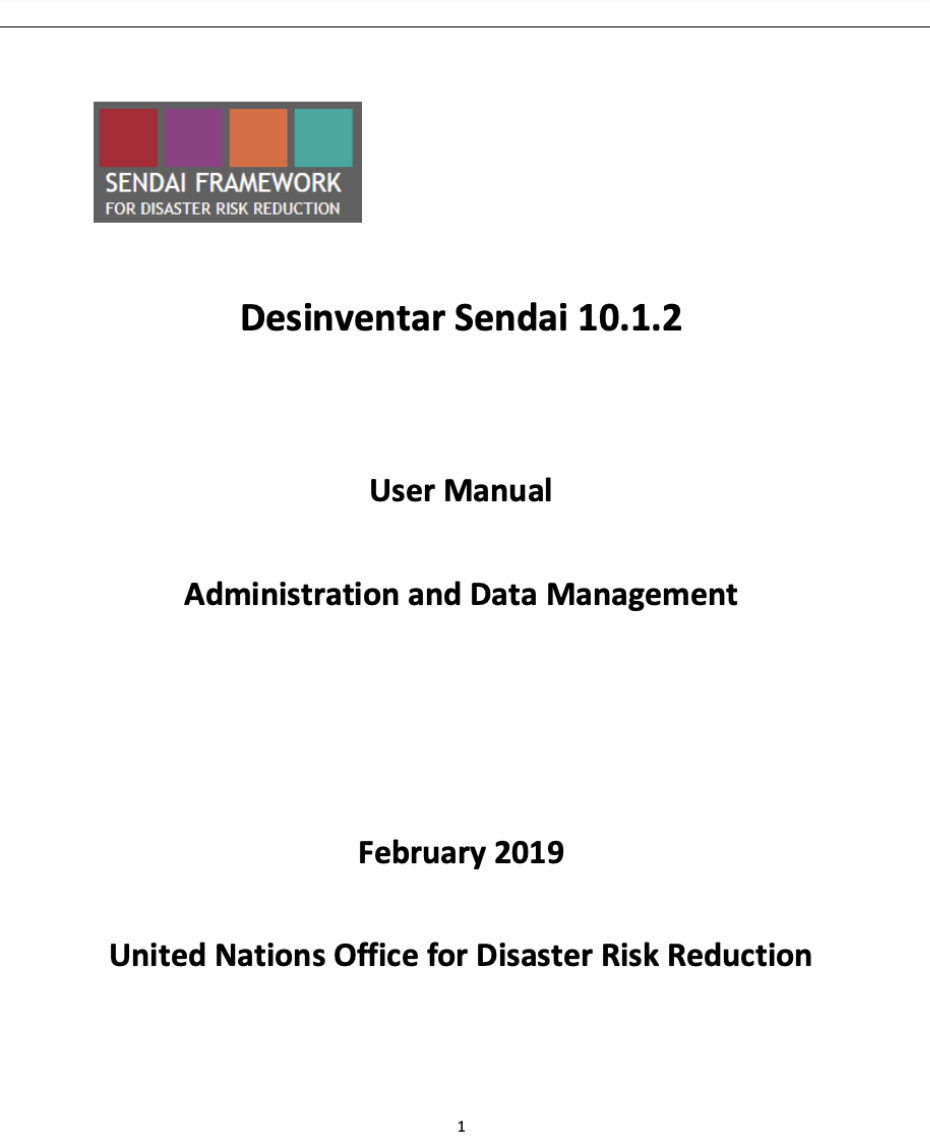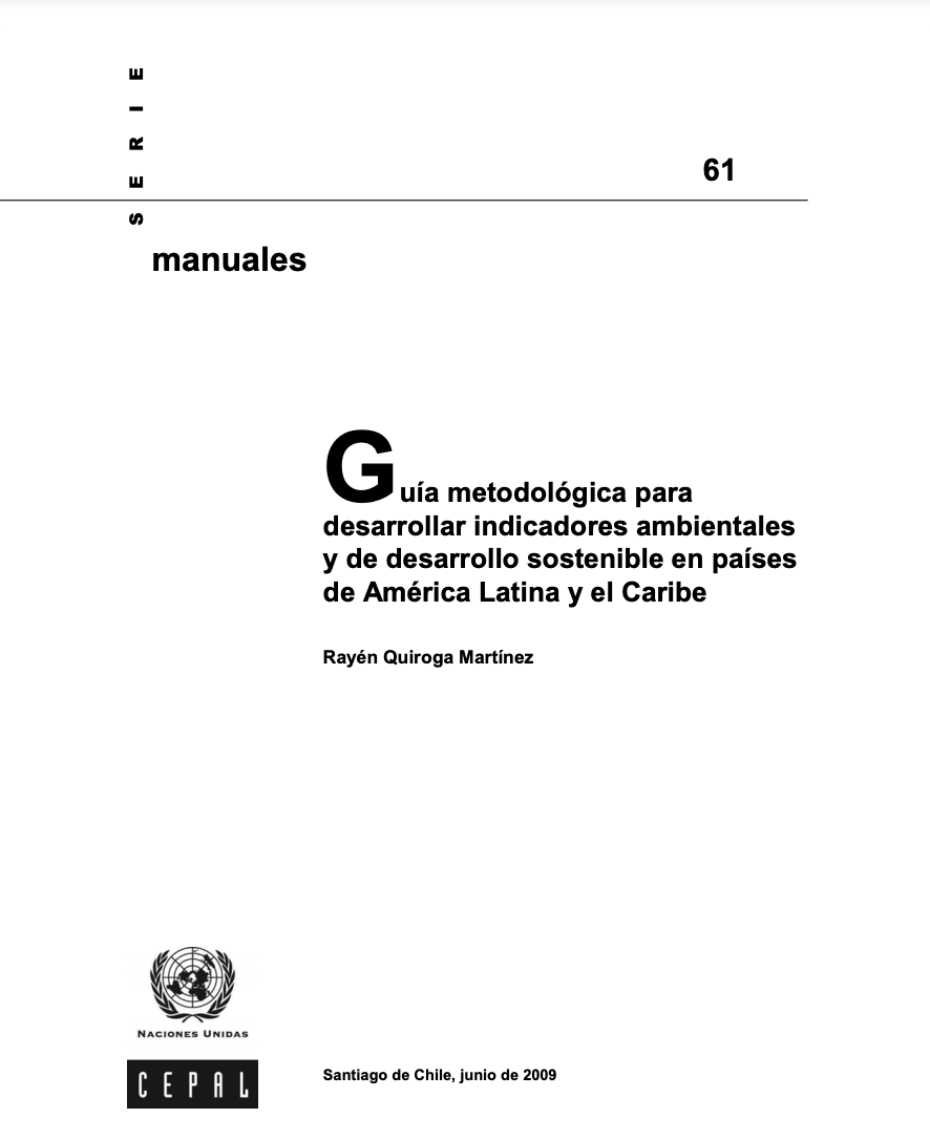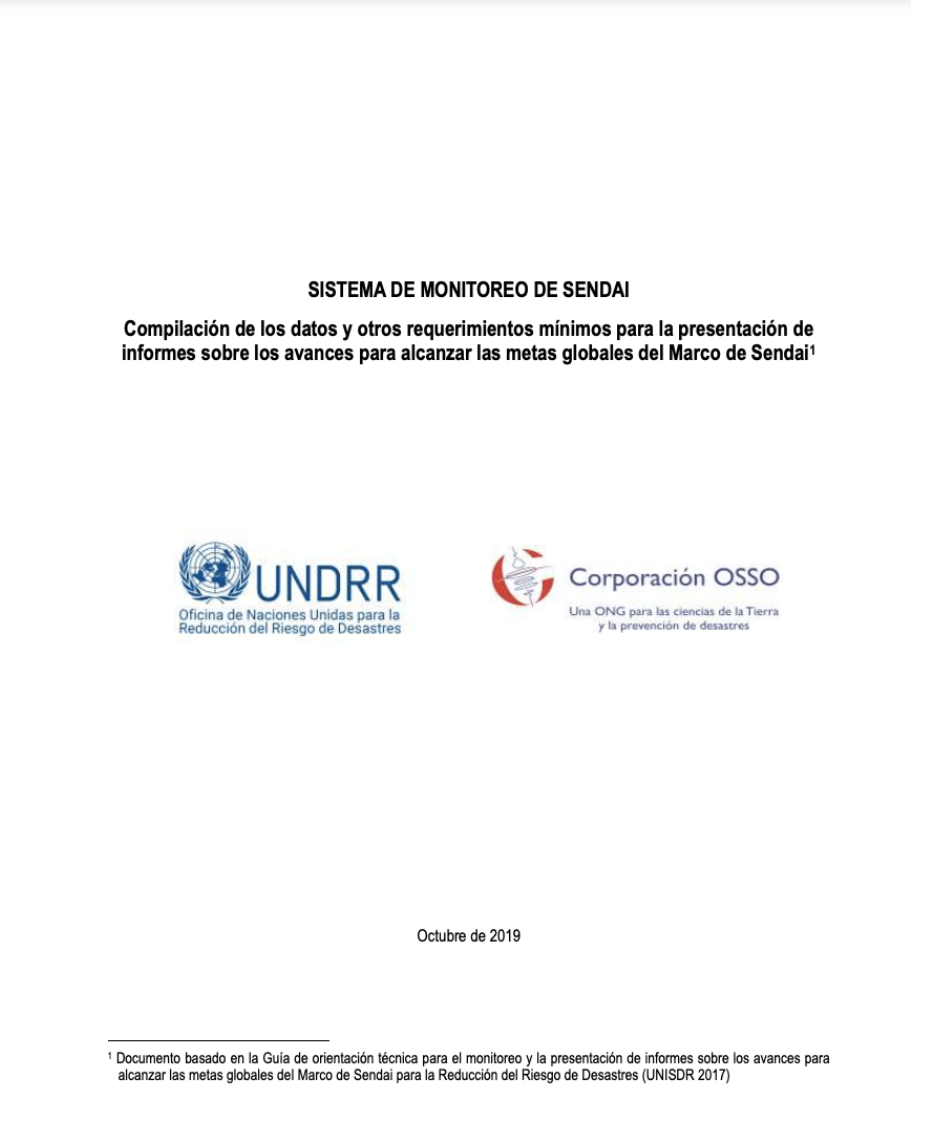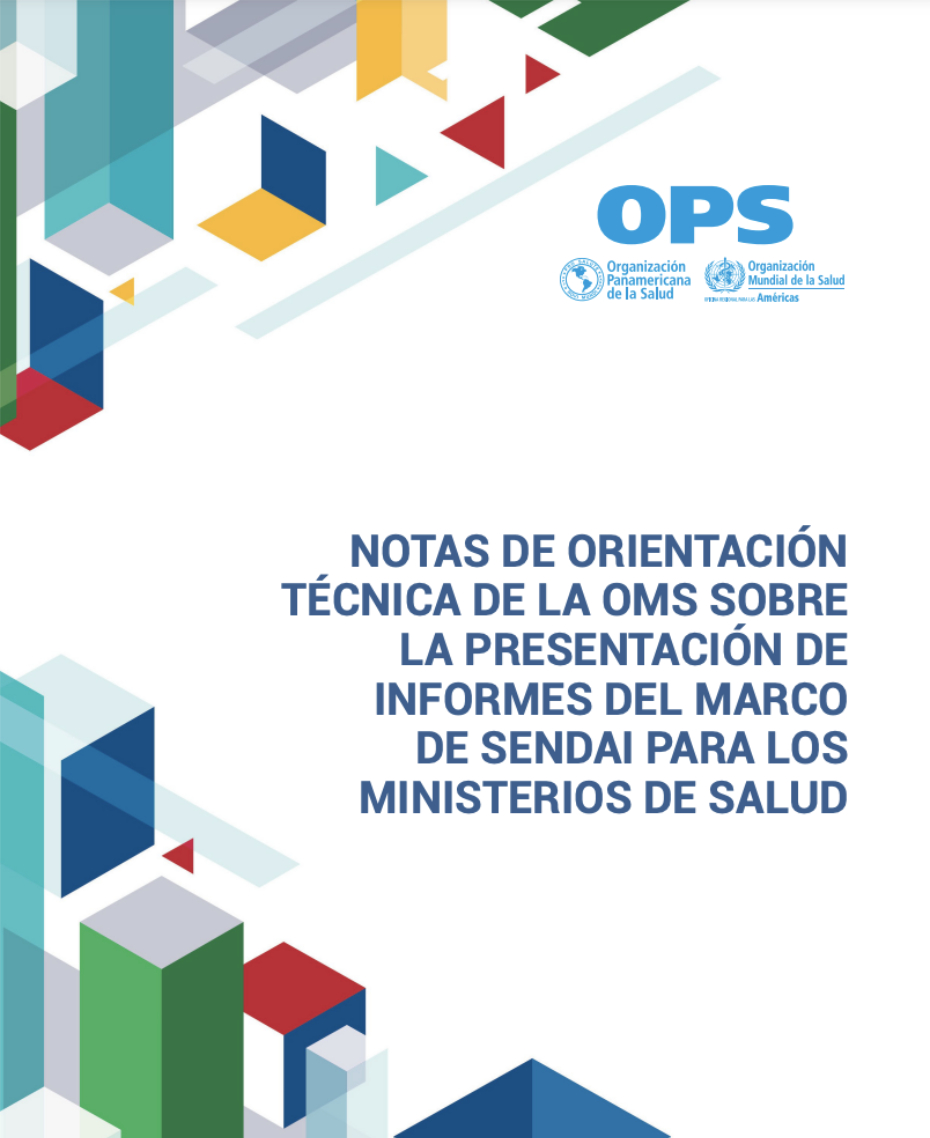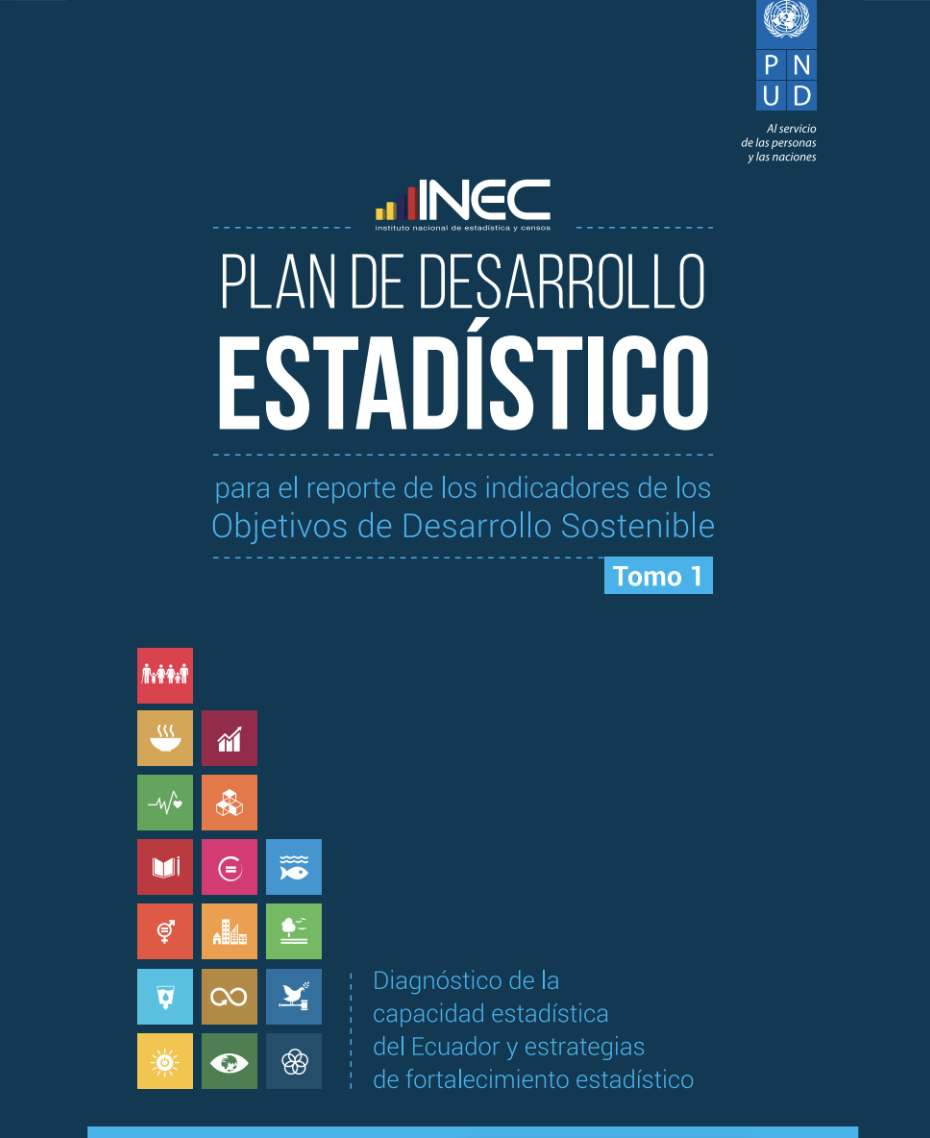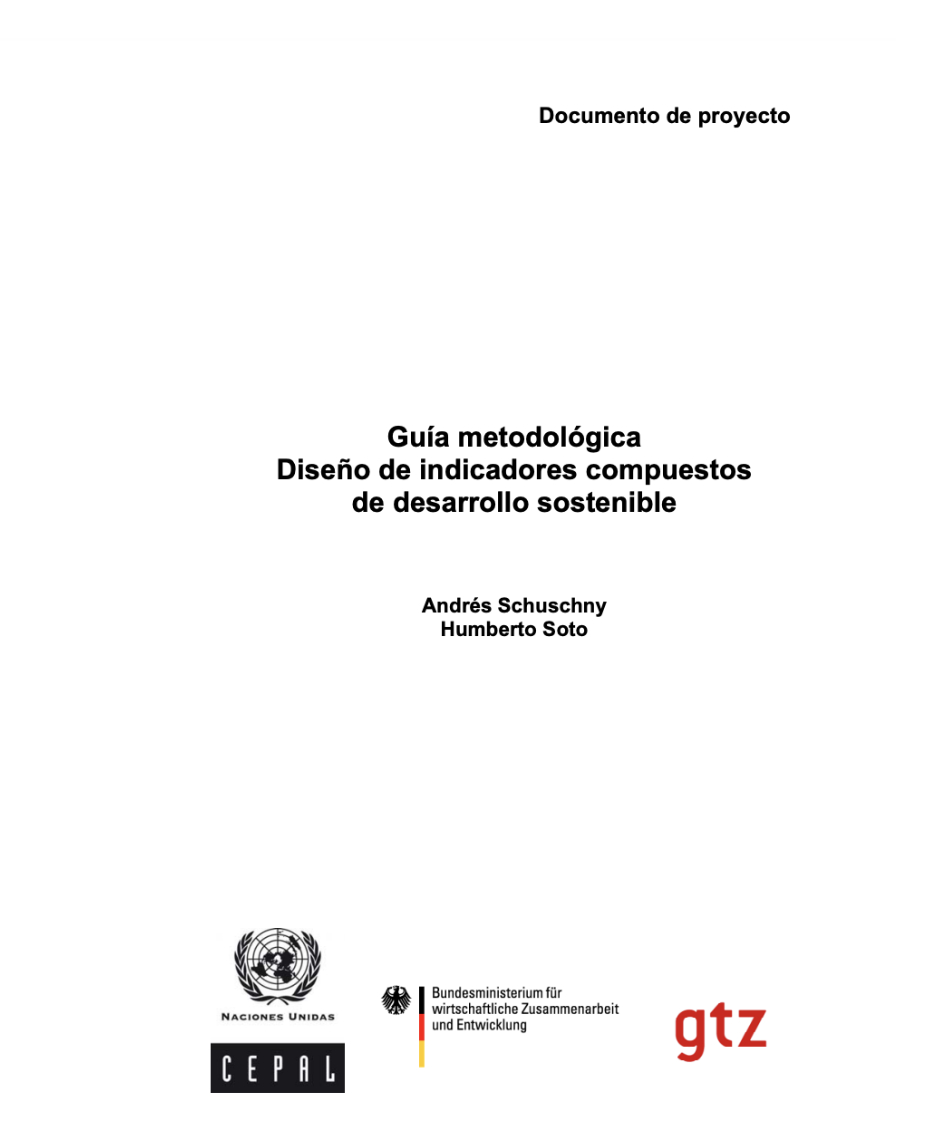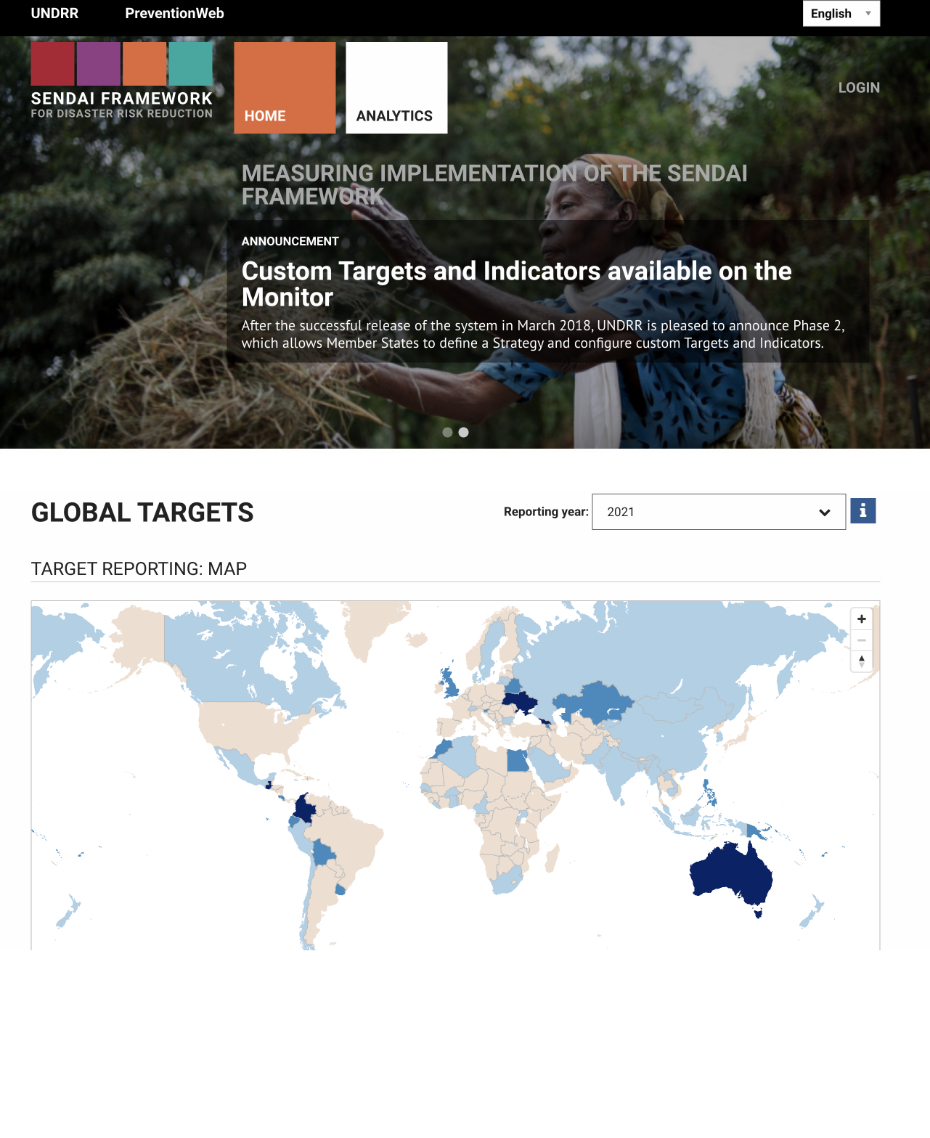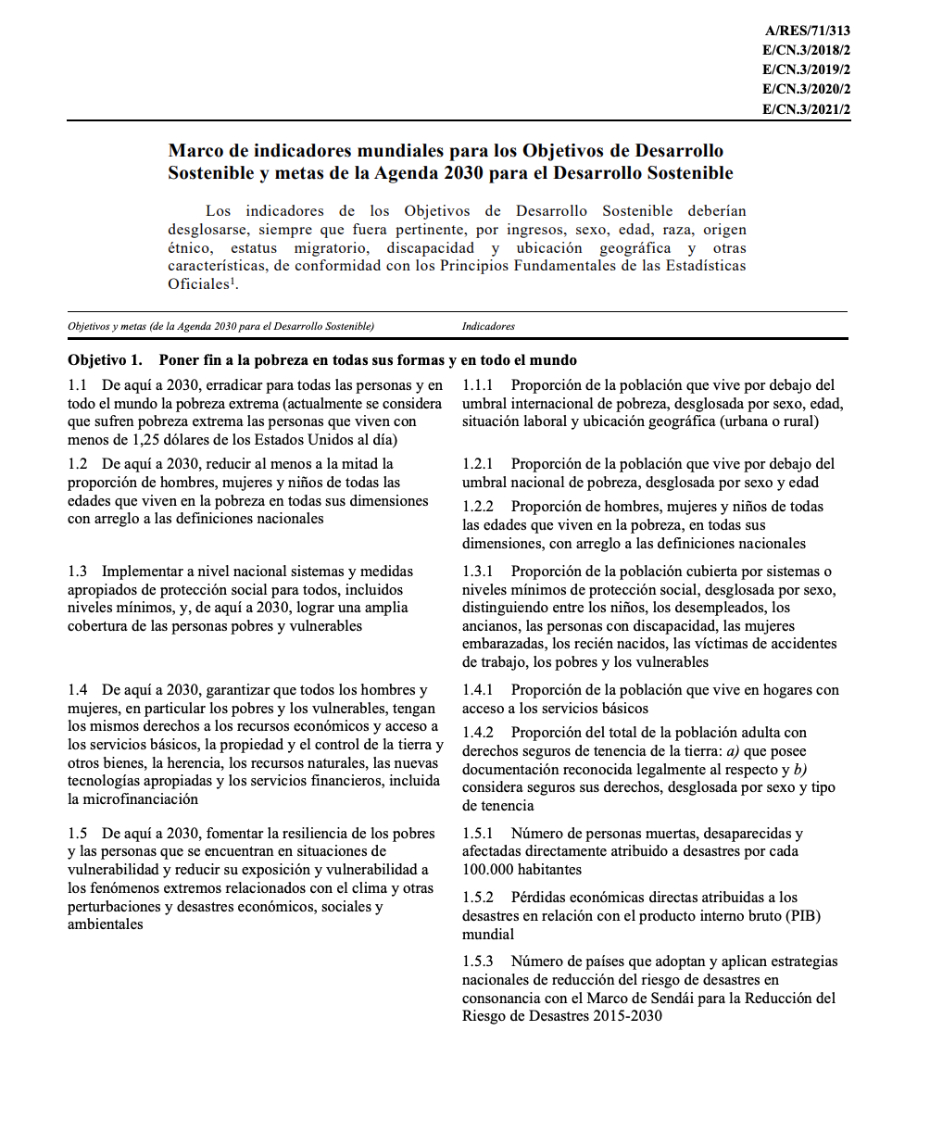Methodological references and documents
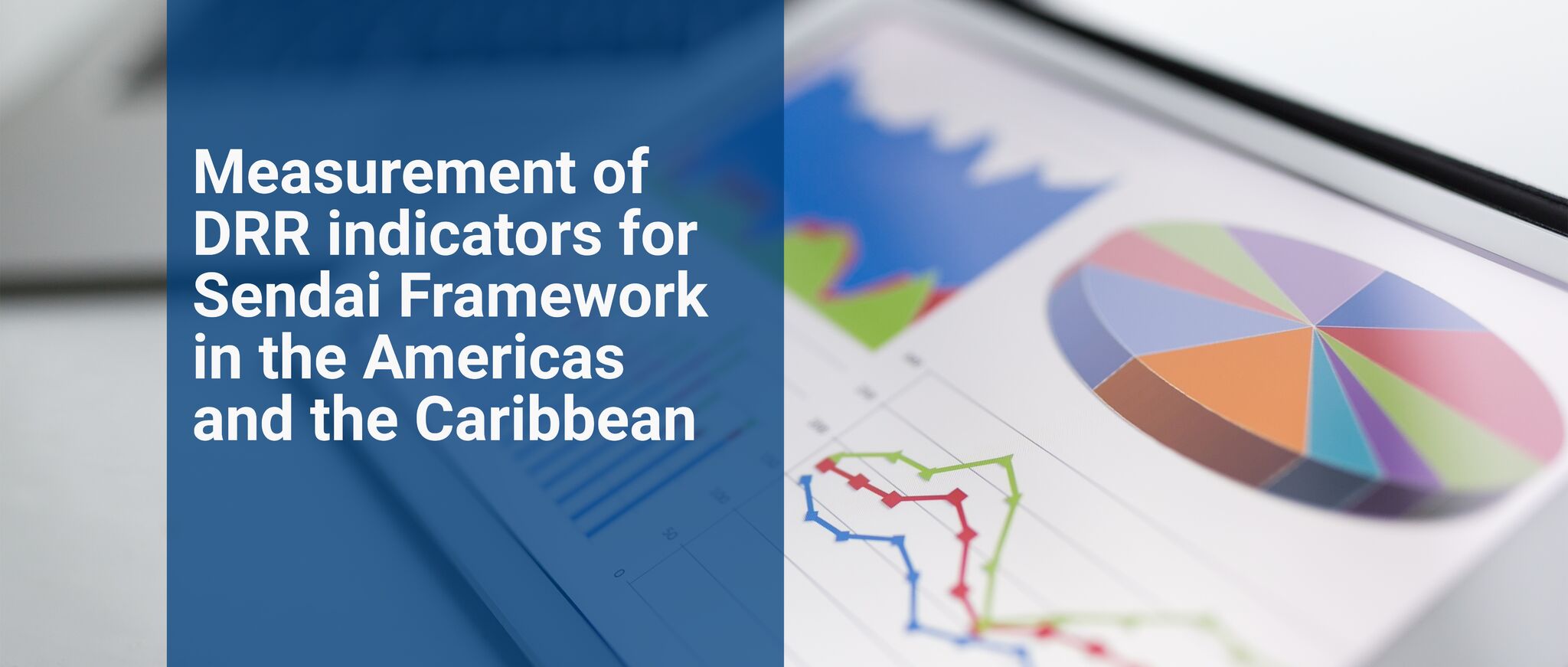
Methodological references
and documents
___________
The institutional and methodological proposal of the GT-DRR is based on a series of six steps that can contribute to the estimation of the 38 indicators of the Sendai Framework and the 11 SDG indicators related to disasters. This proposal is a contribution to efforts carried out at the global level by the Interinstitutional and Expert Group on Statistics Related to Disasters and to other global and regional initiatives related to disaster risk statistics.
The institutional recommendations show a series of relevant global, regional and national documents, tools and instruments, aimed at strengthening knowledge and statistical criteria for improving the quality and processing of useful data for the calculation and estimation of indicators. of the Sendai Framework.
Disaster risk managers and those responsible for collecting information for the estimation of Sendai Framework indicators are expected to find it useful.
STEP 1: INSTITUTIONAL AGREEMENTS
FOR THE STATISTICAL
WORK OF THE DATA
___________
These are coordination mechanisms (interinstitutional and intersectoral) in which the disaster risk management offices and the national statistics offices play a particularly important role in creating a collaboration framework to sustain quality processes.
Knowledge and the existence of the different agreements or institutional arrangements are crucial to guarantee the management of the data necessary to obtain the indicators. In this sense, it is important to know the existence of institutional structures defined by national policies or legal instruments, agreements, conventions or other coordination mechanisms that allow multi-actor and multi-sector work.
STEP 2: APPROVAL OF
CONCEPTS AND TERMS
APPLIED TO DISASTER RISK
___________
This is the review and verification of concepts and terms related to disaster risk reduction. This step is essential when undertaking the process of building the indicators of the Sendai Framework, since it allows optimizing data management and strengthening the understanding and use of the indicators both for national reports and to contribute to public reduction policies. of the risk.
STEP 3: DIAGNOSIS
OF THE DATA AND
THE NECESSARY INFORMATION
___________
This step refers to the process of evaluating the availability and consistency of the data. It is part of a broad scope of specification of needs and uses tools to locate data from different strategic sources and responsible actors.
The evaluation of the available data is carried out by means of techniques and tools often used in statistical processes and includes aspects such as: availability, quality, updating, sources, types of format and verified metadata.
STEP 4: CLASSIFICATION
AND APPROVAL OF USEFUL DATA
___________
This step addresses the set of categories that are assigned to one or more variables recorded in surveys, statistics and administrative files. It is used in the production and dissemination of statistics (United Nations, 2015a) and part of the design of statistical data management (UNECE, 2016).
This process requires catalogues, classifiers or statistical data formats that allow organizing the data input and output structure according to pre-established categories and codes. The classification and homologation of data related to disaster risks constitutes an important stage of standardization, which avoids differences in the understanding, treatment and results of risk analysis. This will allow a more efficient, uniform and consensual management and a more precise measurement of disaster risk.
STEP 5: DATA MANAGEMENT
FOR ITS COLLECTION AND USE
___________
This step constitutes a pillar of statistics management and refers to the definition of instruments to retrieve and take advantage of material from different sources or records, in order to create different databases that will later be processed to generate indicators related to the Sendai frame. As sources, others can be added that generate disaggregated records (sectoral agencies, organizations and thematic alliances, such as women, people with disabilities, indigenous people, Afro-descendants, migrants, civil society groups, non-governmental organizations, the academic community, etc.). the private and corporate sector or others generating data focused on historically marginalized populations).
STEP 6: PROCESSING AND
GENERATION OF THE
STATISTICAL INDICATOR
___________
This step refers to two key phases in the generation of indicators: processing and analysis. In the processing phase, the calculations are made and the indicators are obtained. In the analysis phase, the consistency of the data used and the results obtained are evaluated.
To facilitate the processing phase, UNDRR published the Technical Guidance Guide for Monitoring and Reporting on Progress towards Achieving the Global Targets of the Sendai Framework for Disaster Risk Reduction: Compilation of Technical Notes on Data and methodologies (UNDRR, 2017ª. In the analysis phase, in addition to evaluating the consistency of the data and results, the interpretation and explanation of those that are useful for the preparation of the Sendai Framework report are reviewed.
